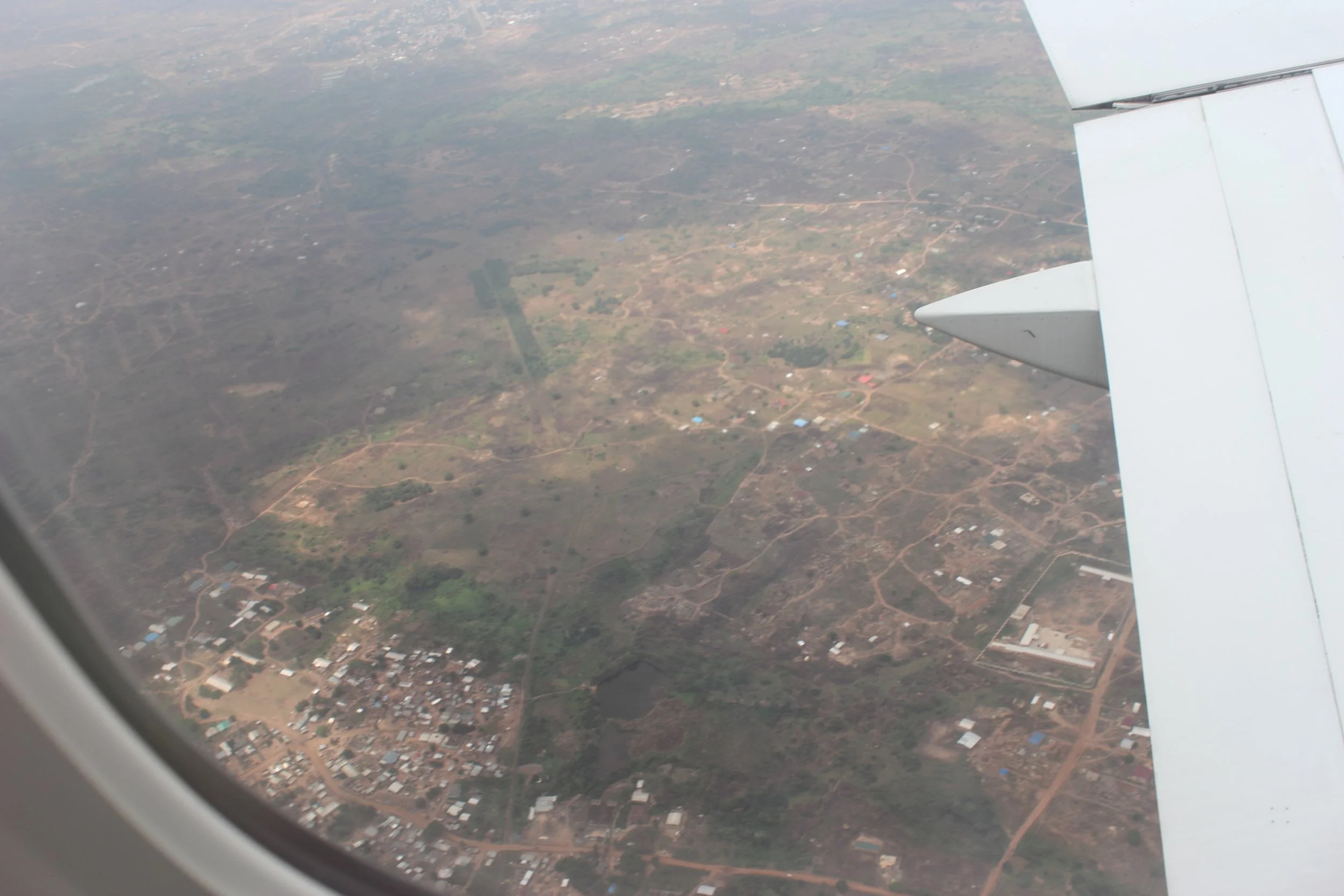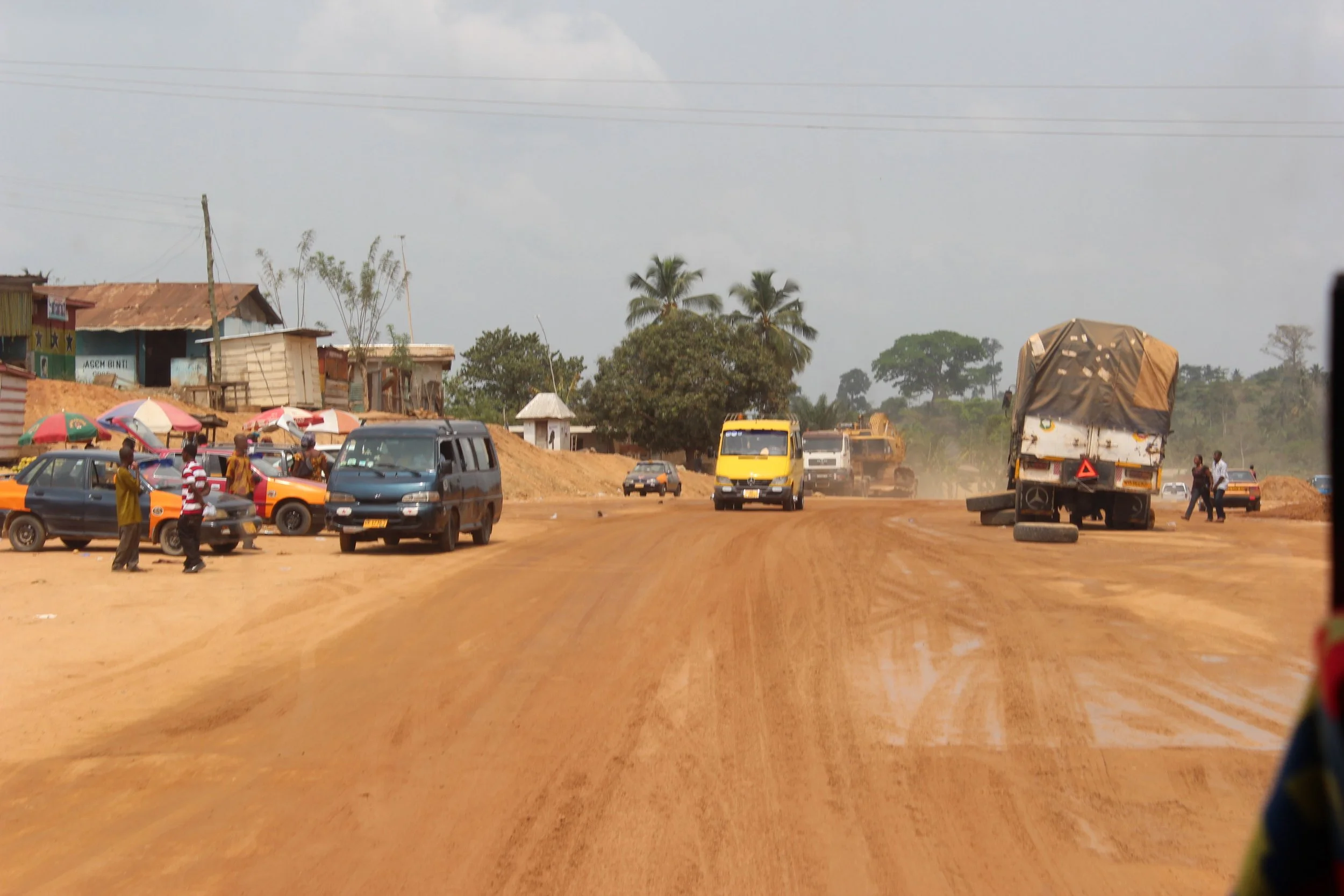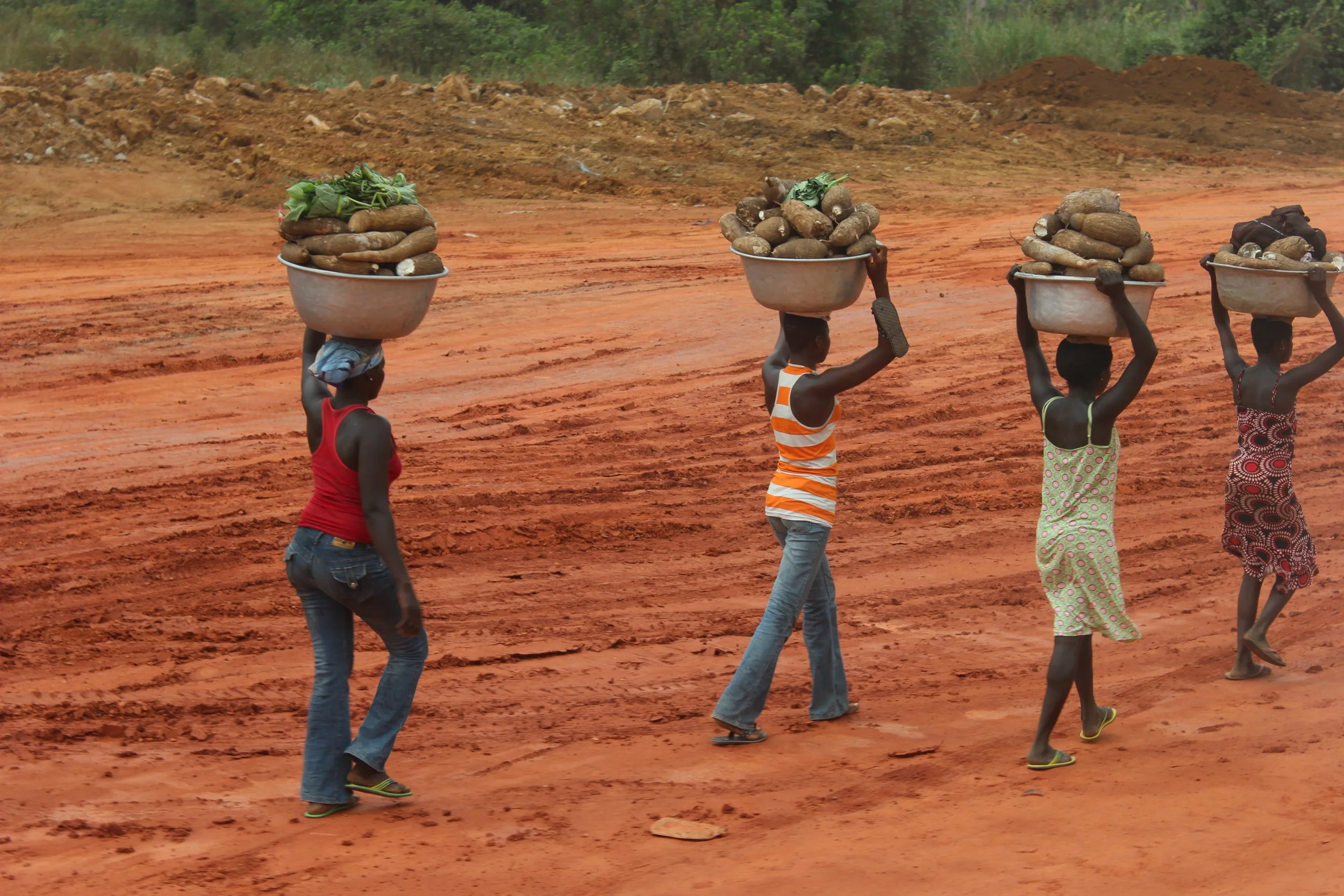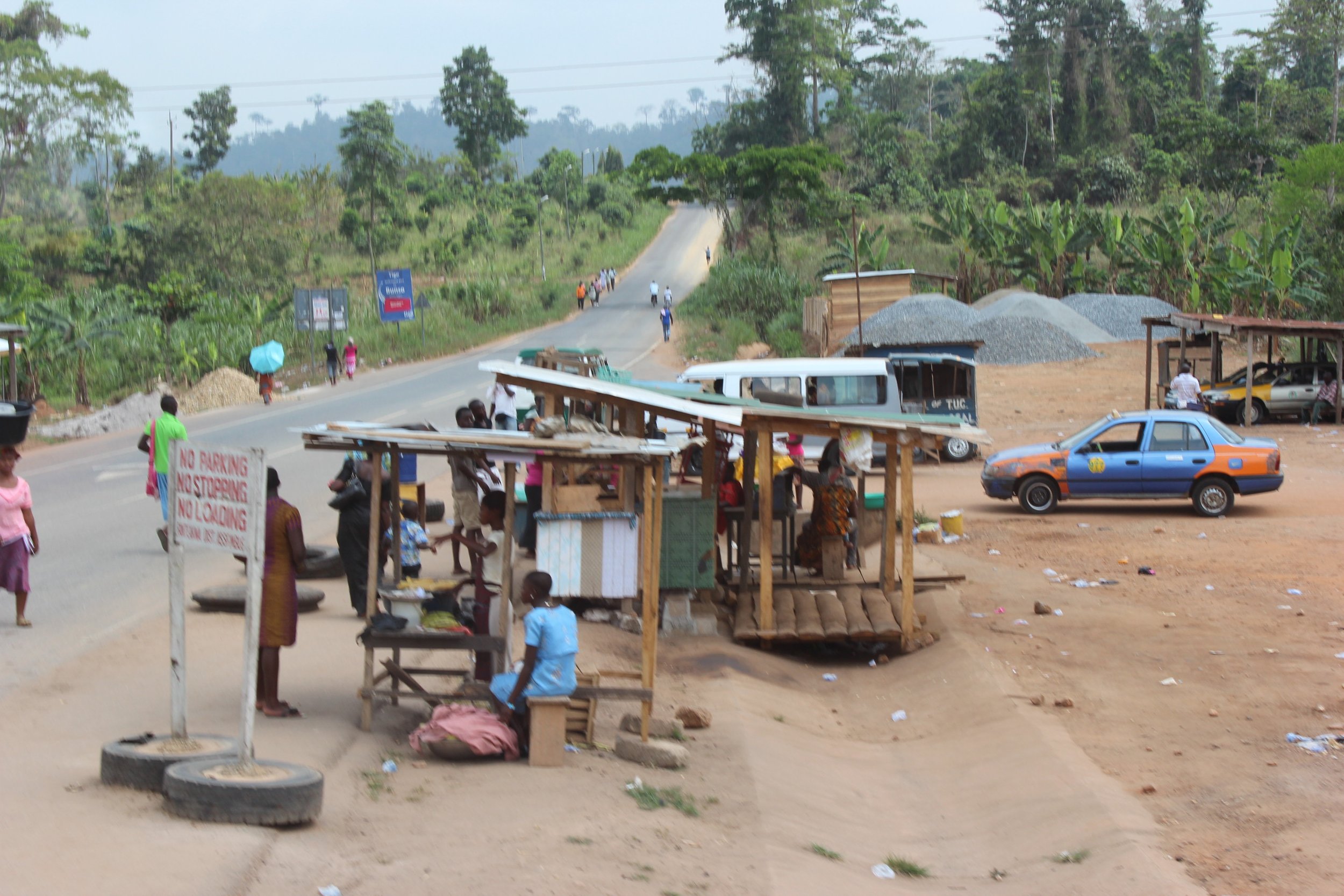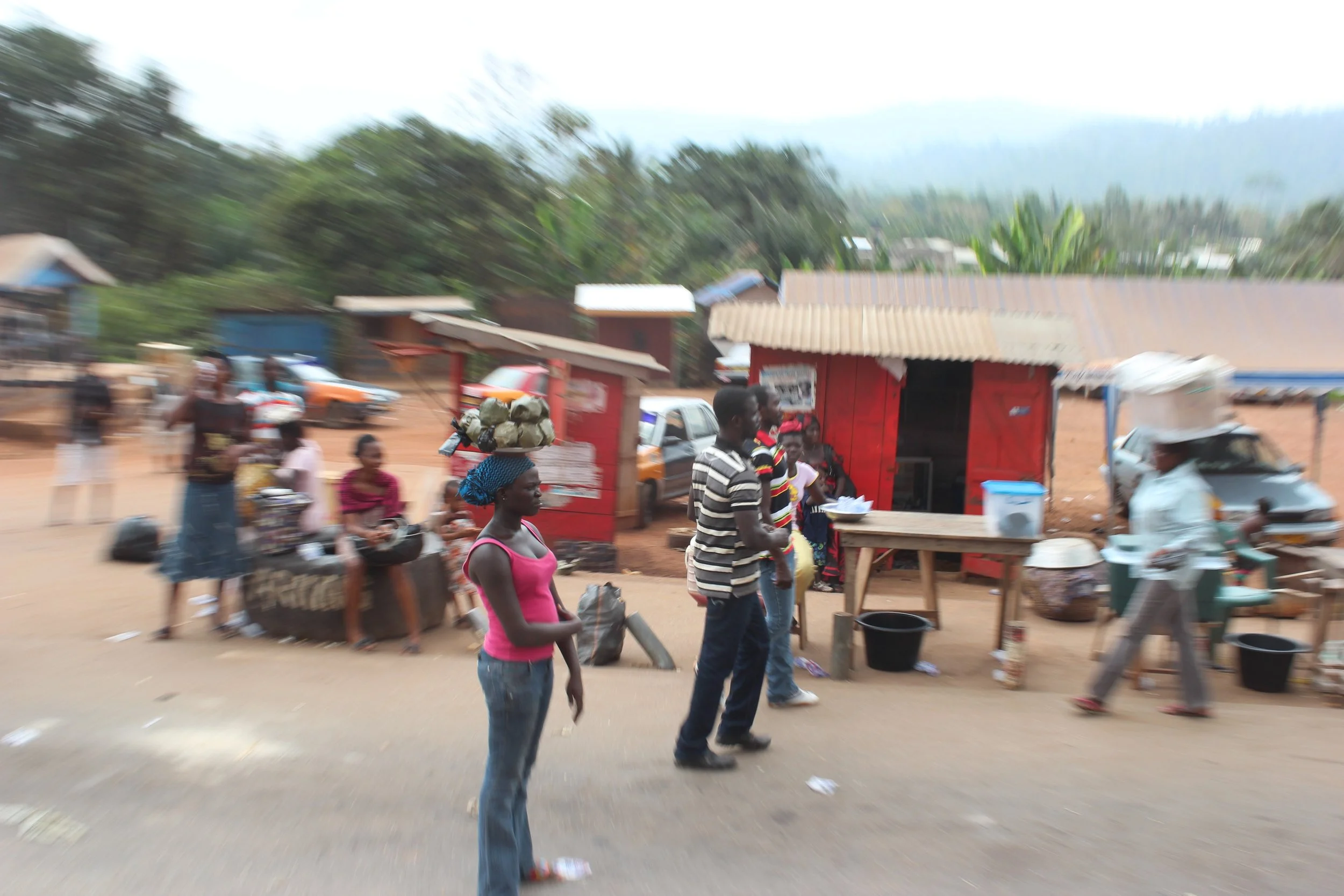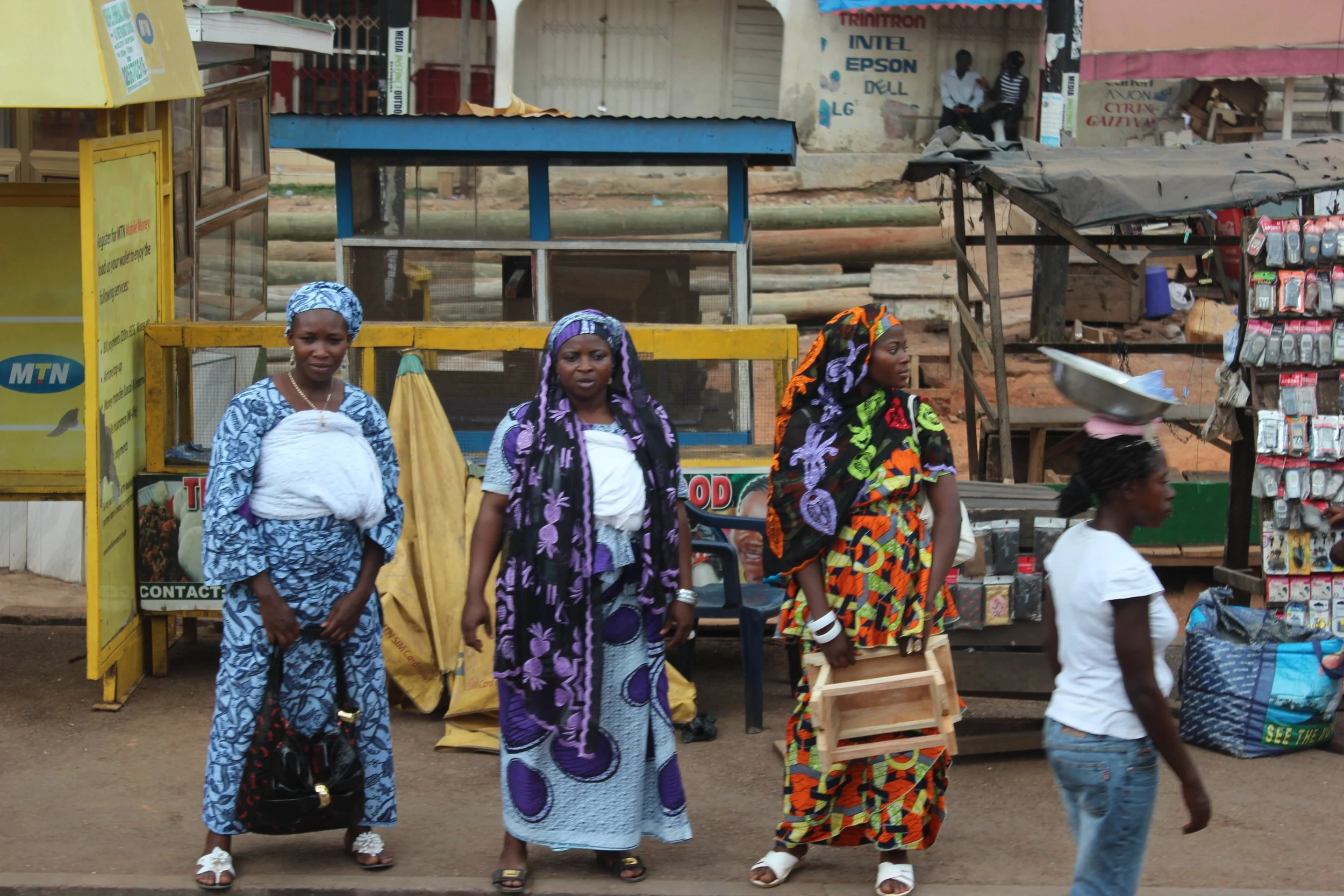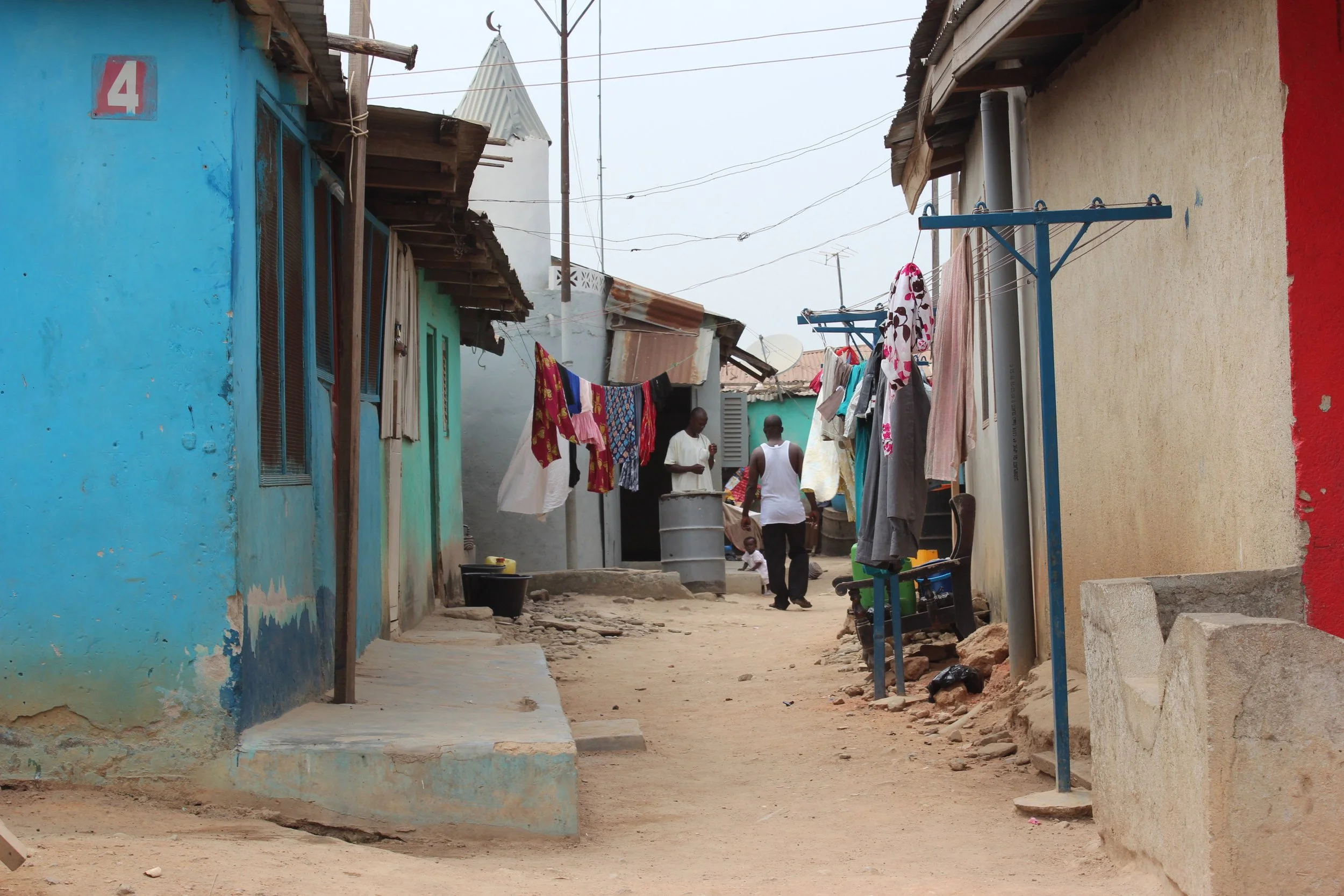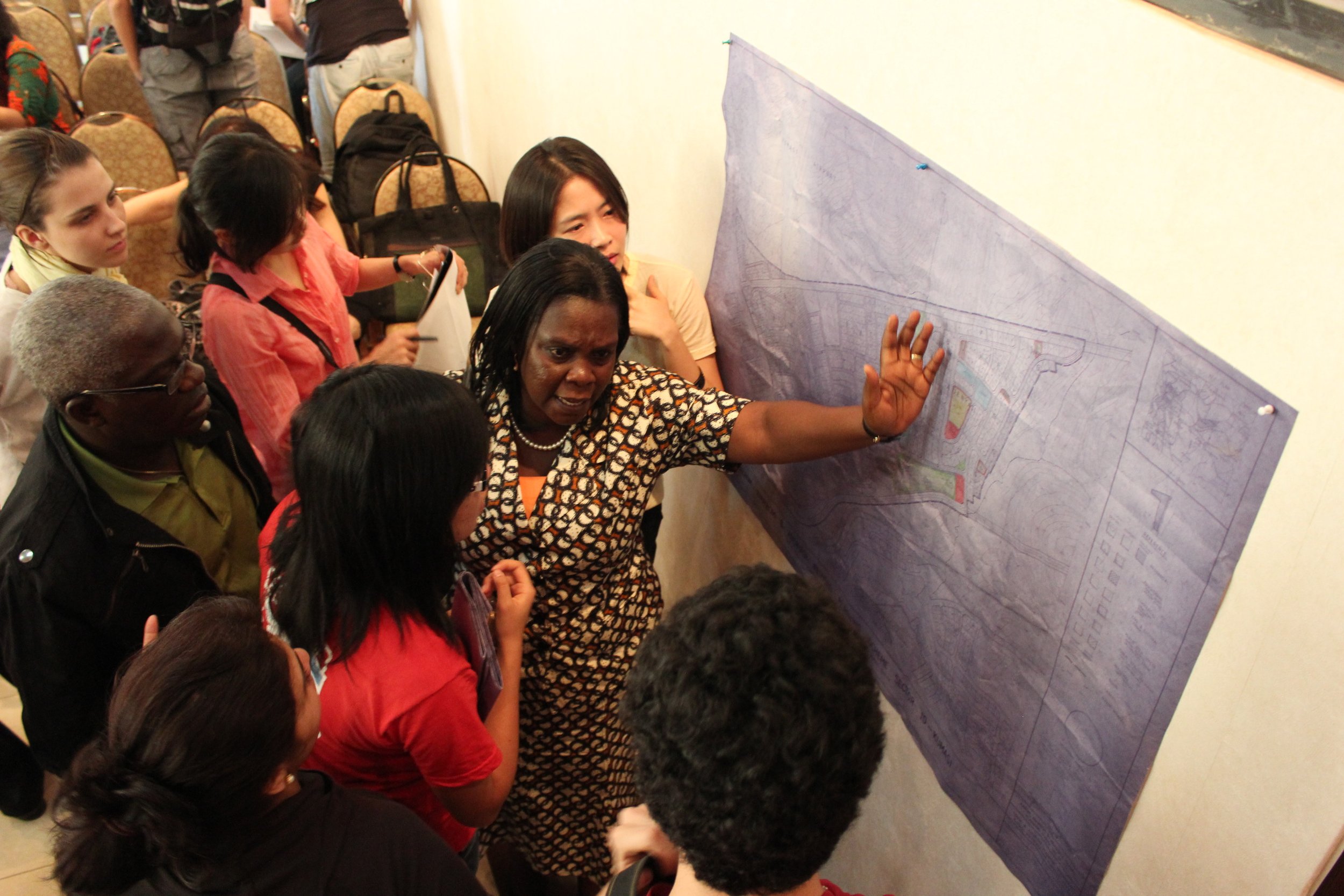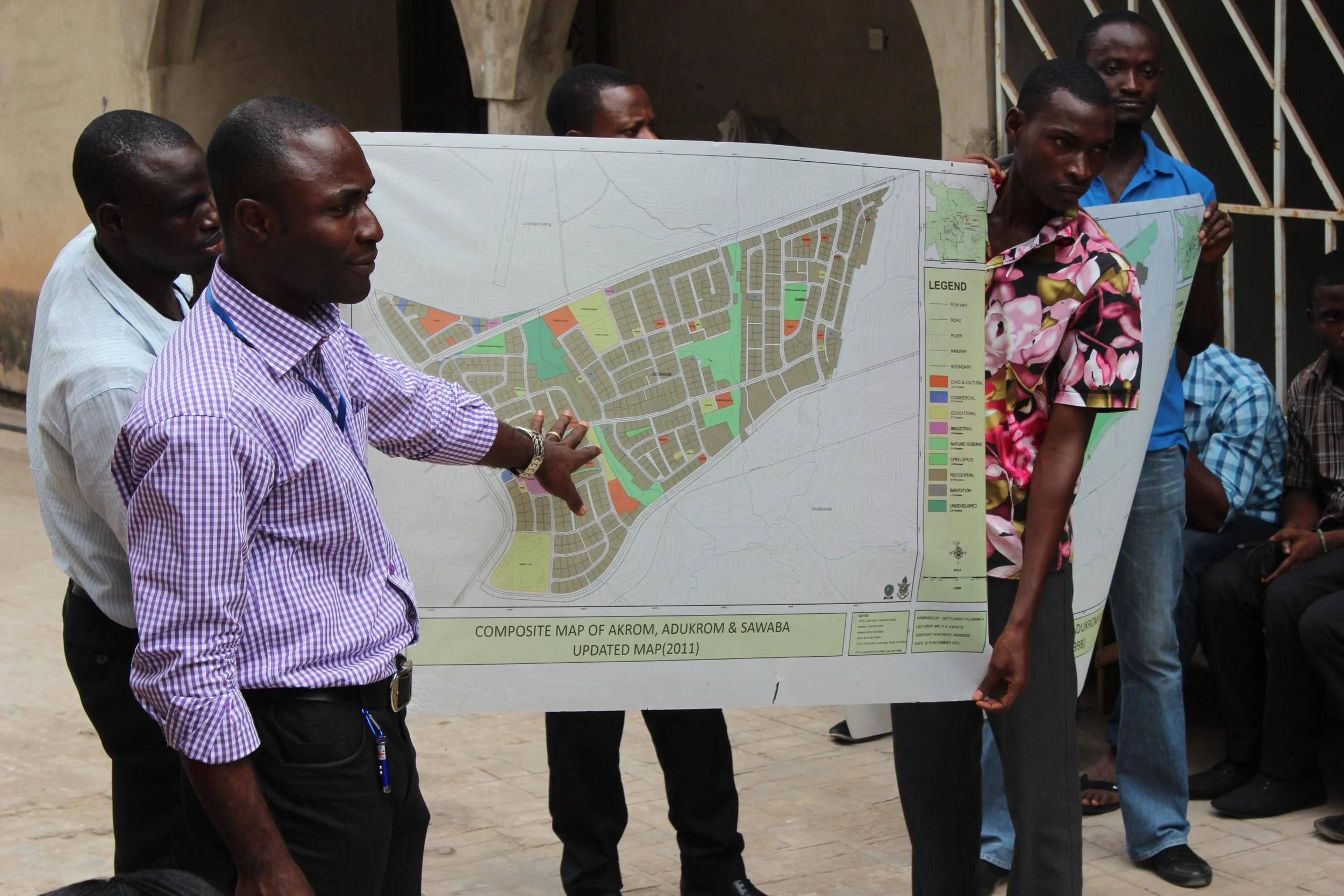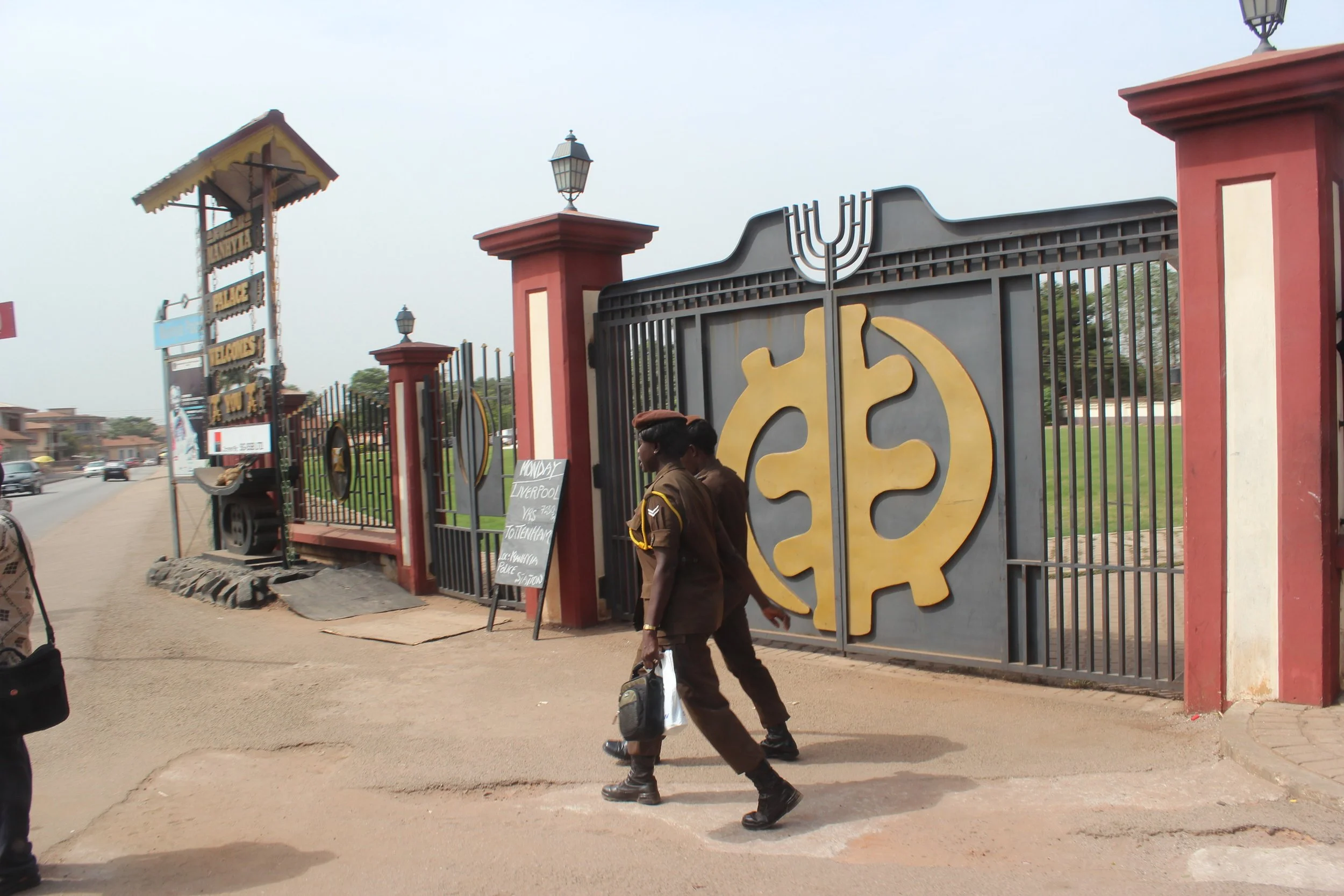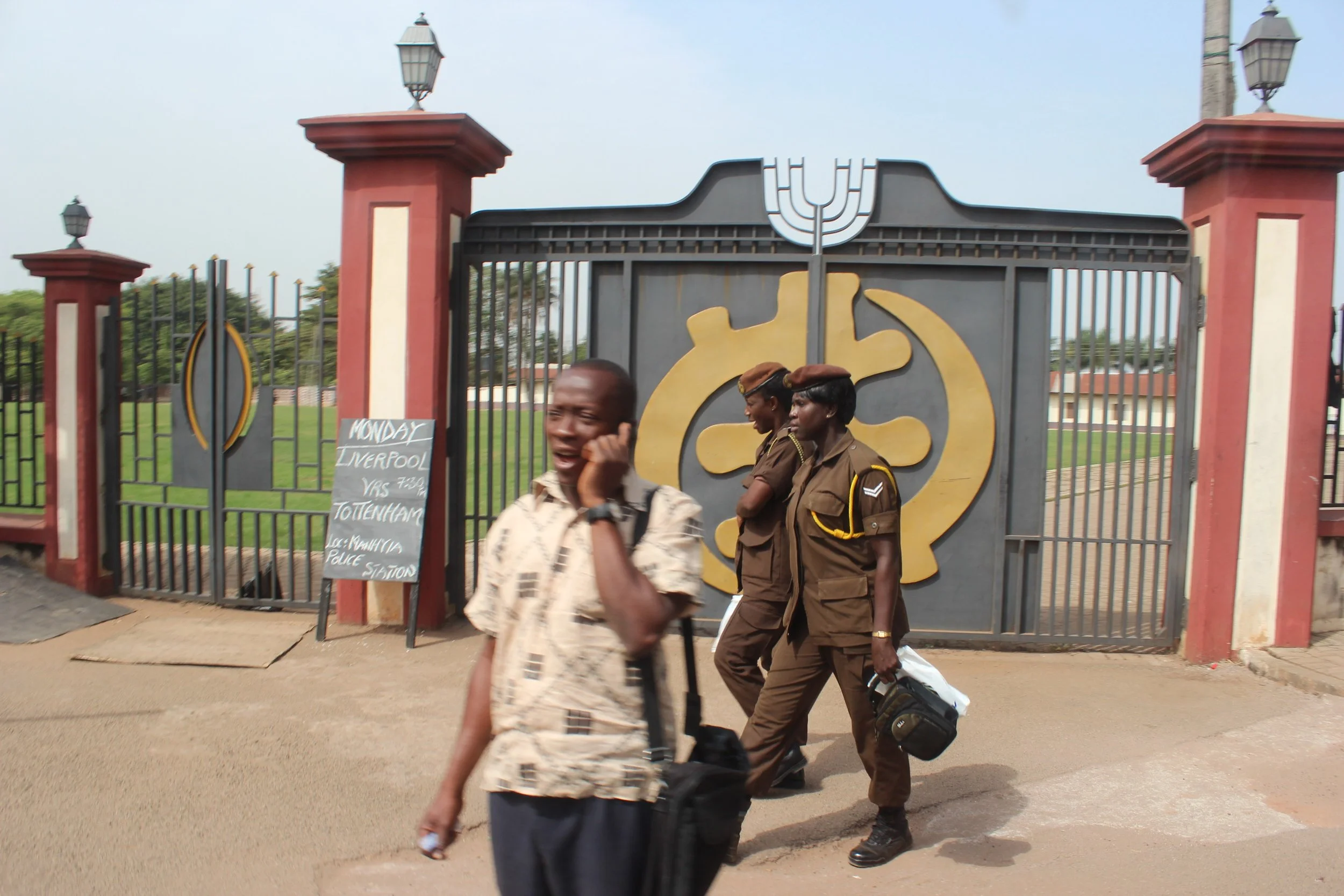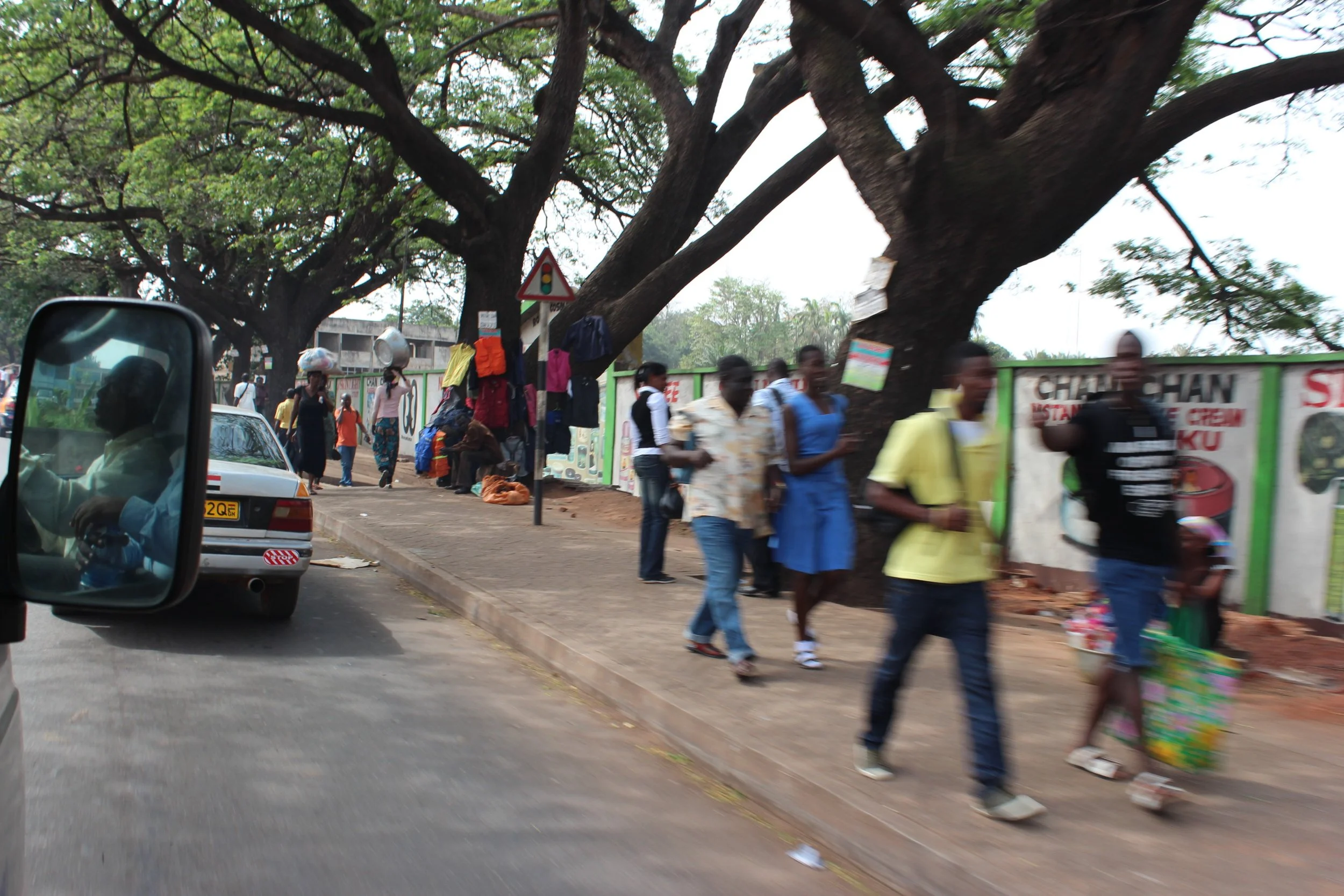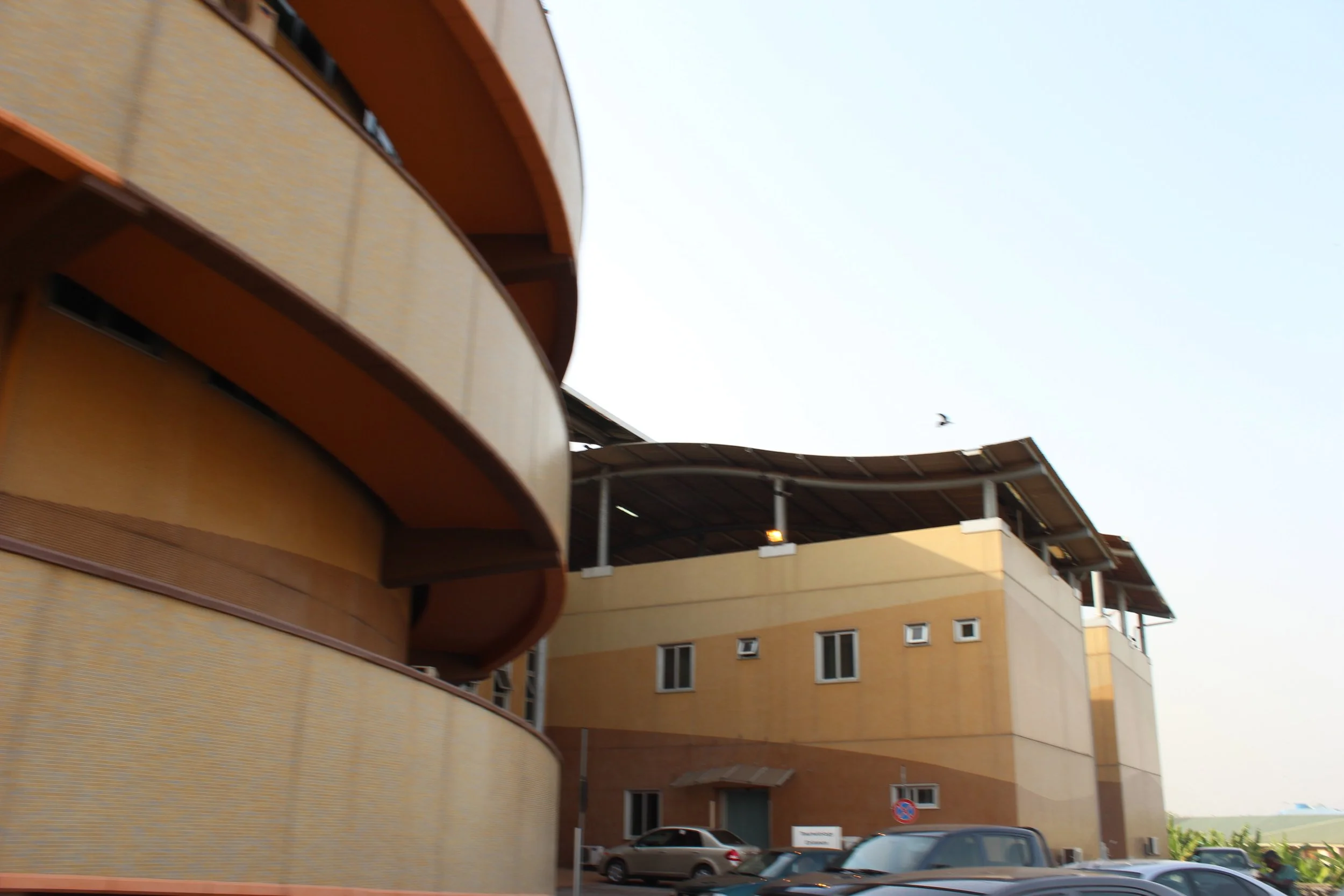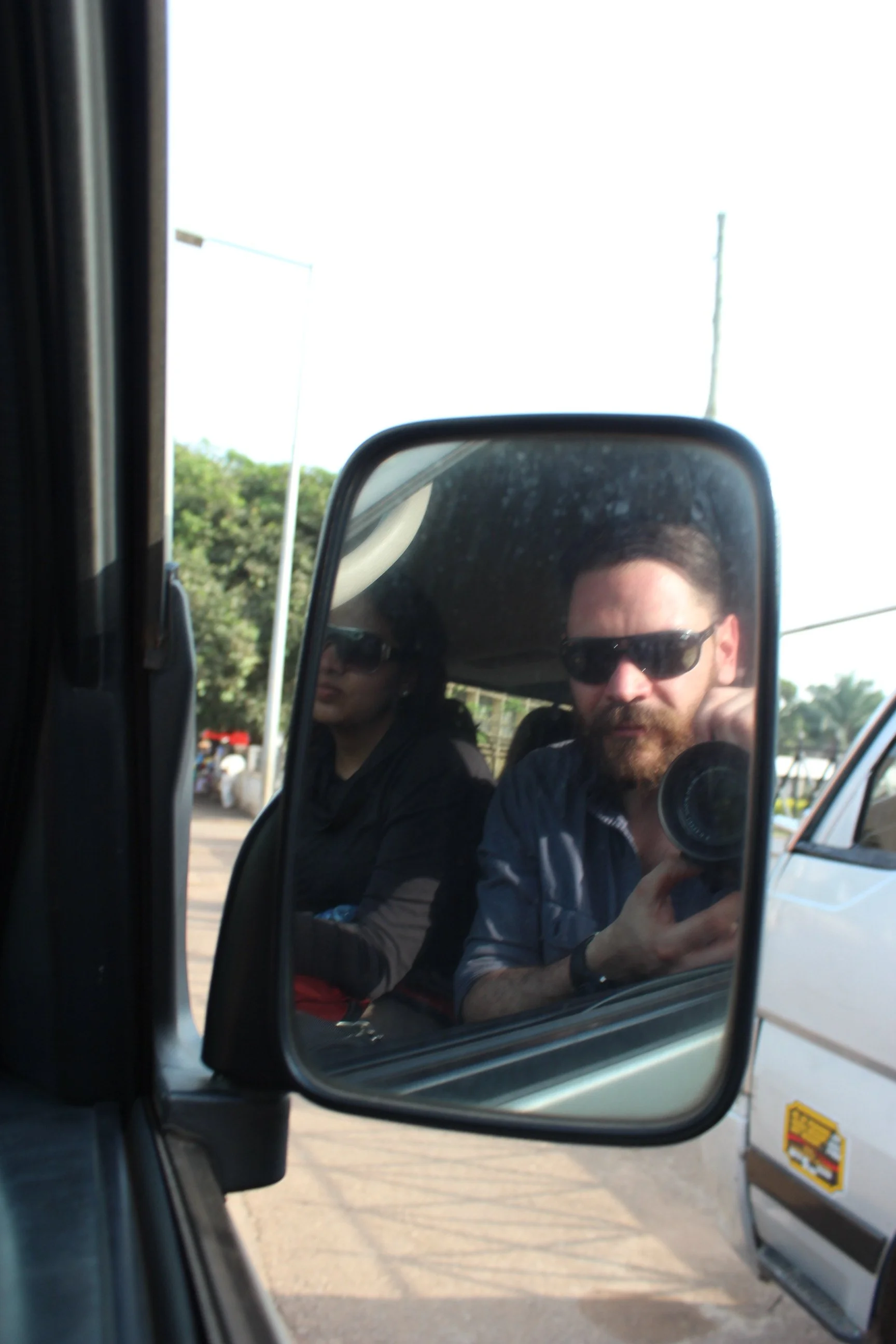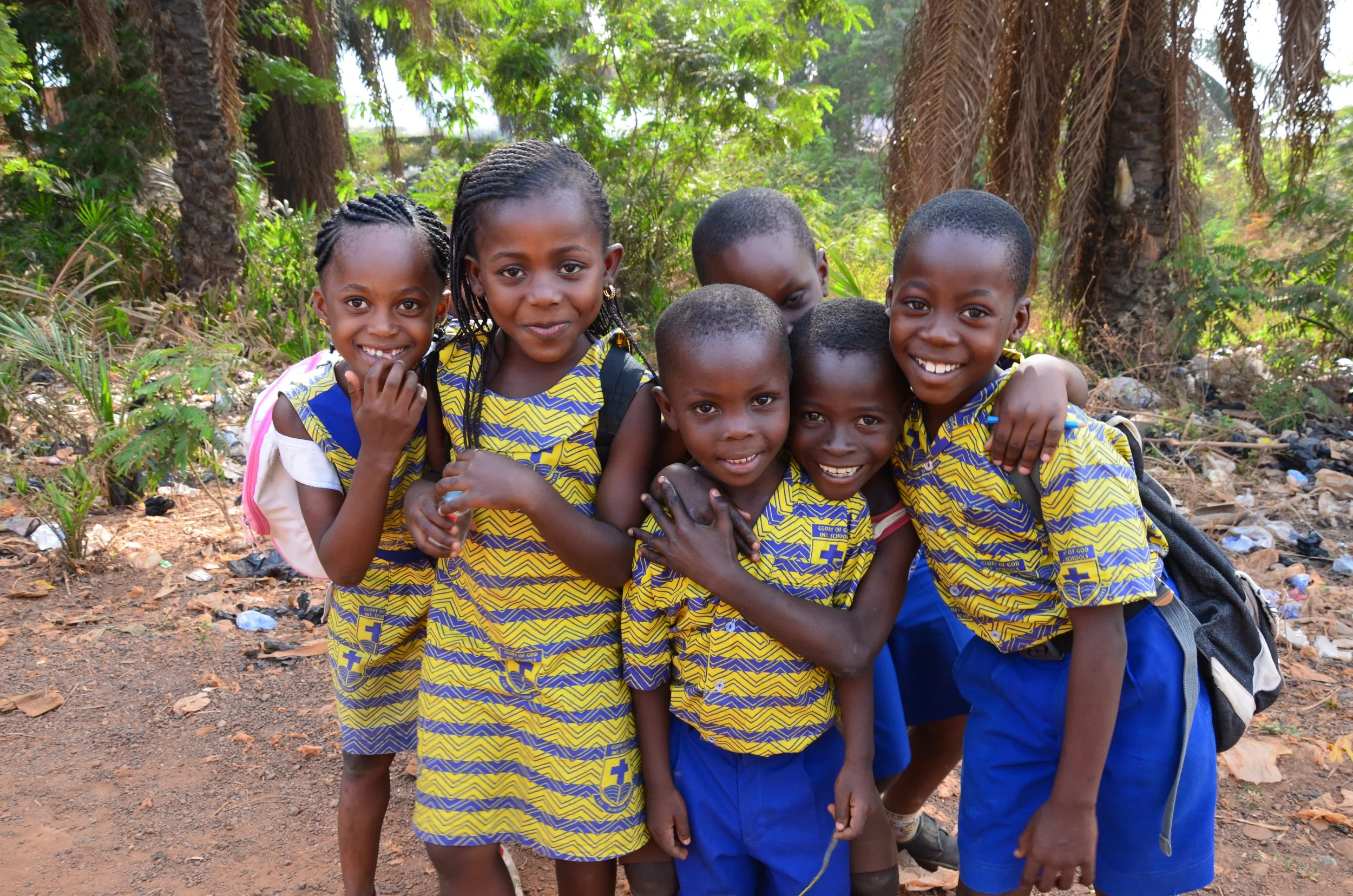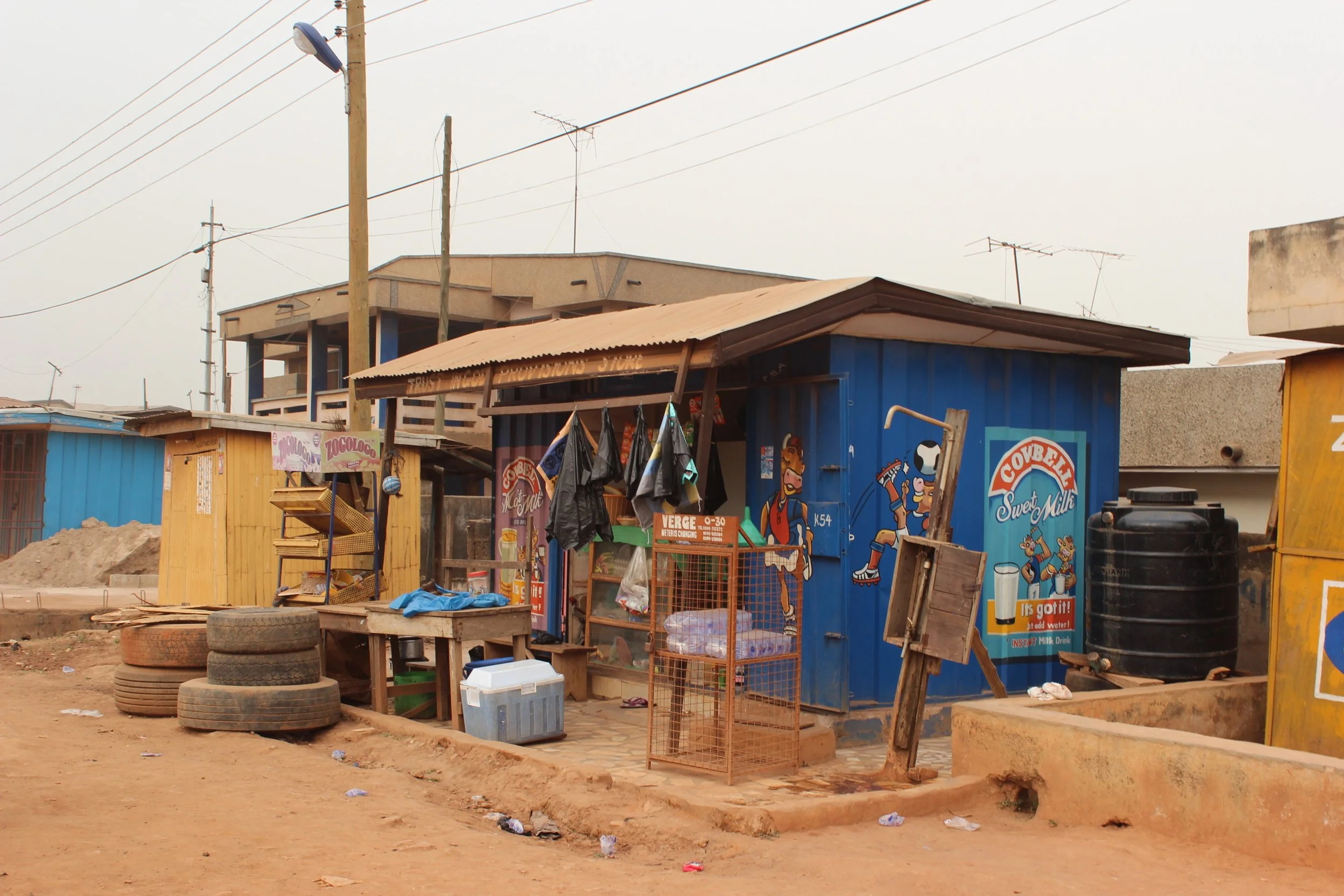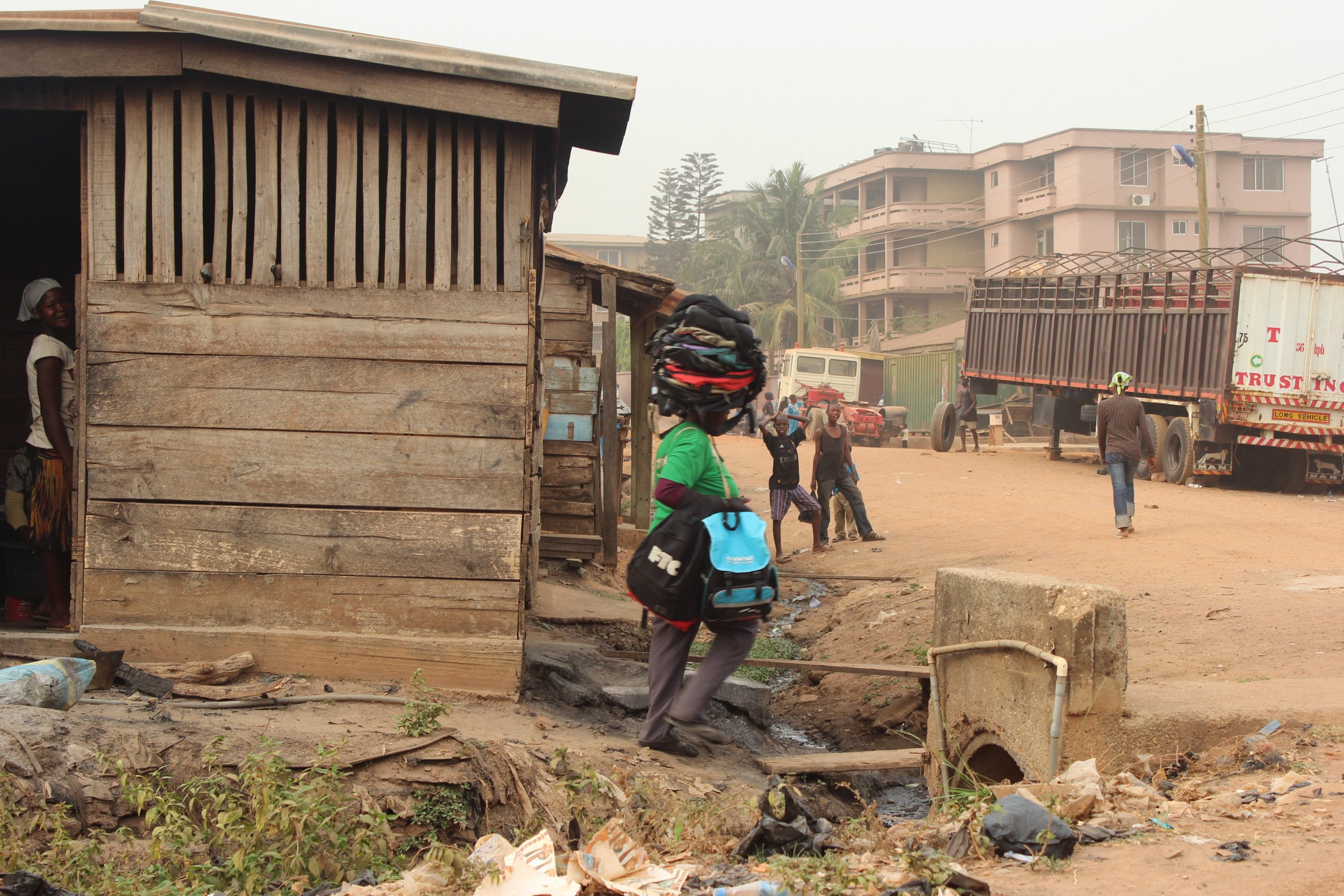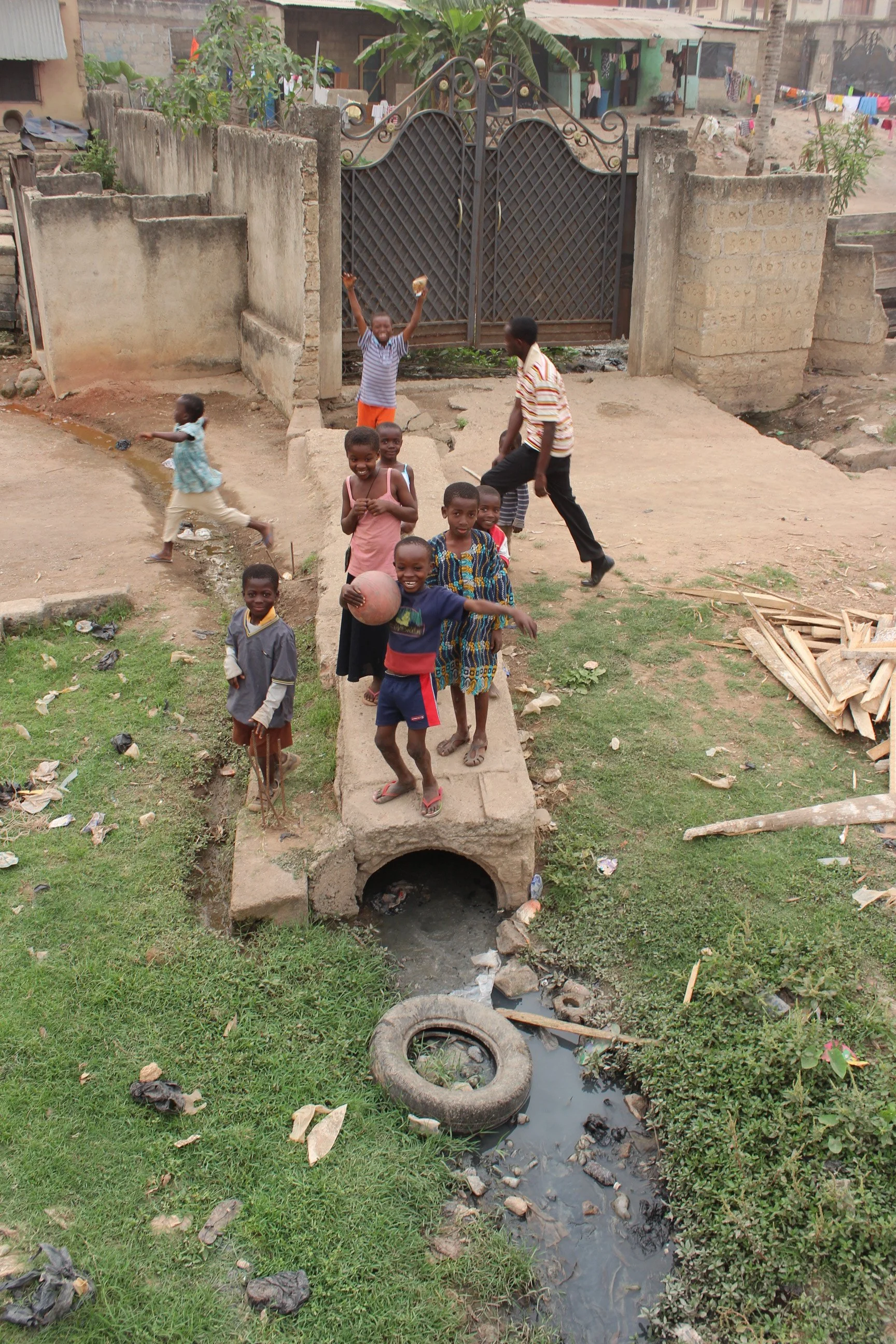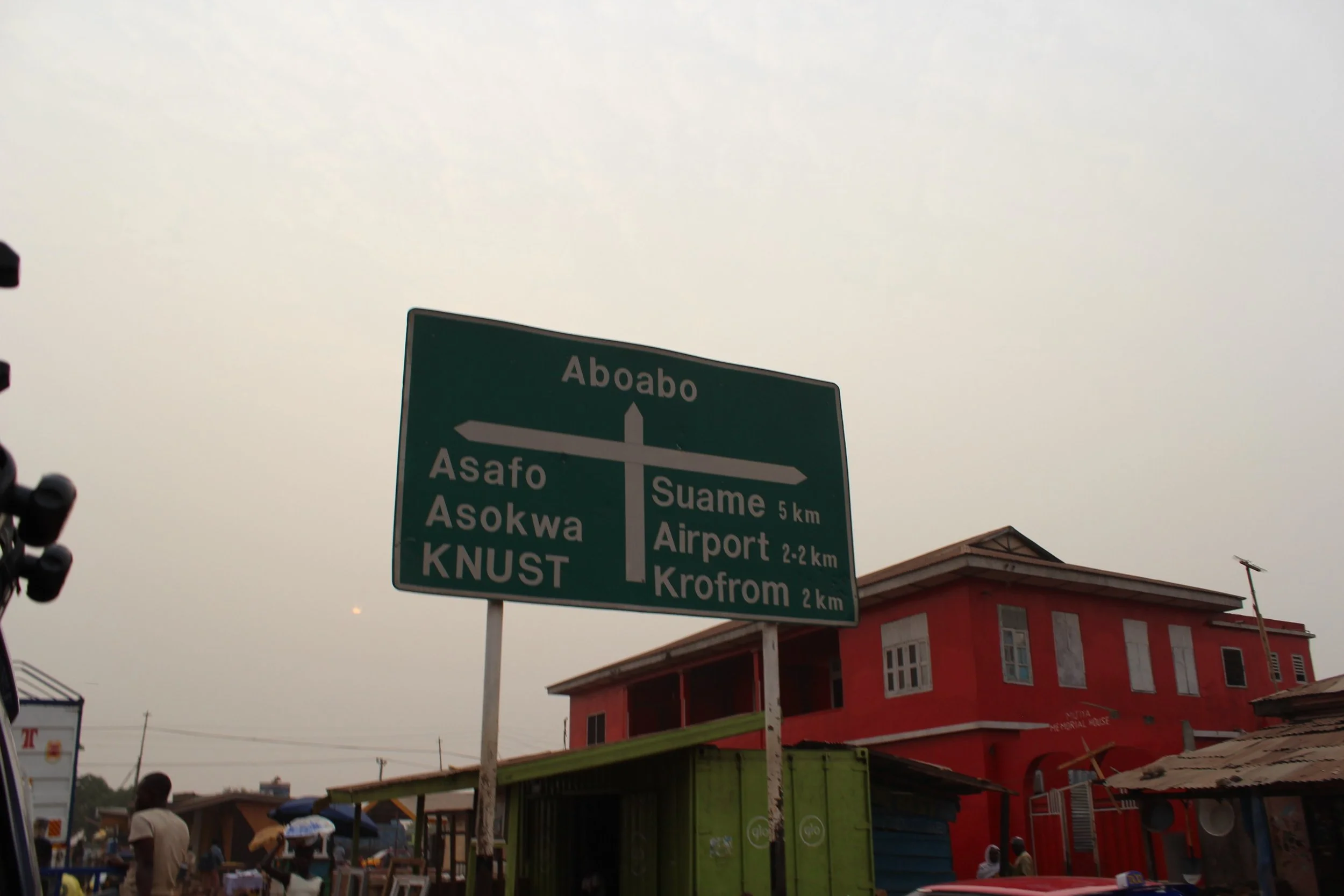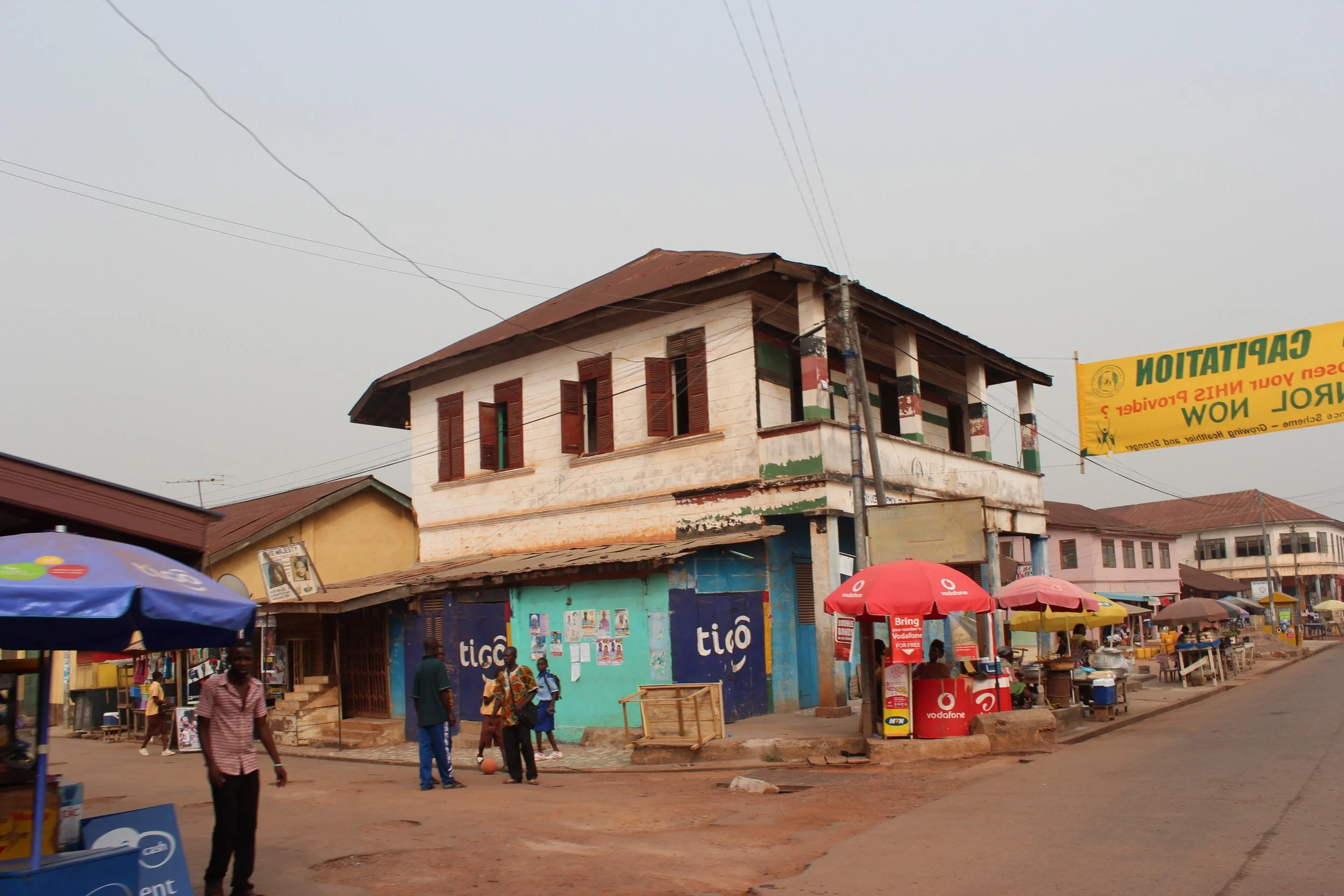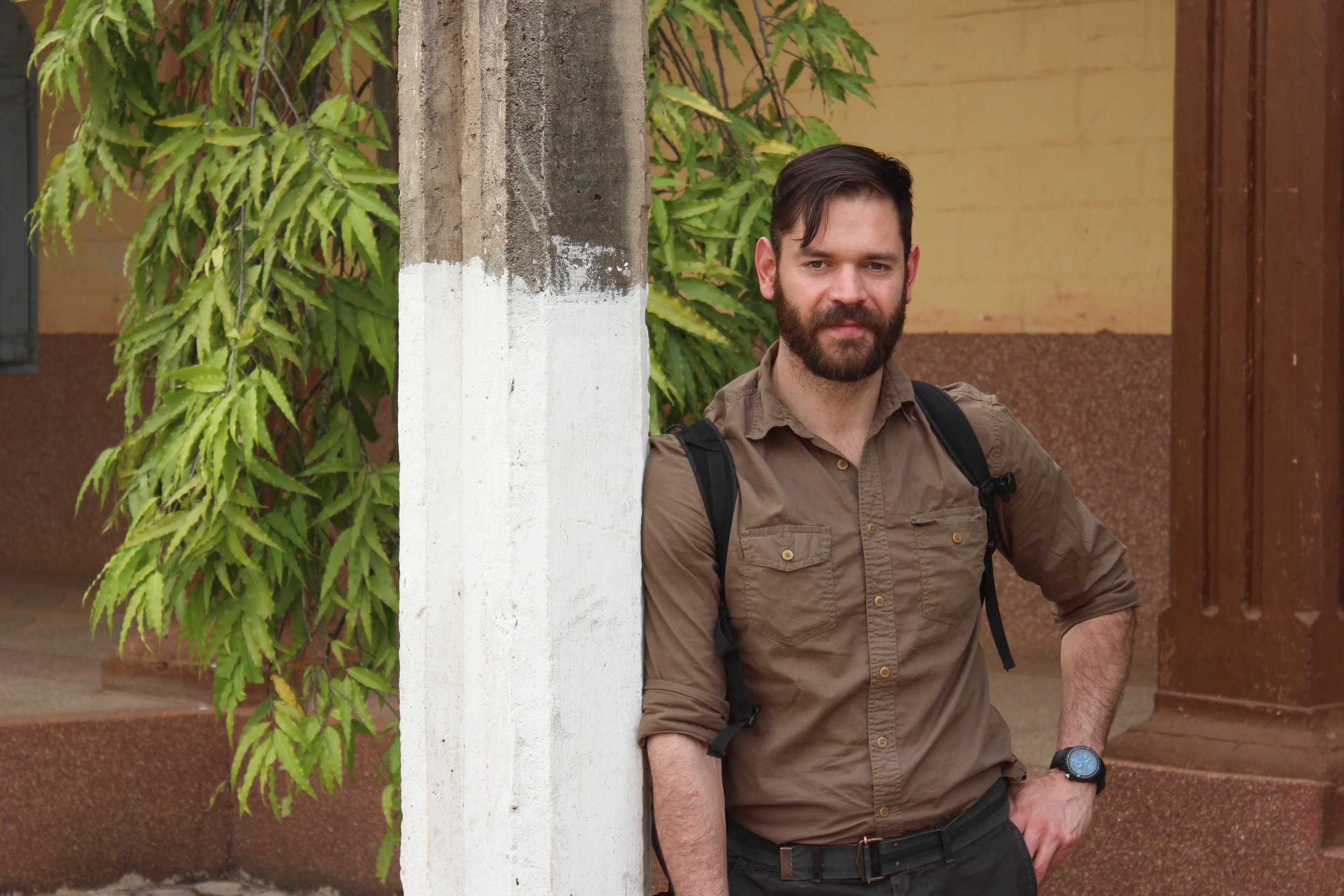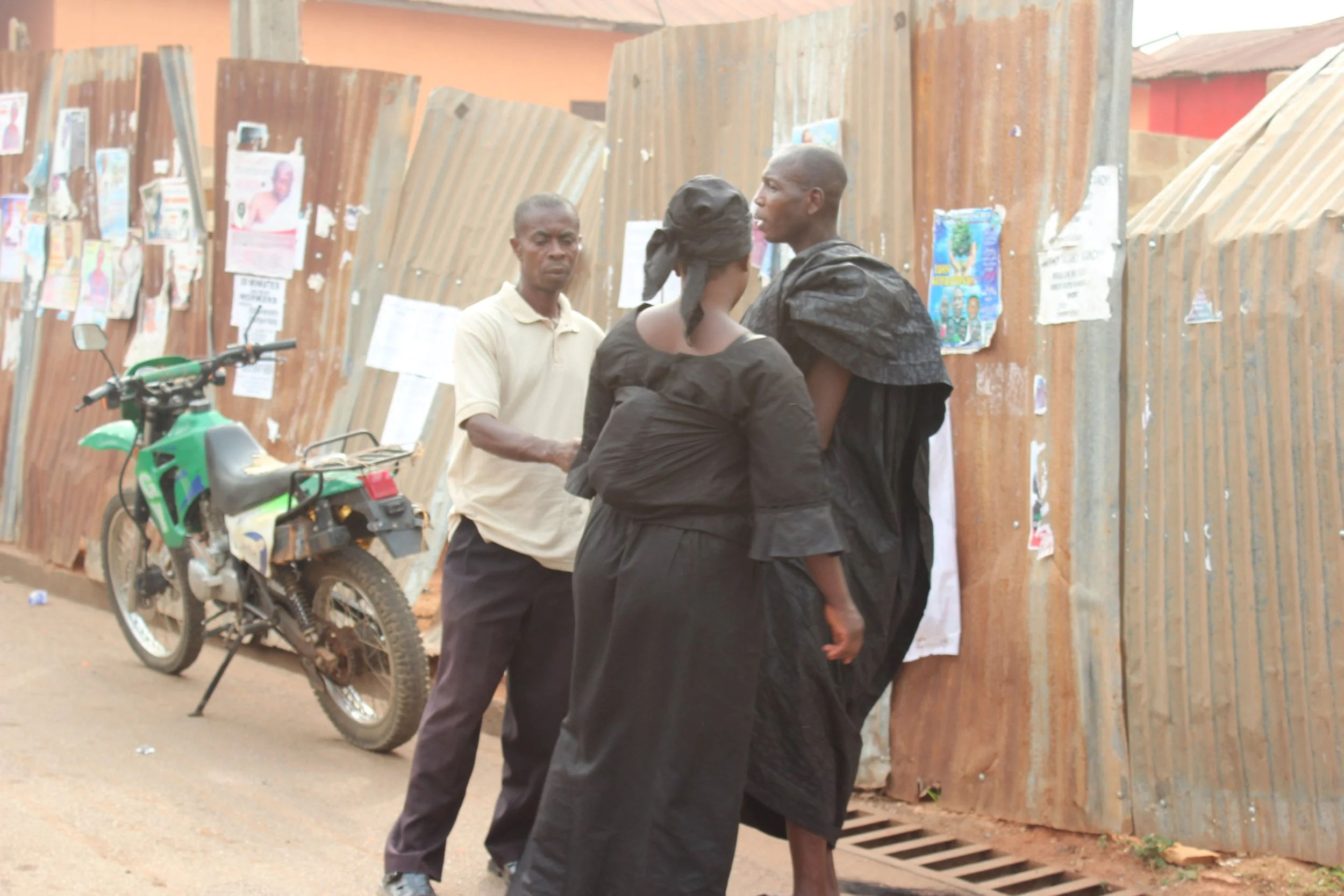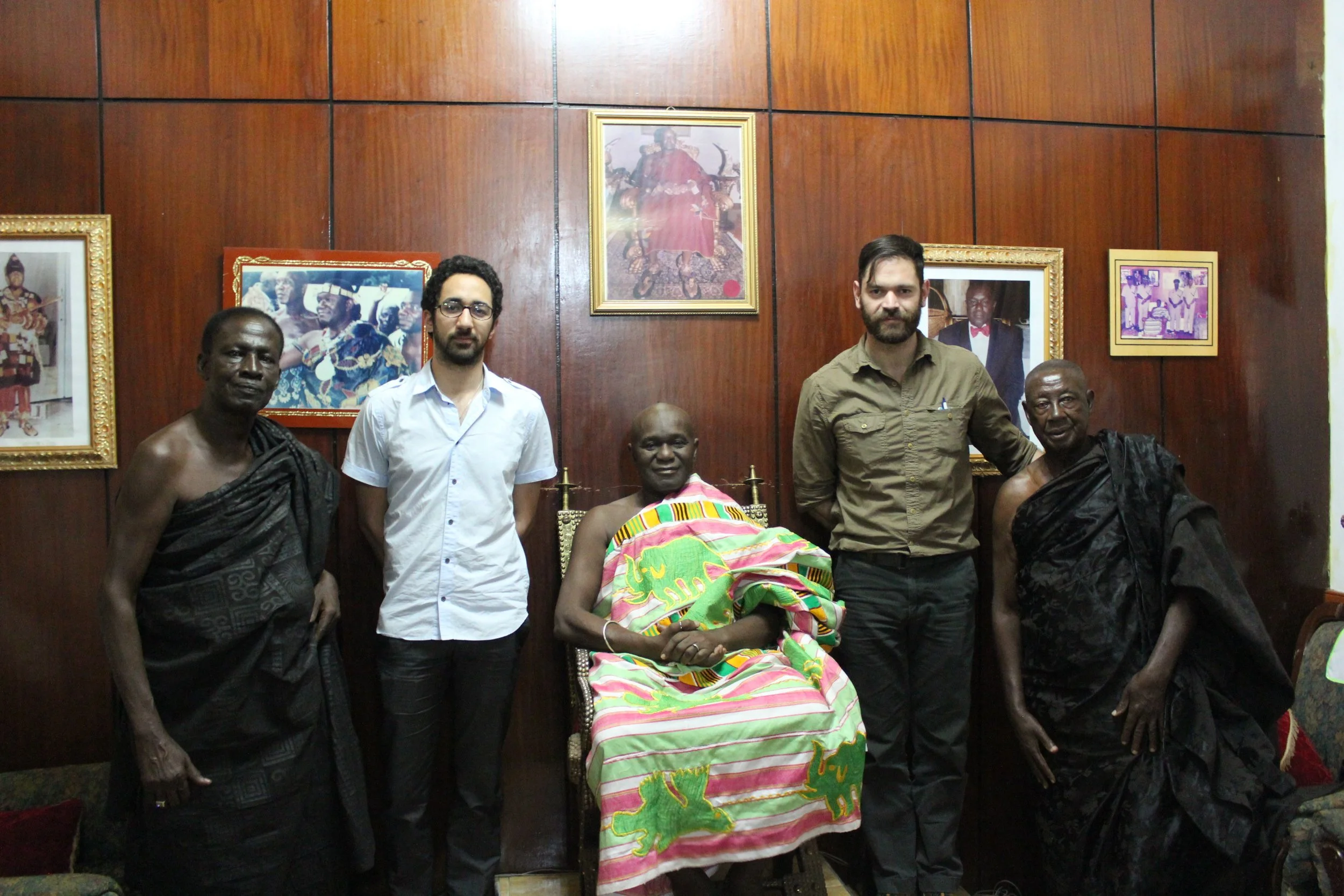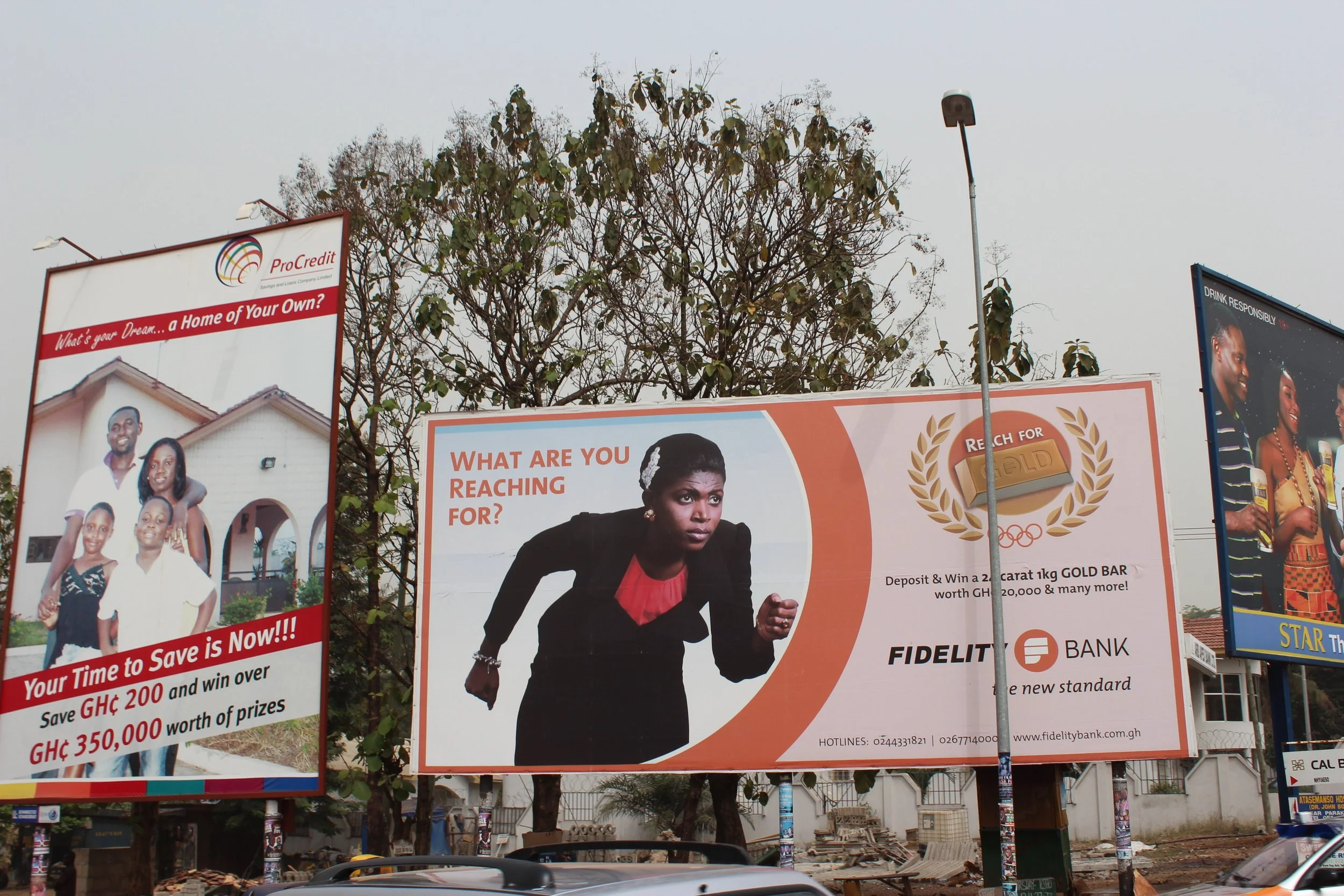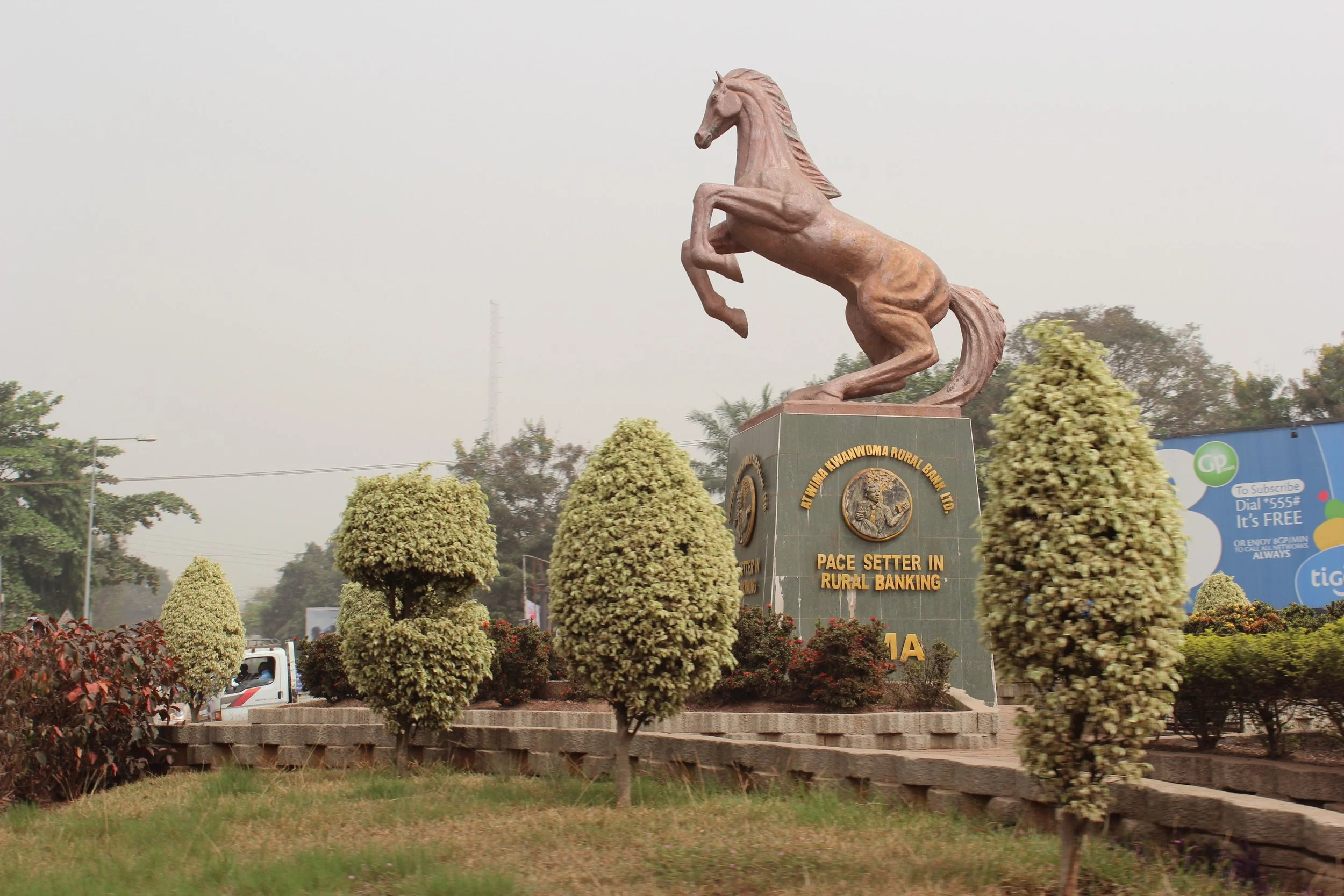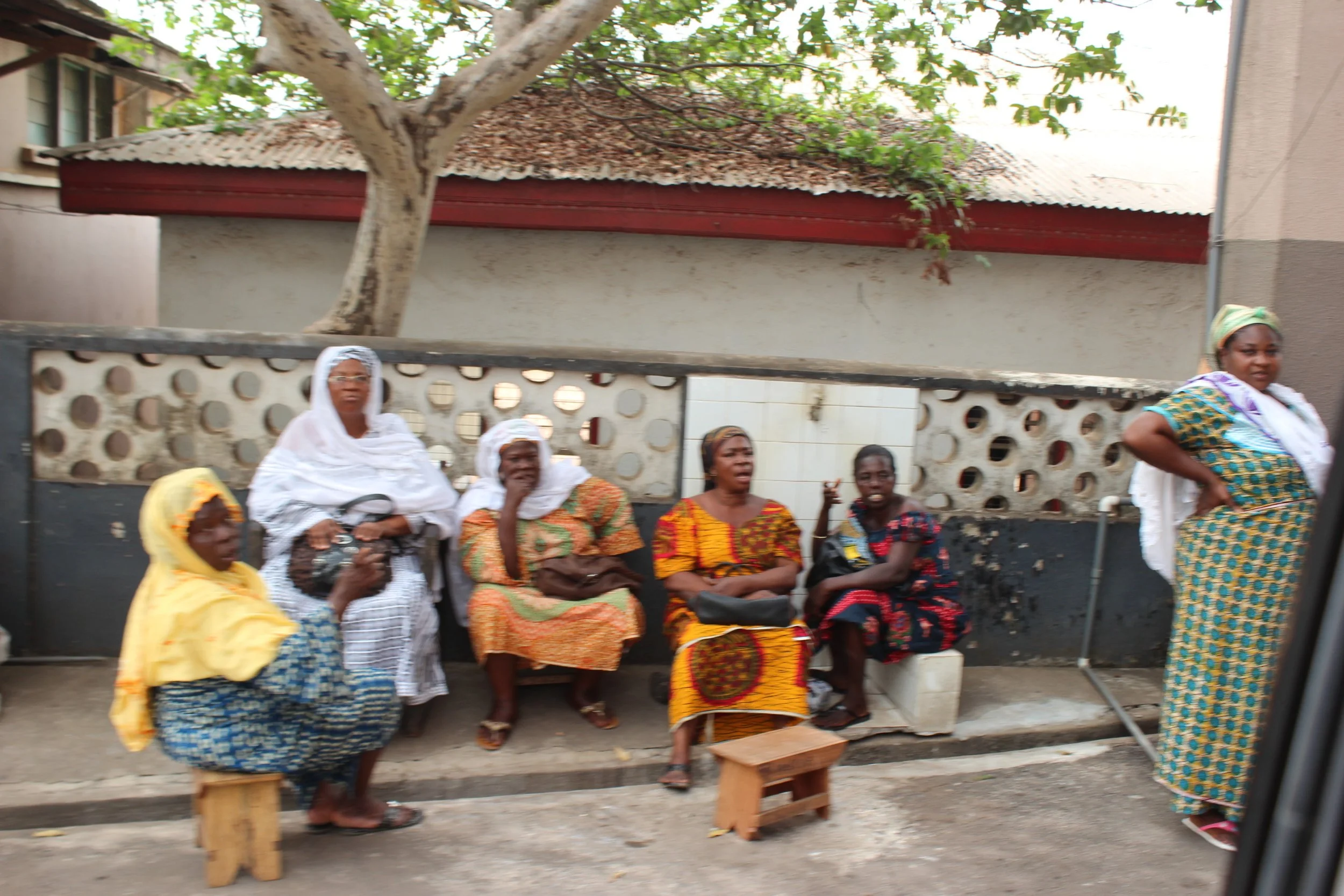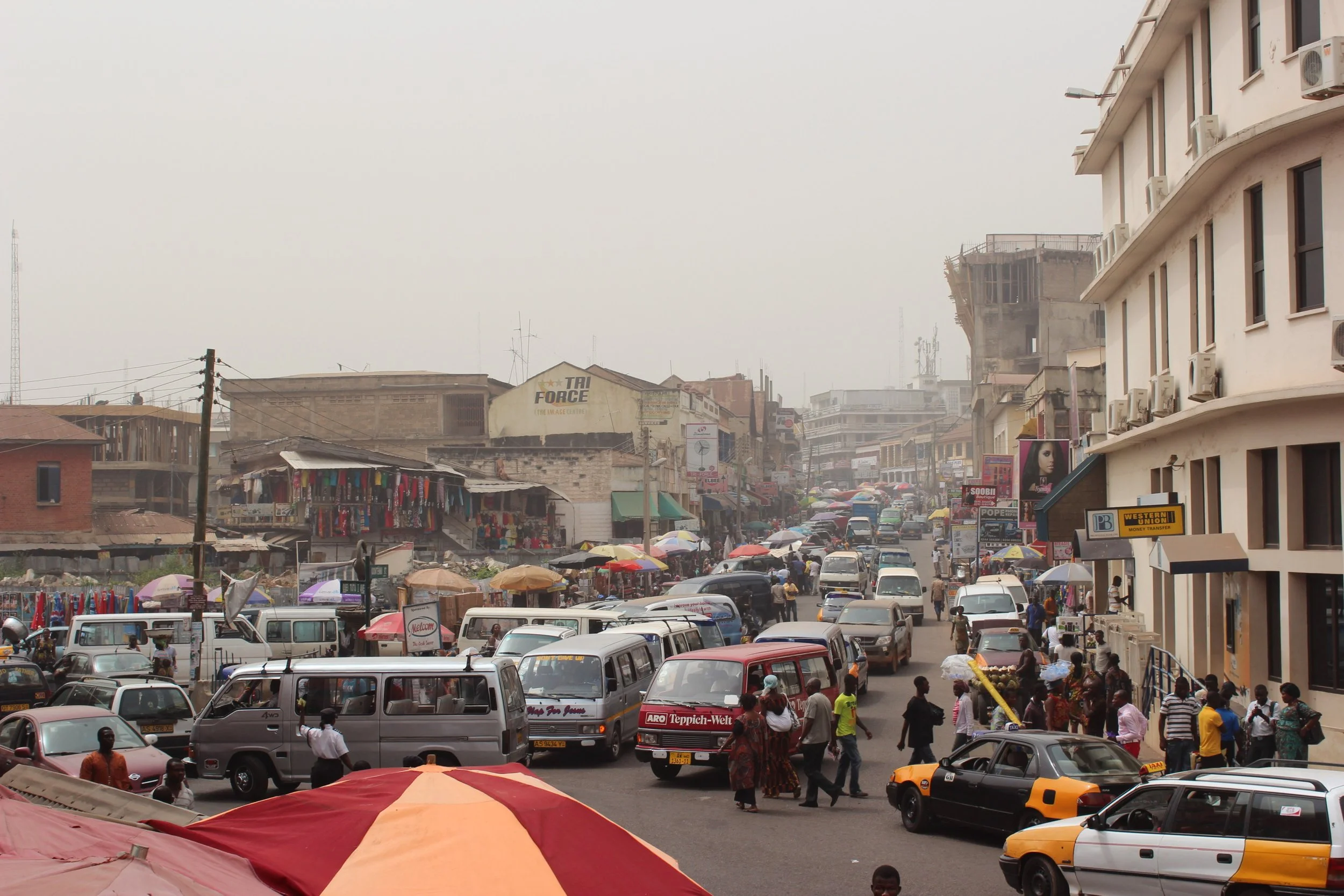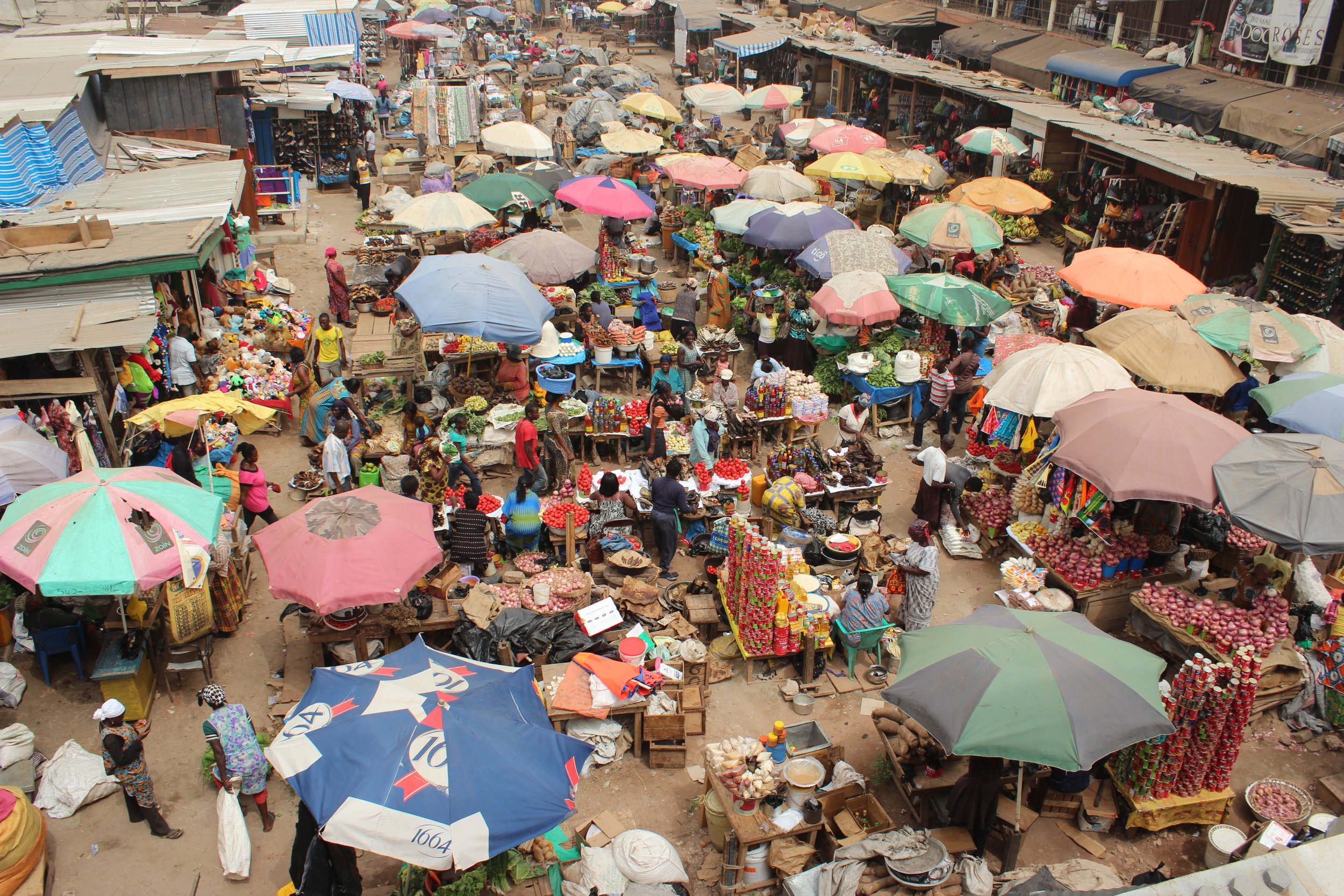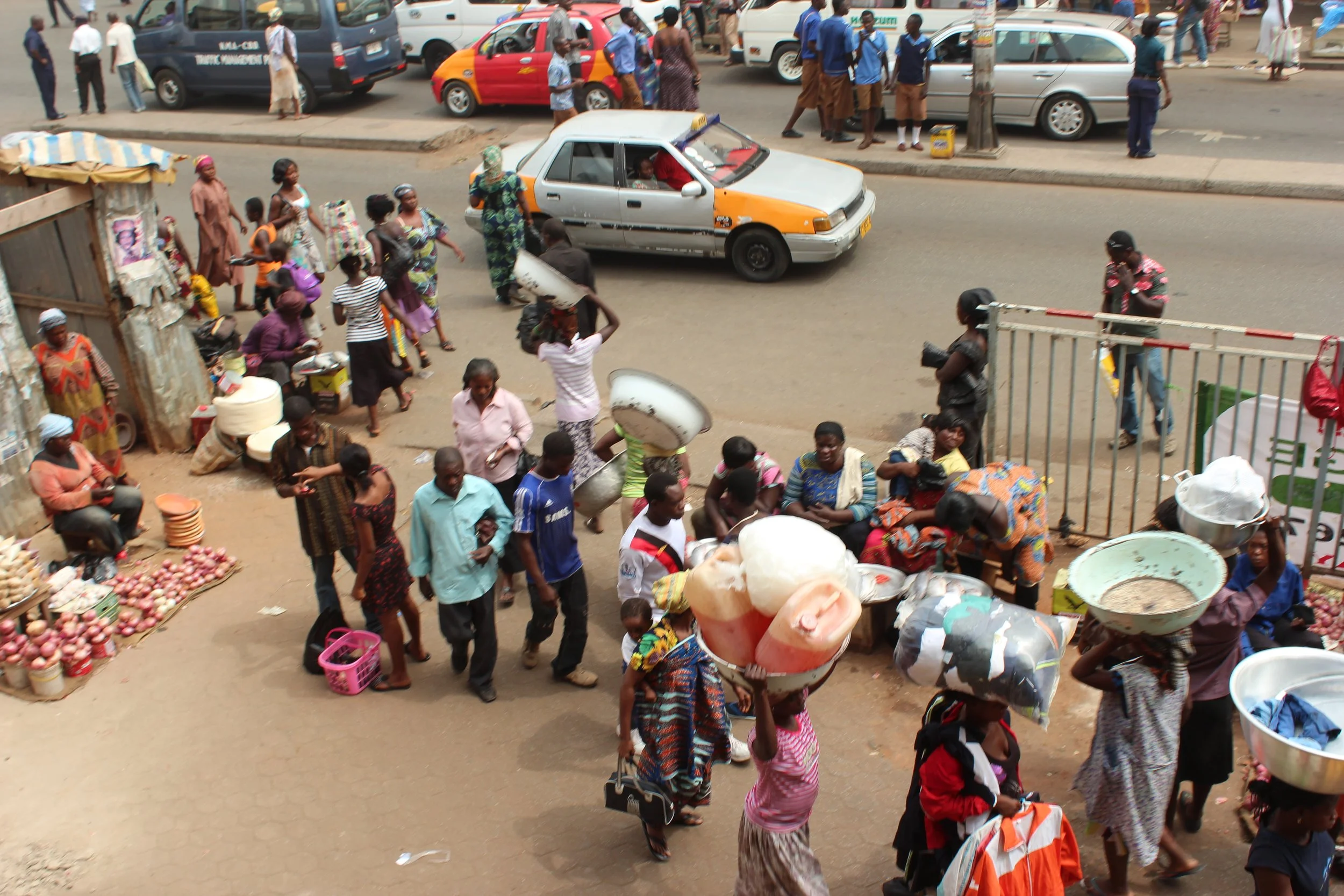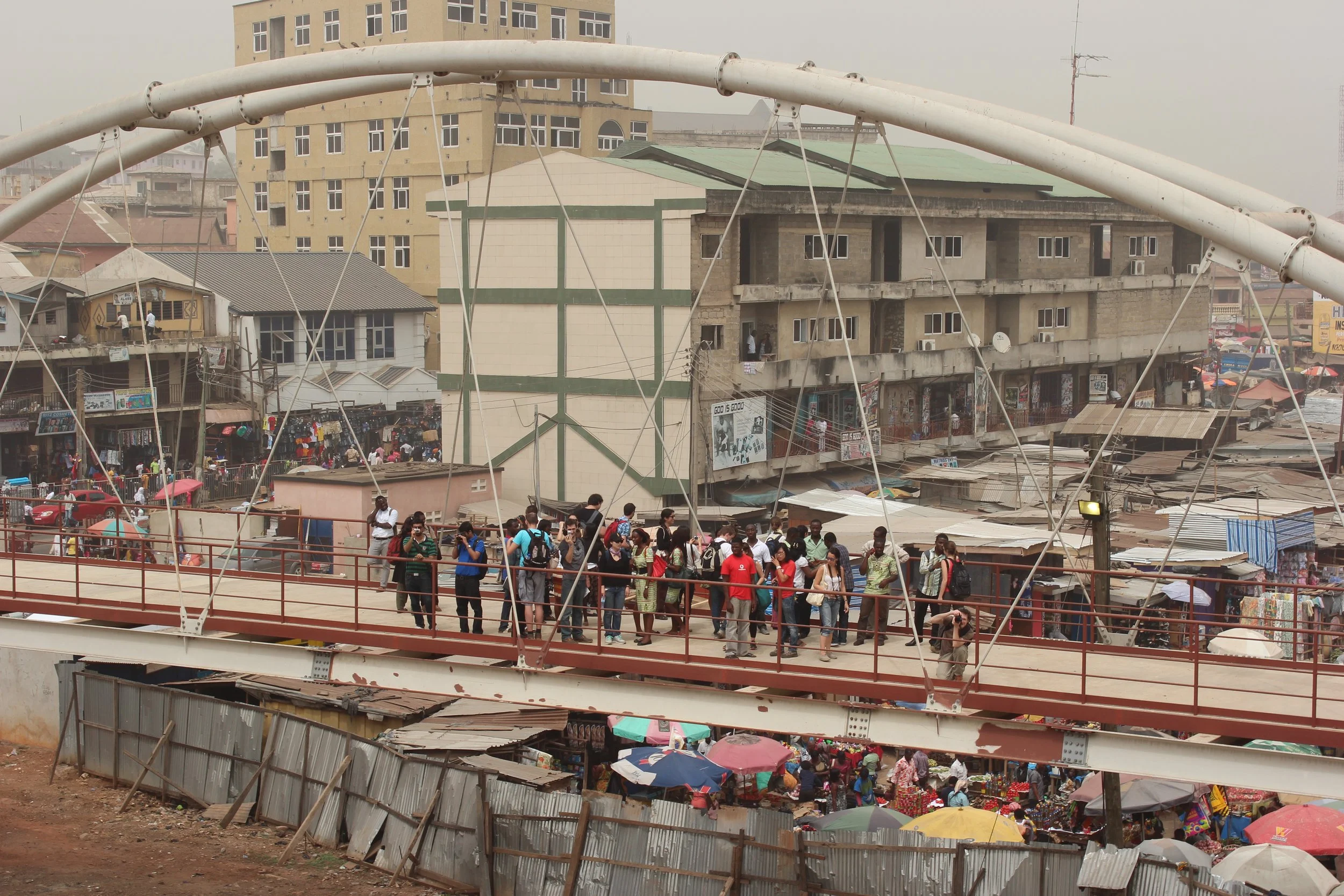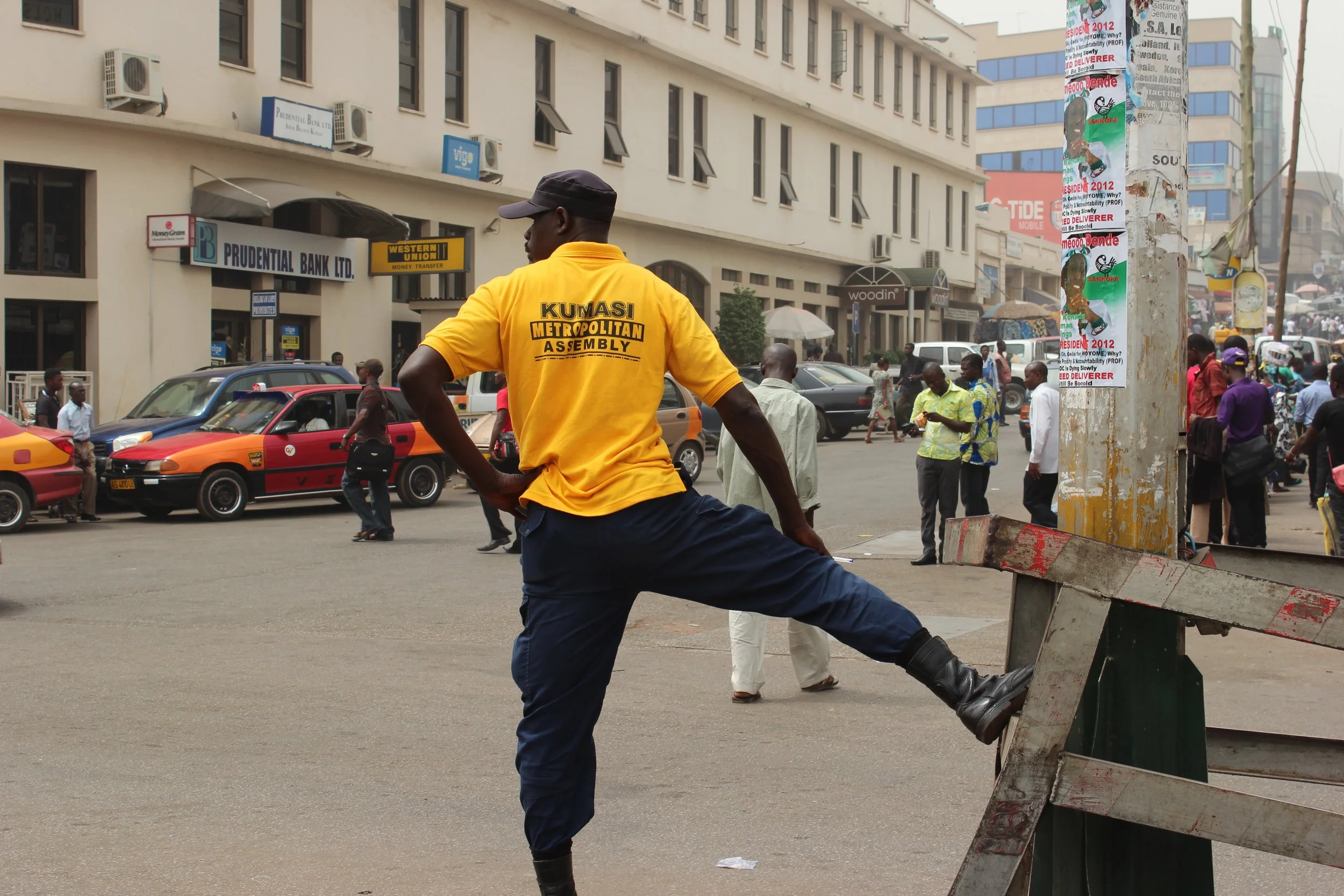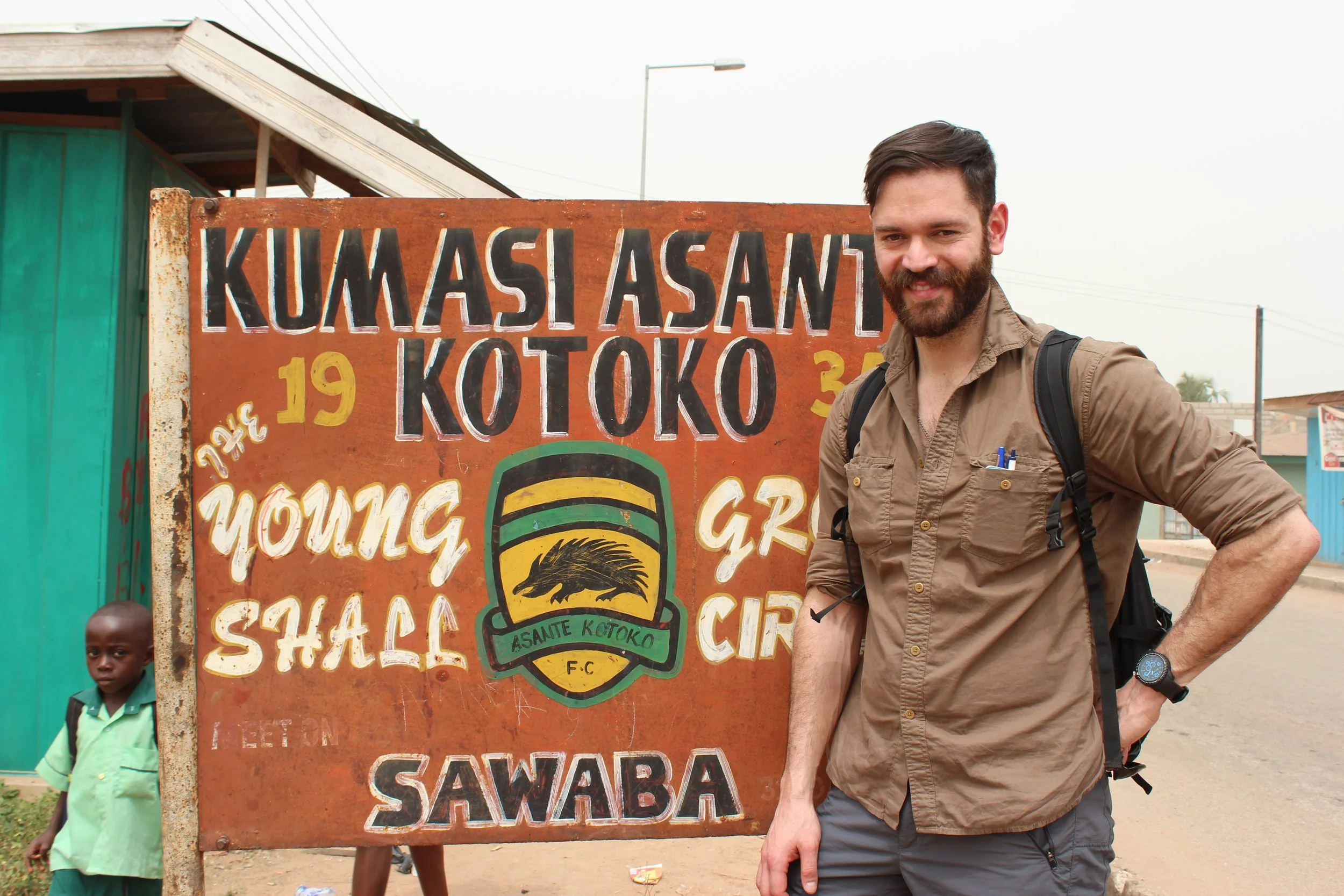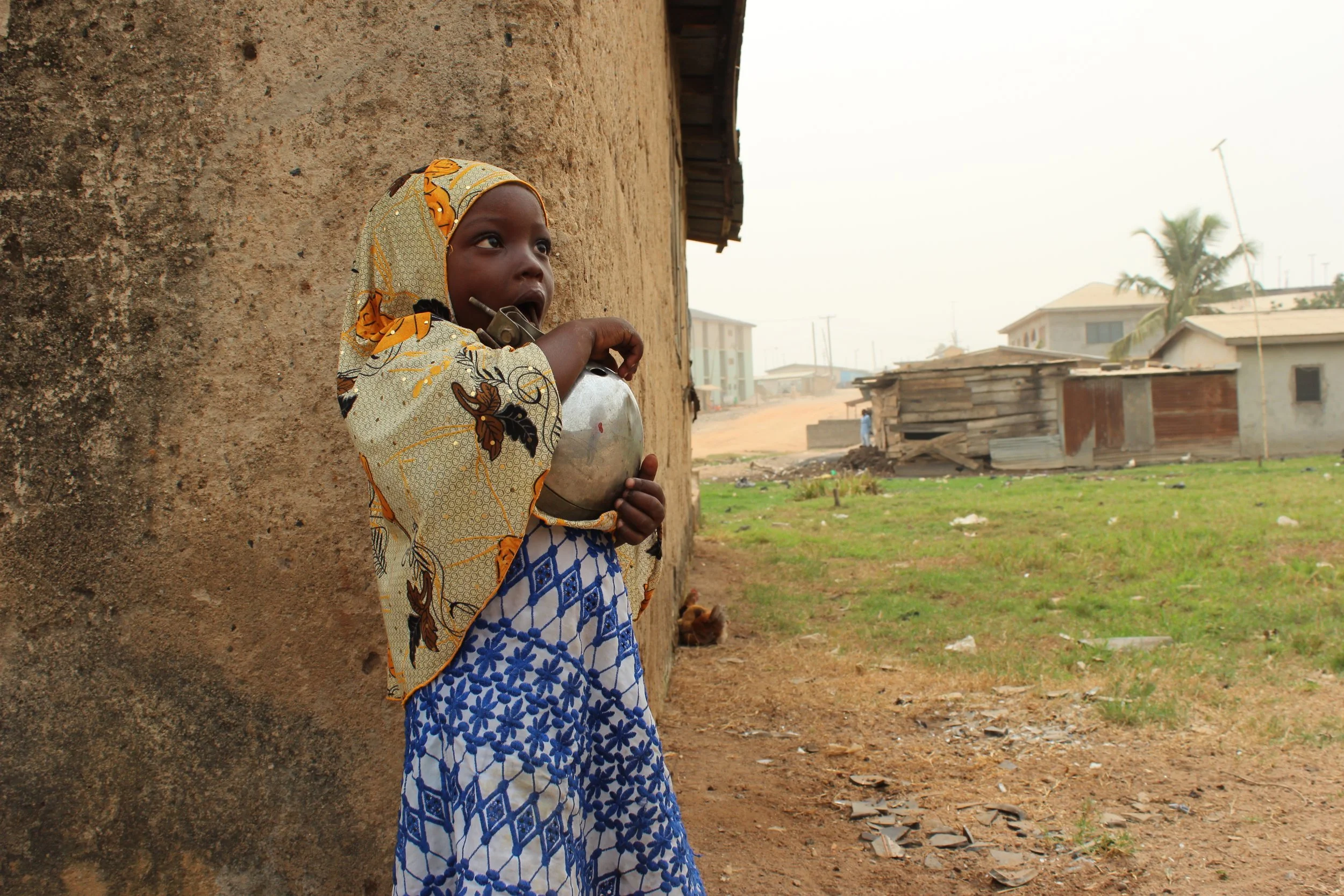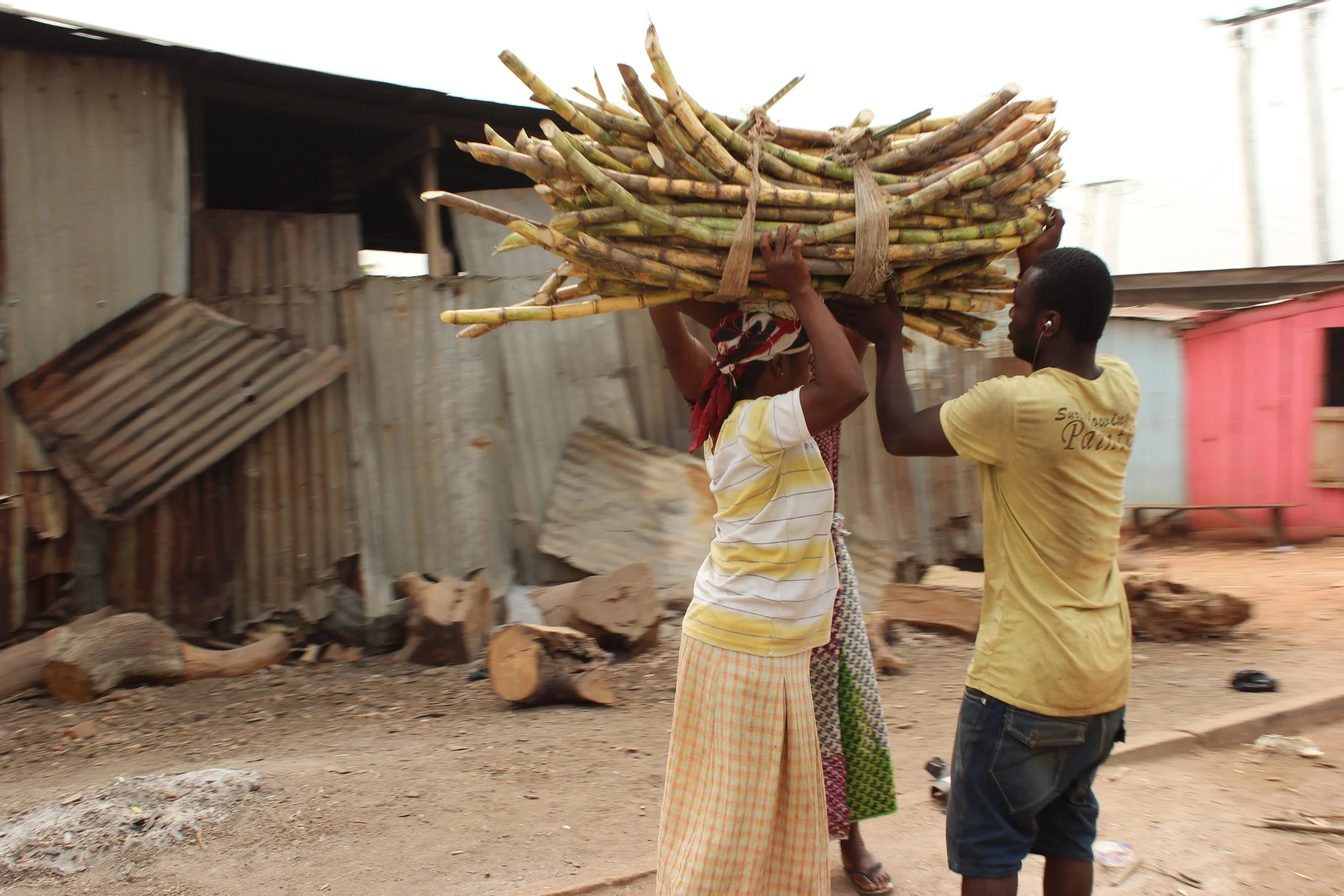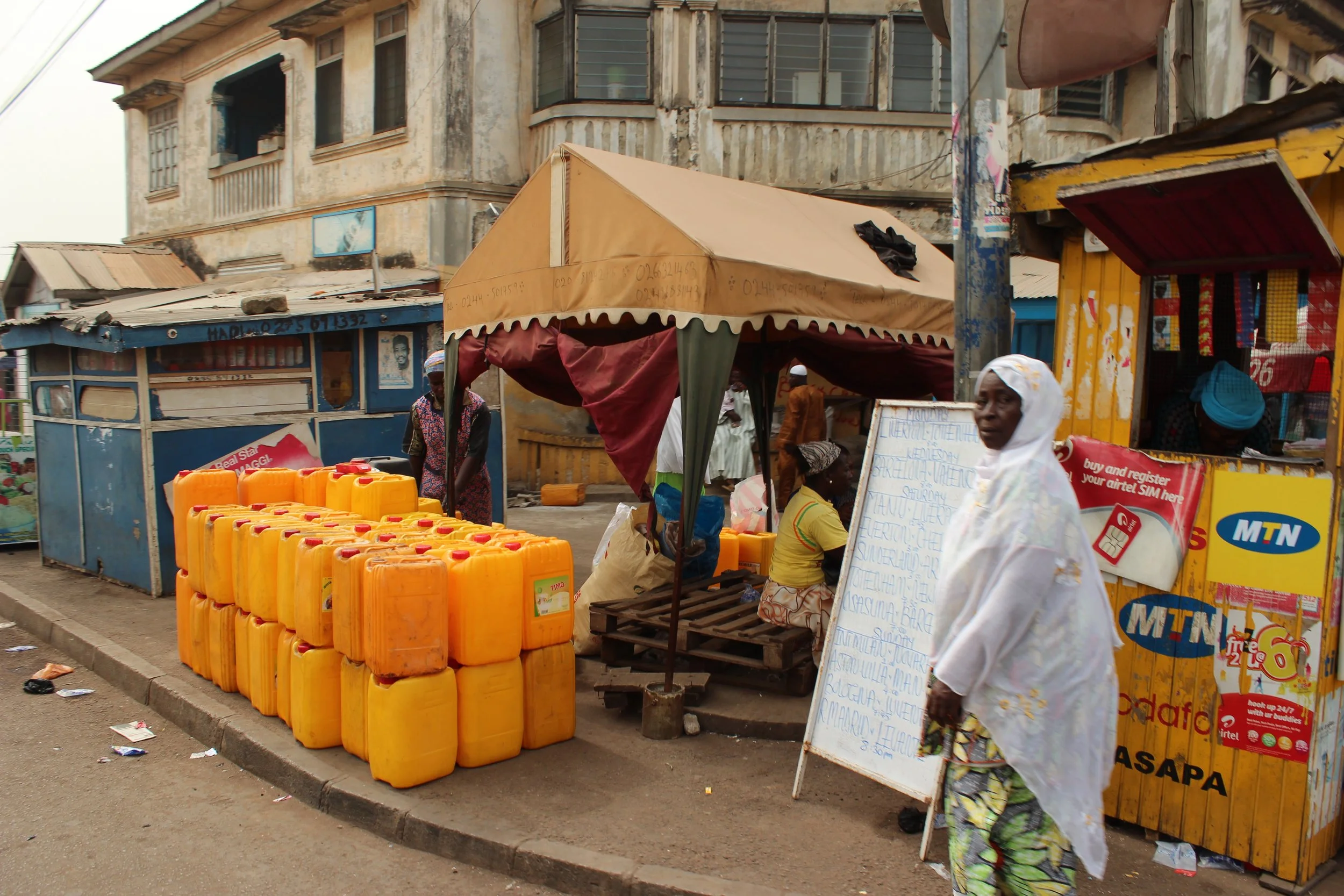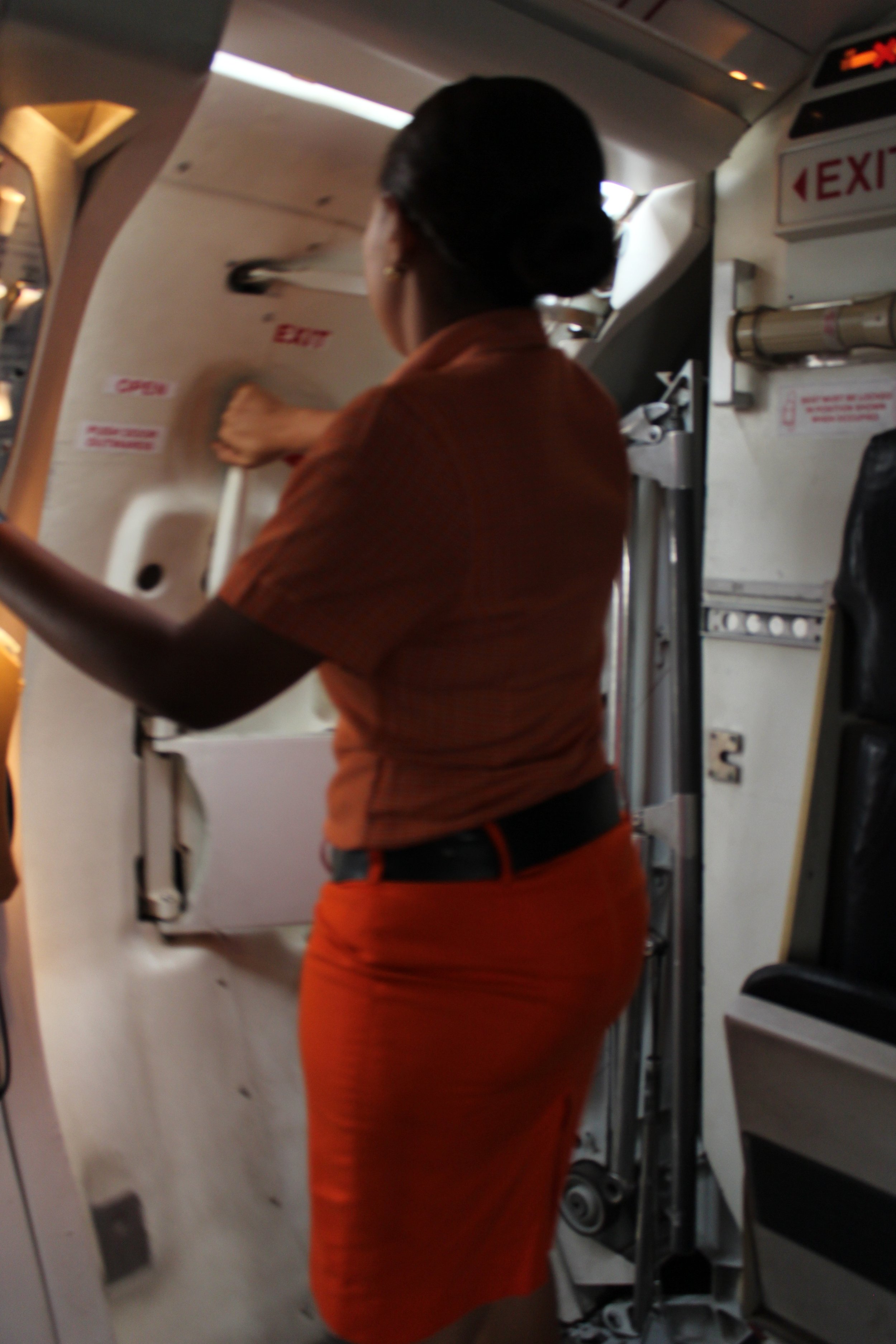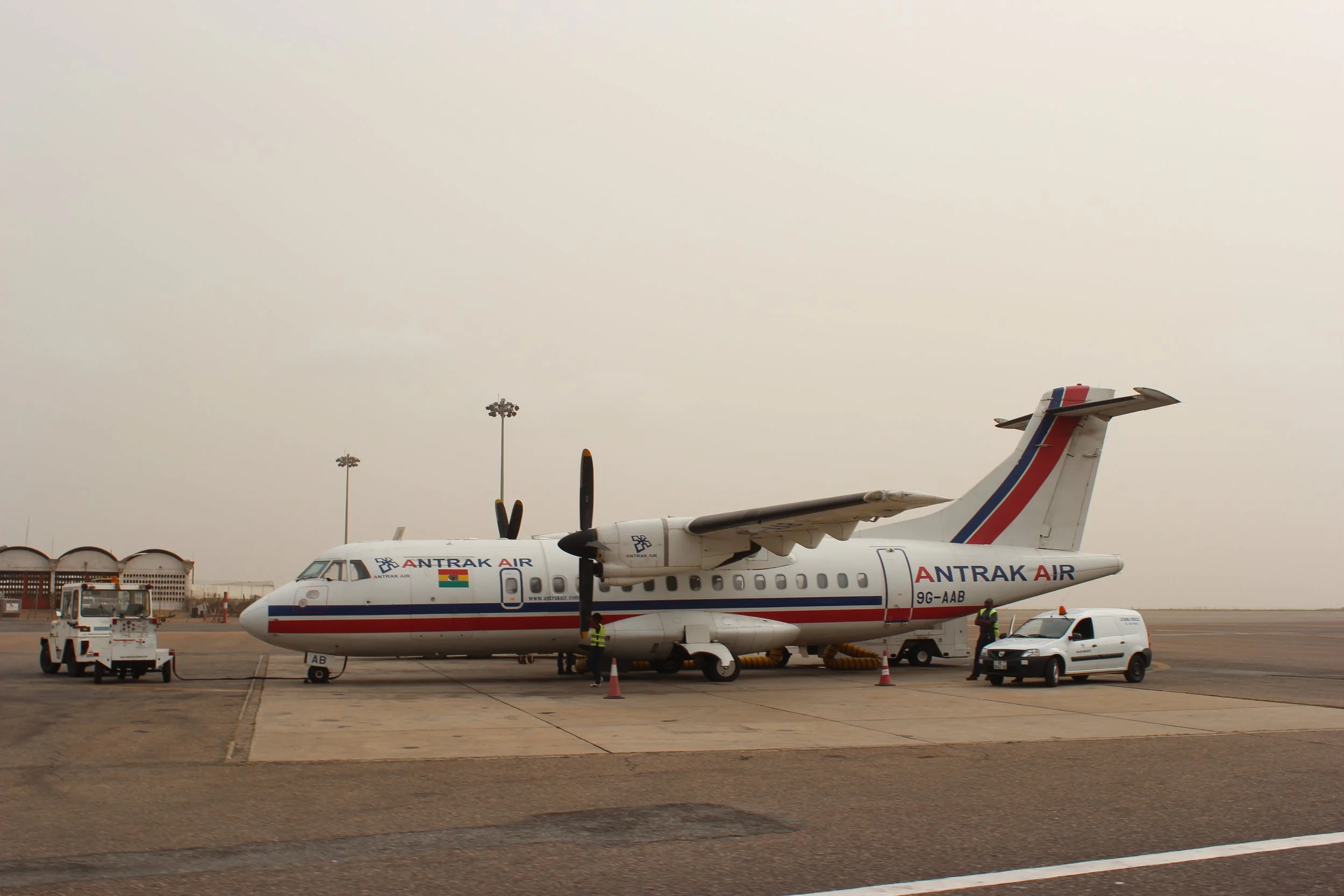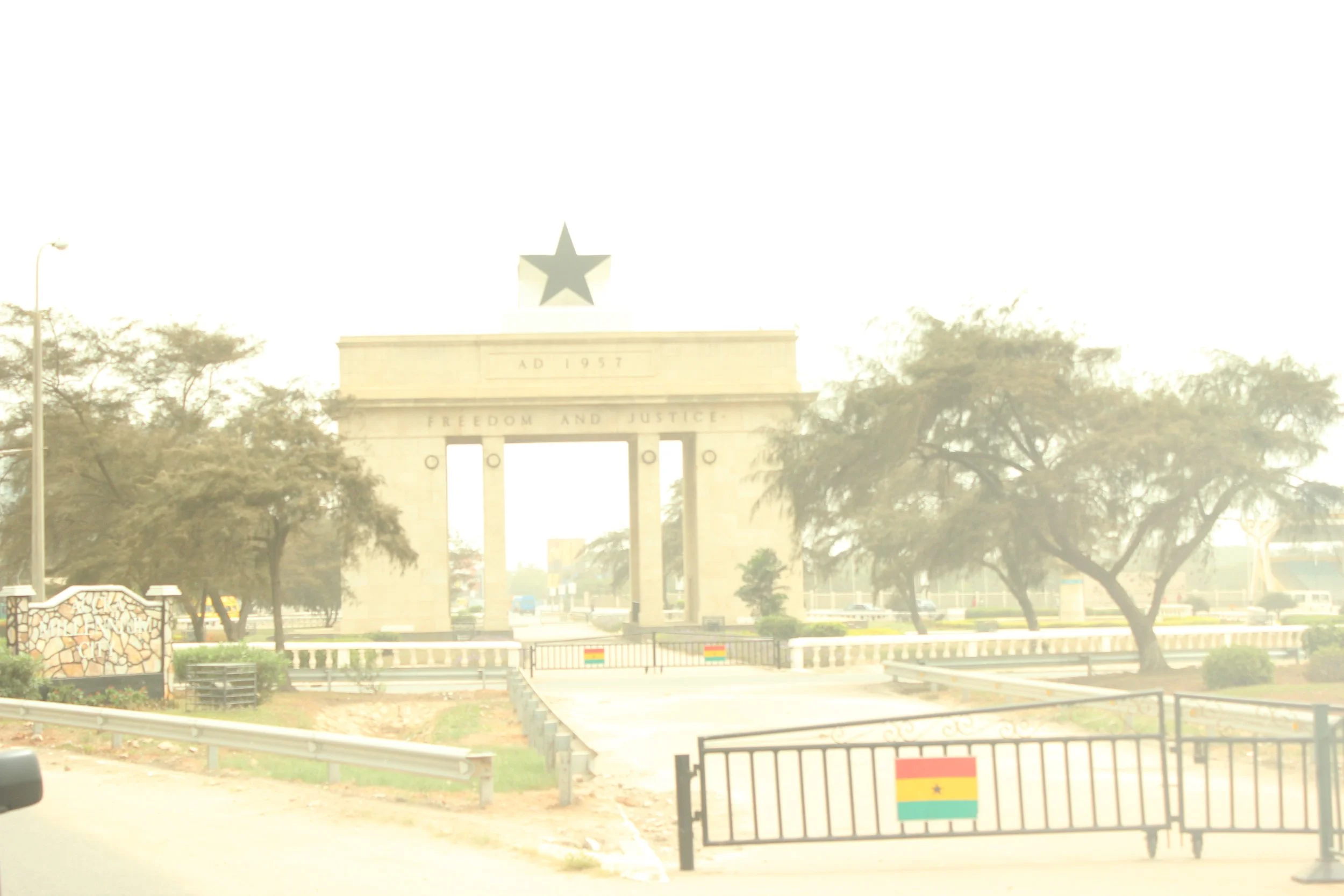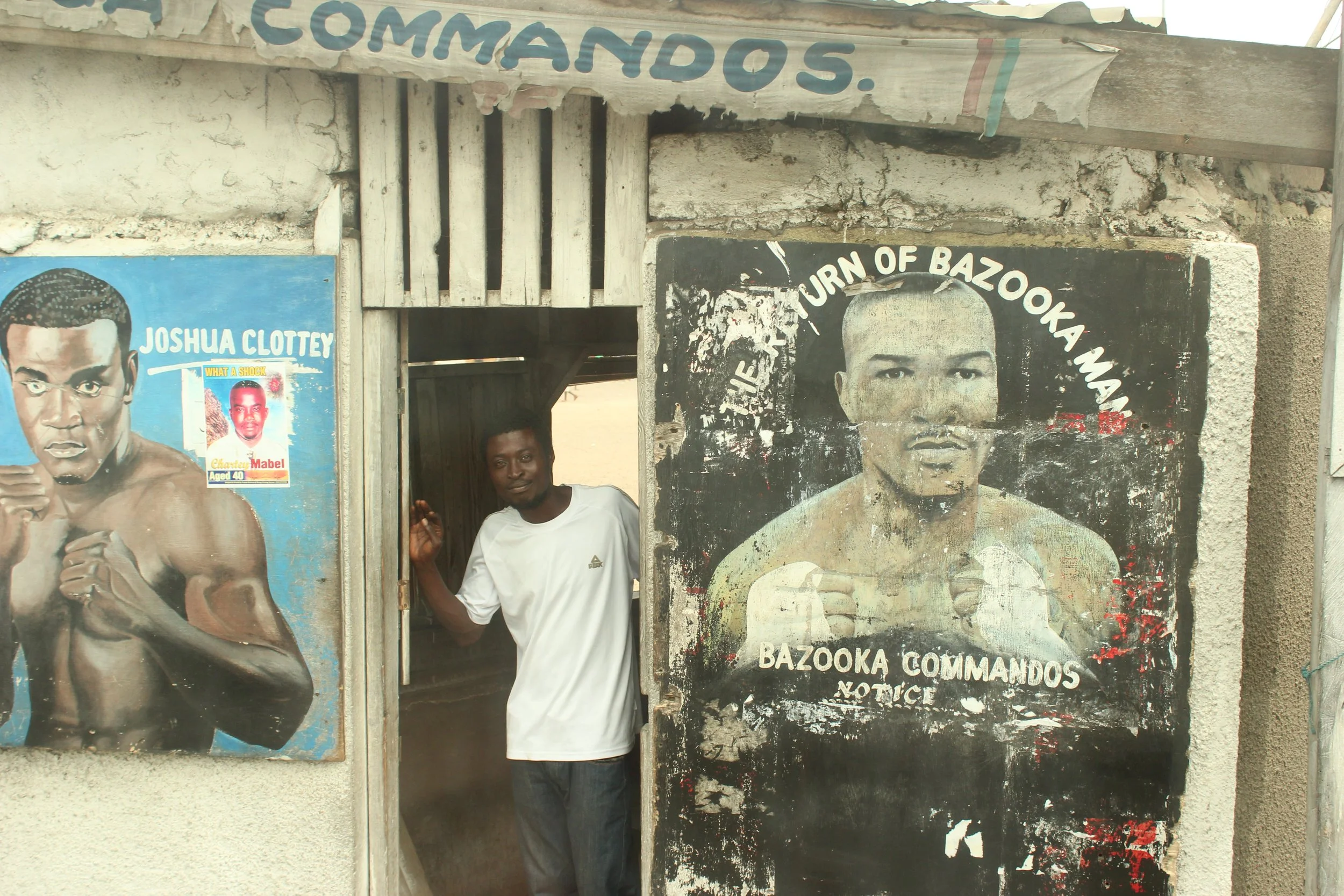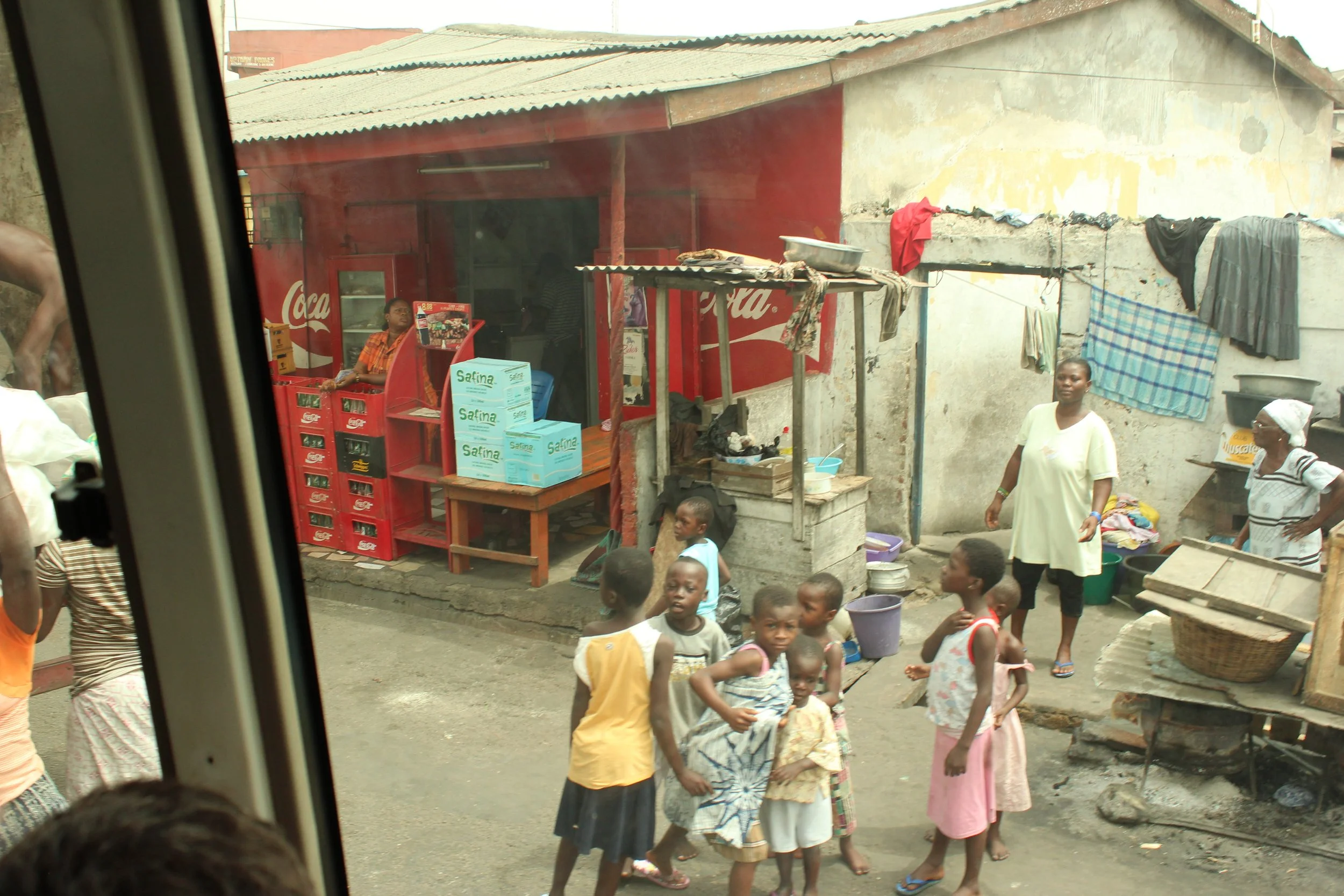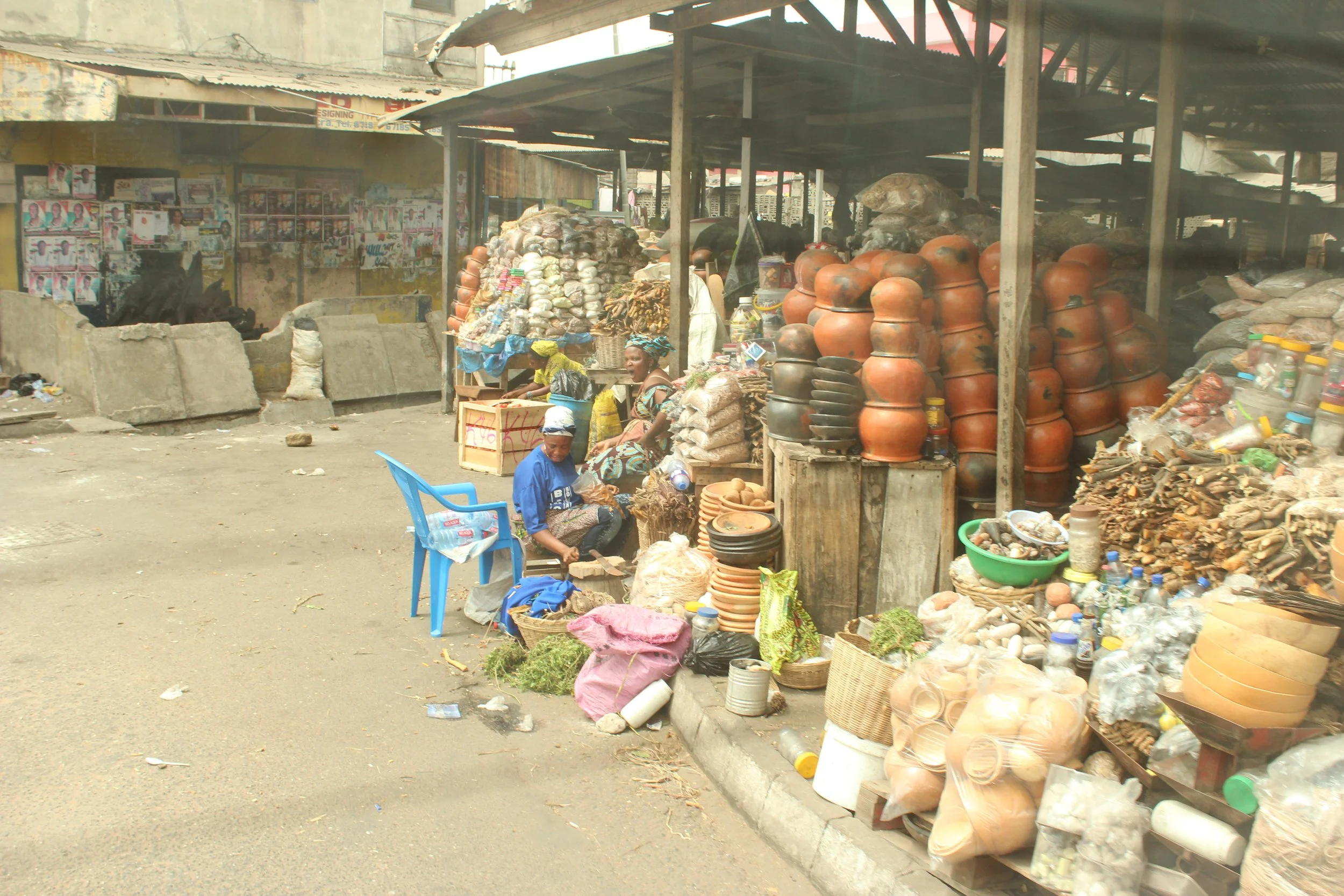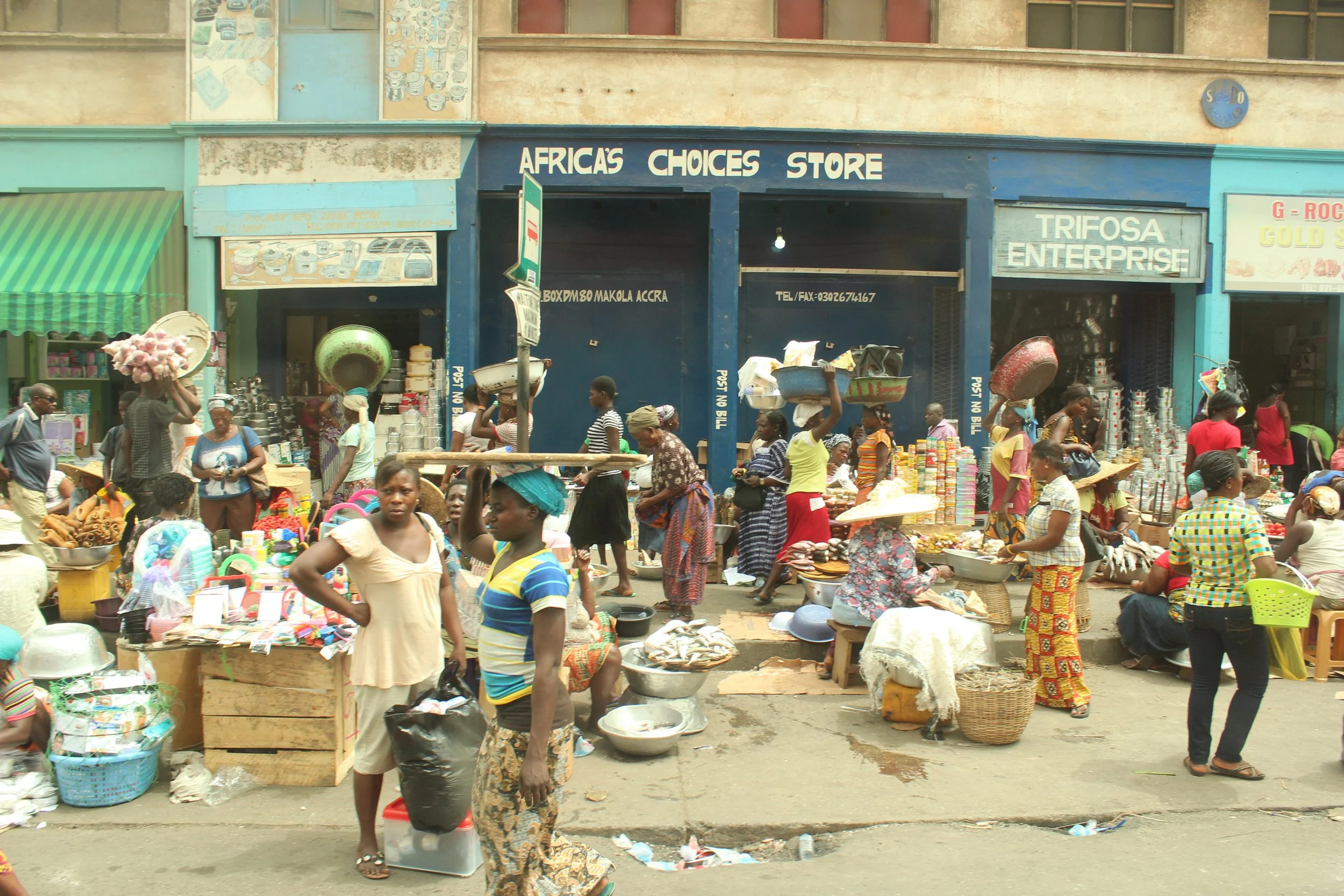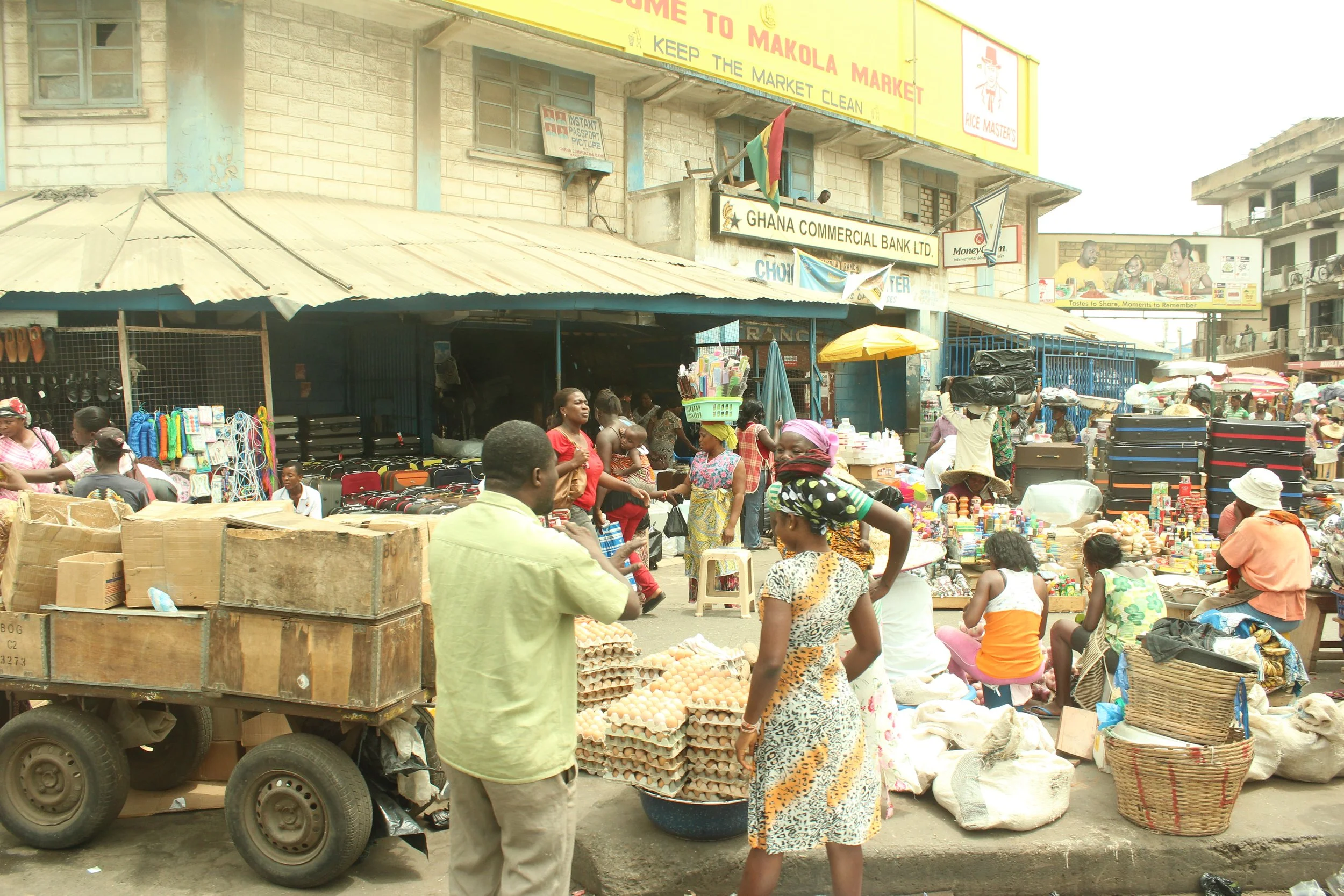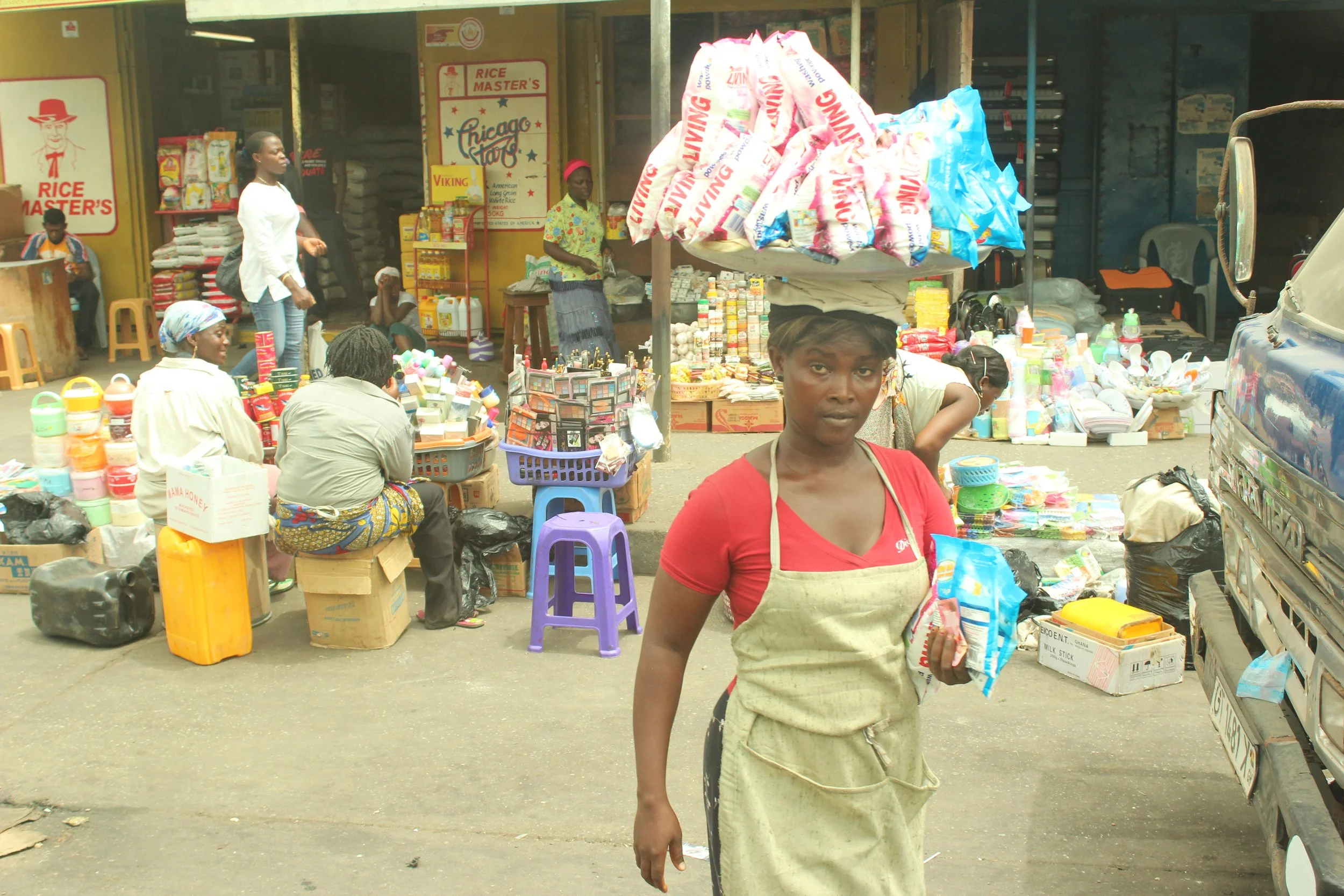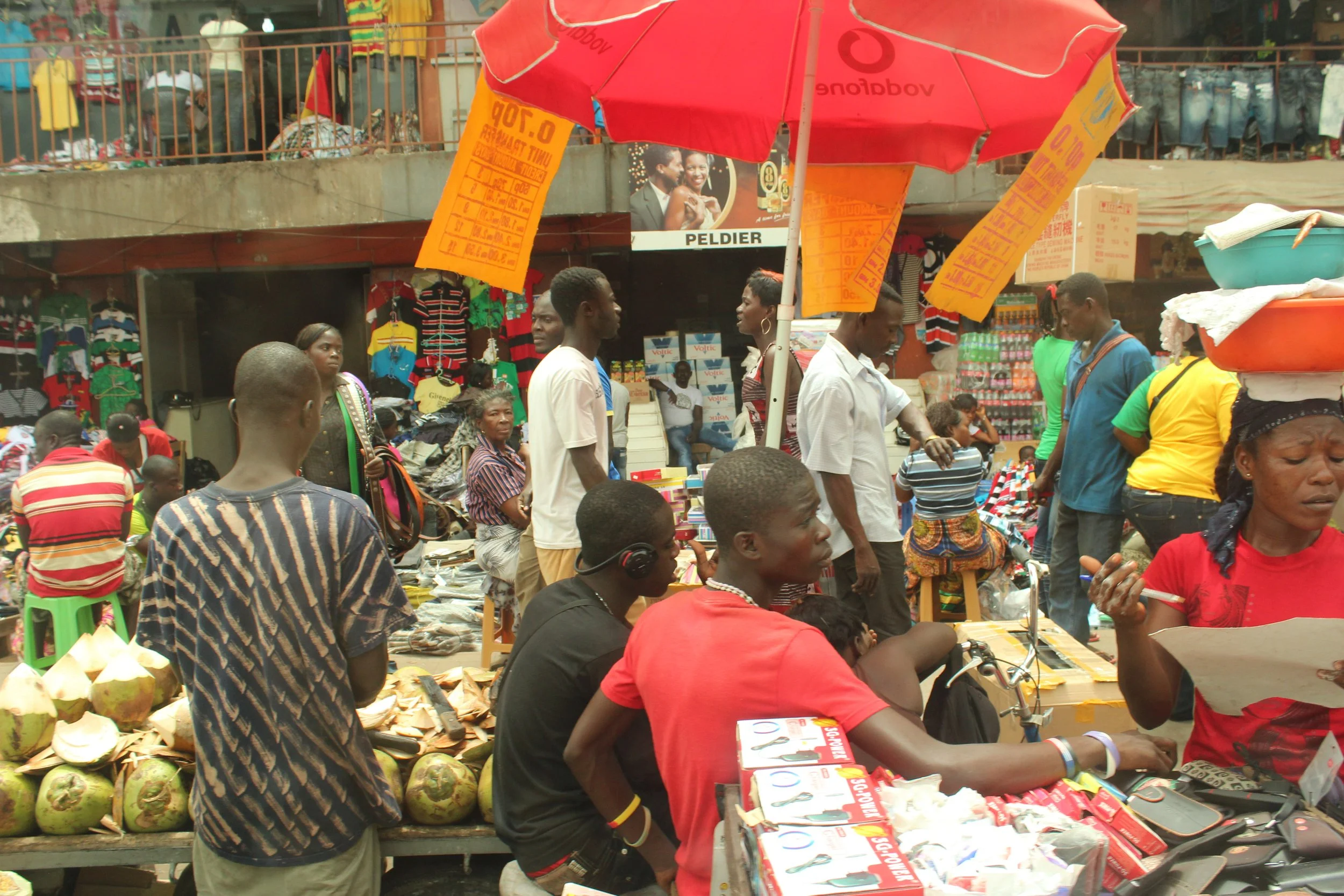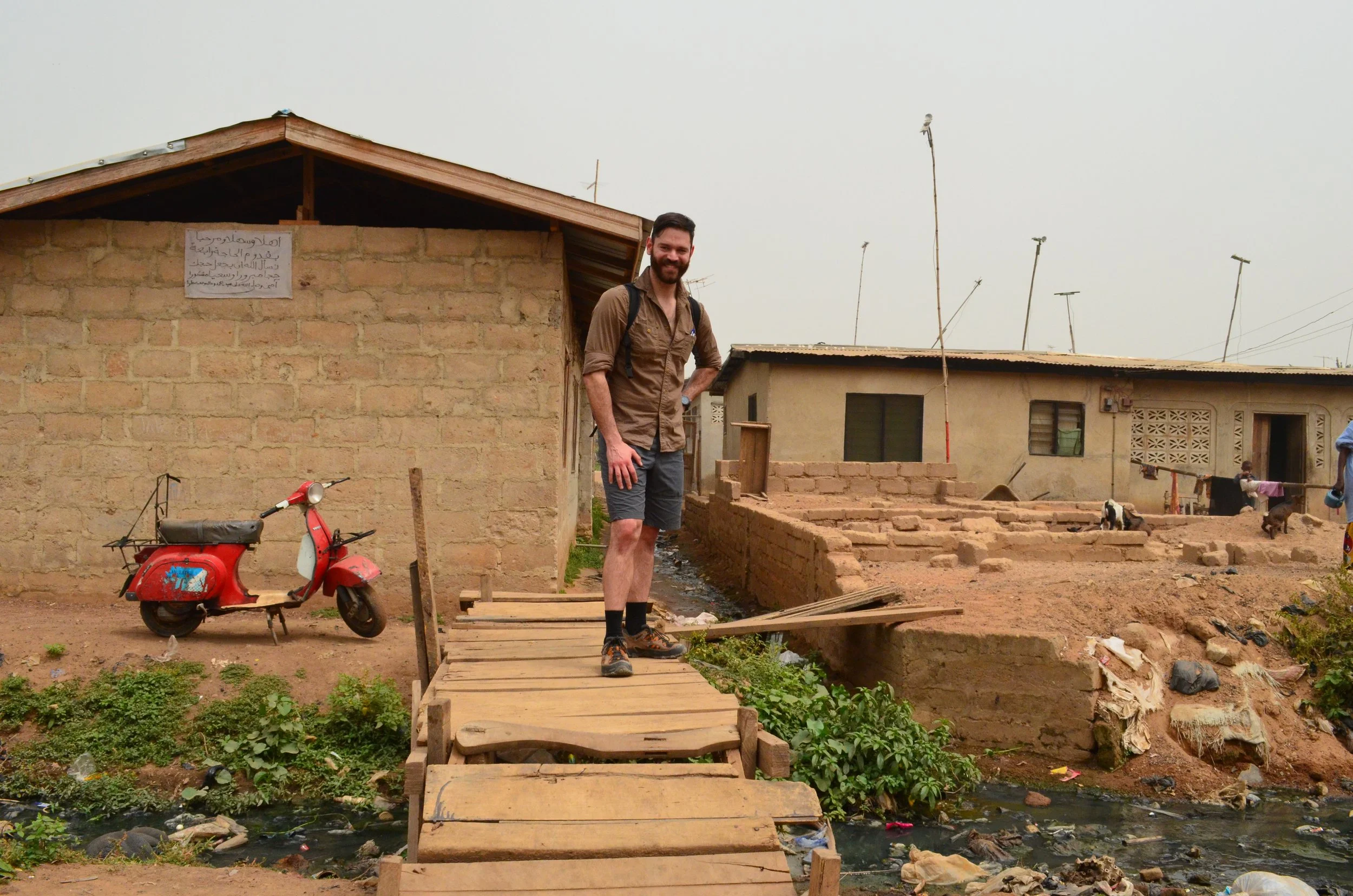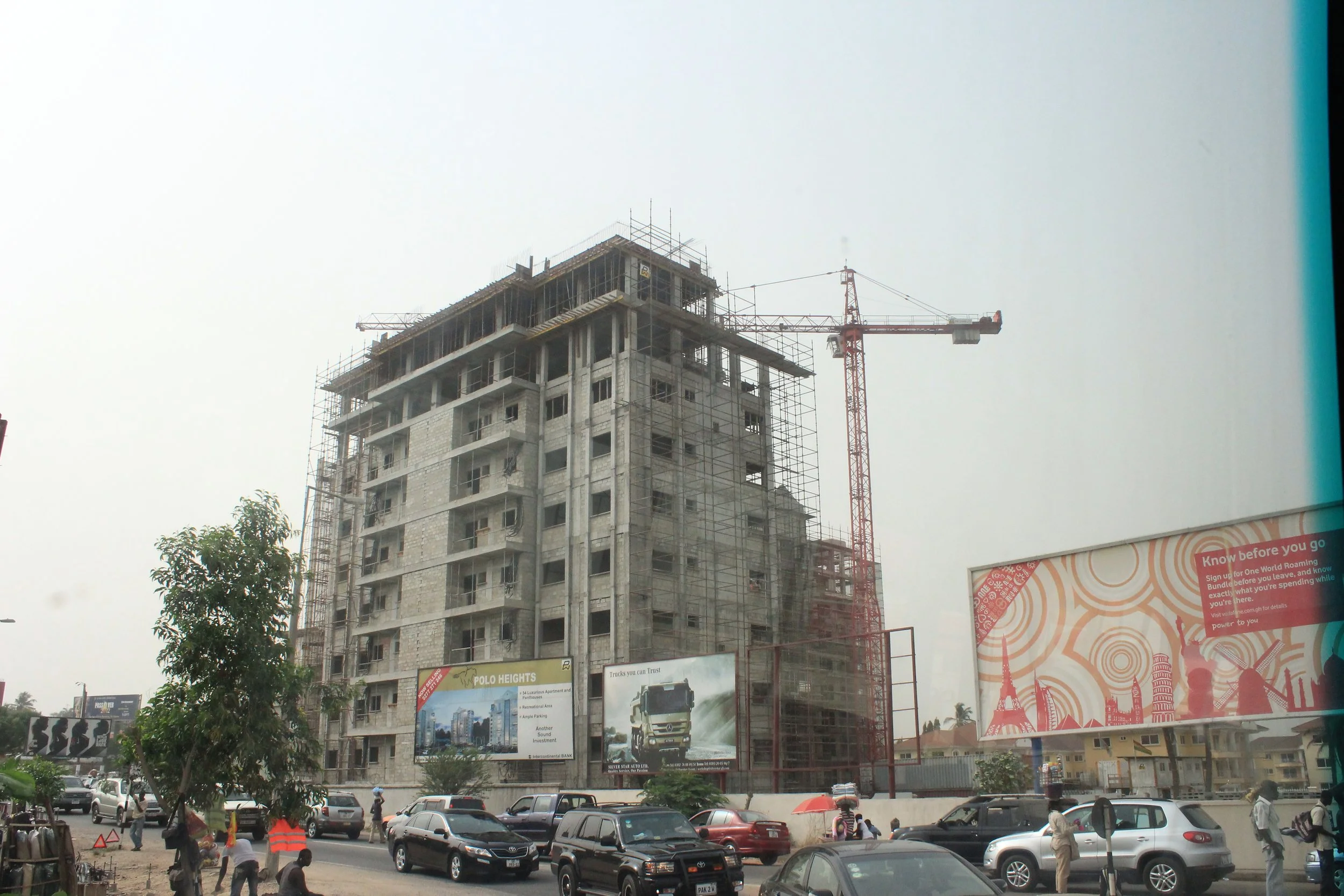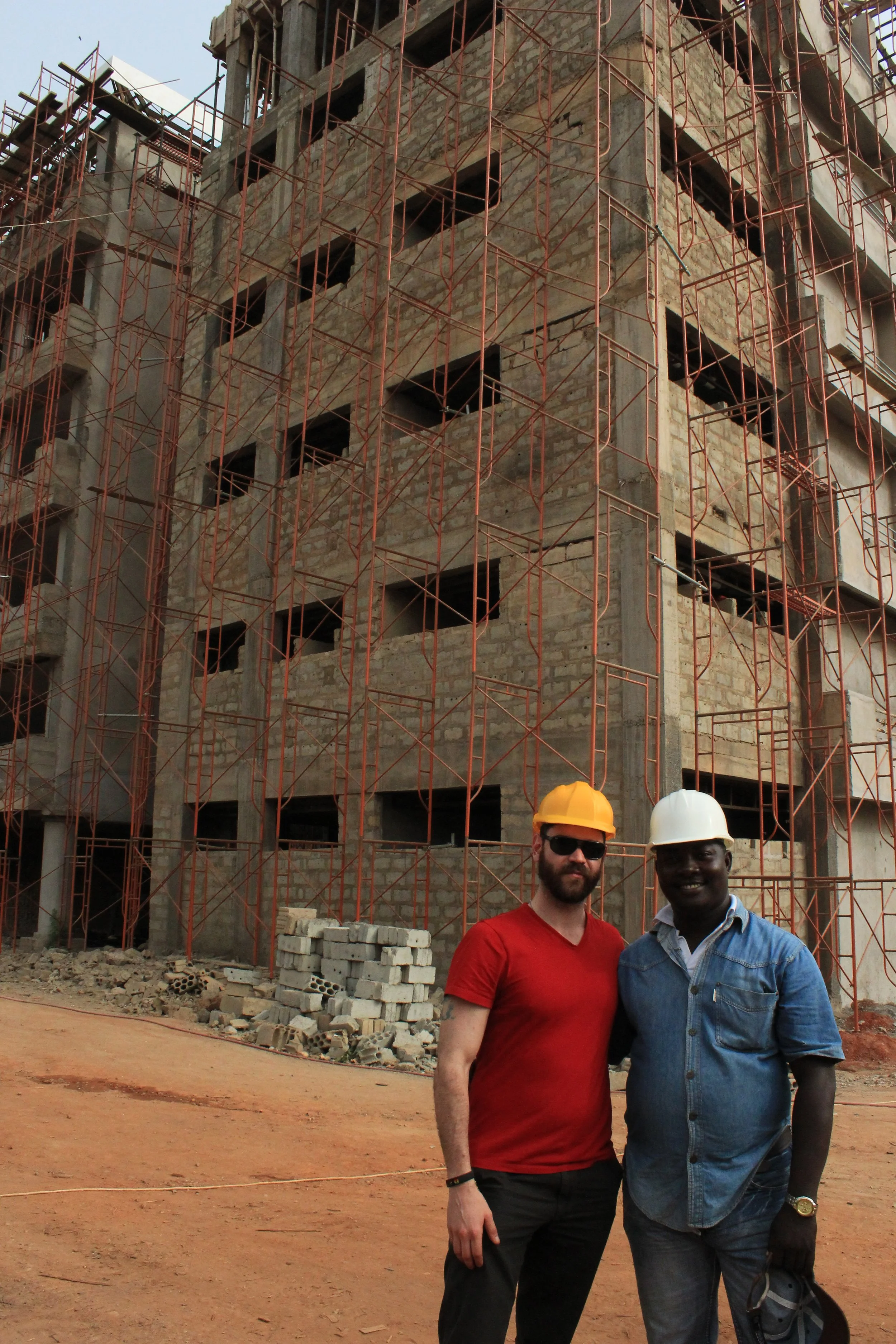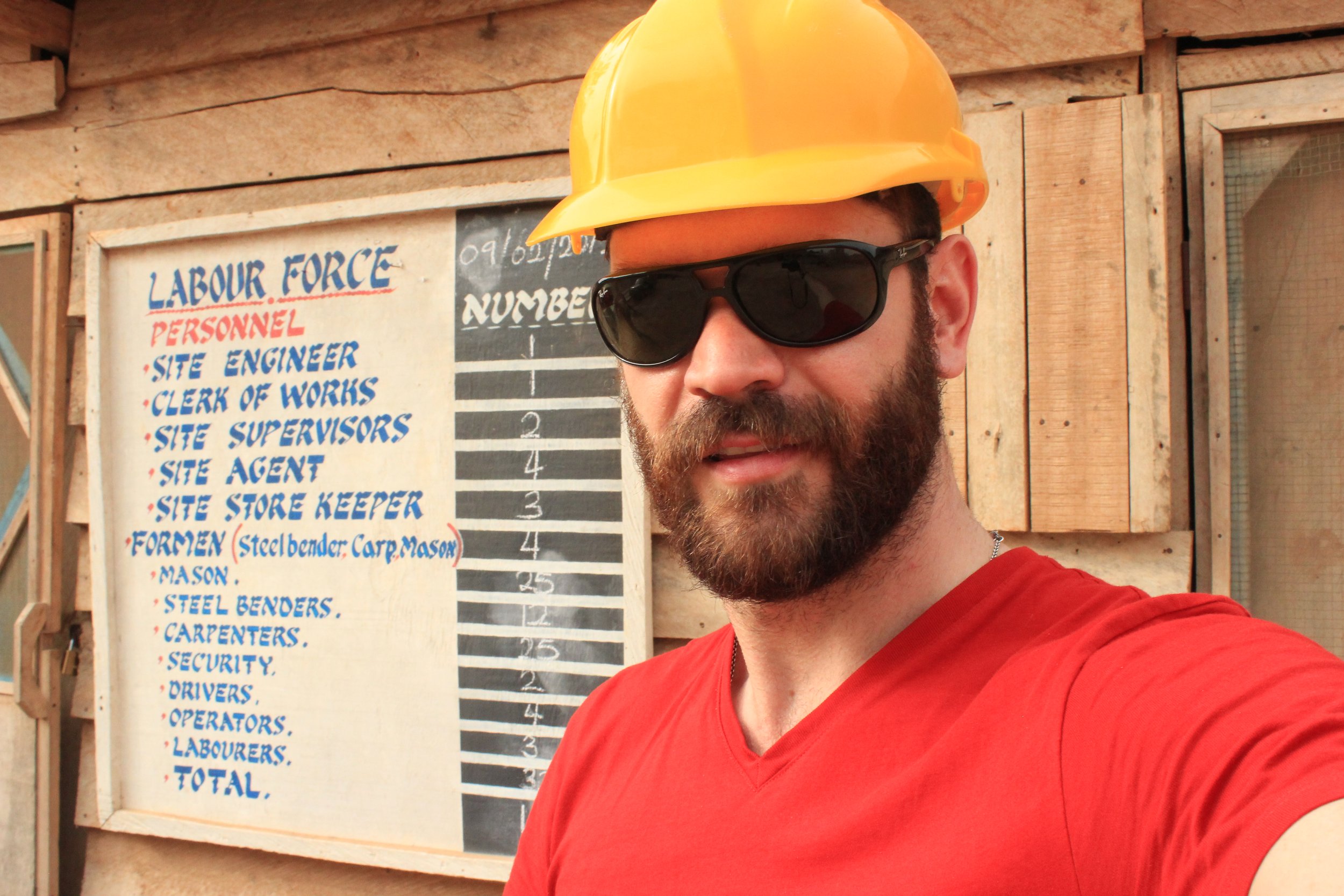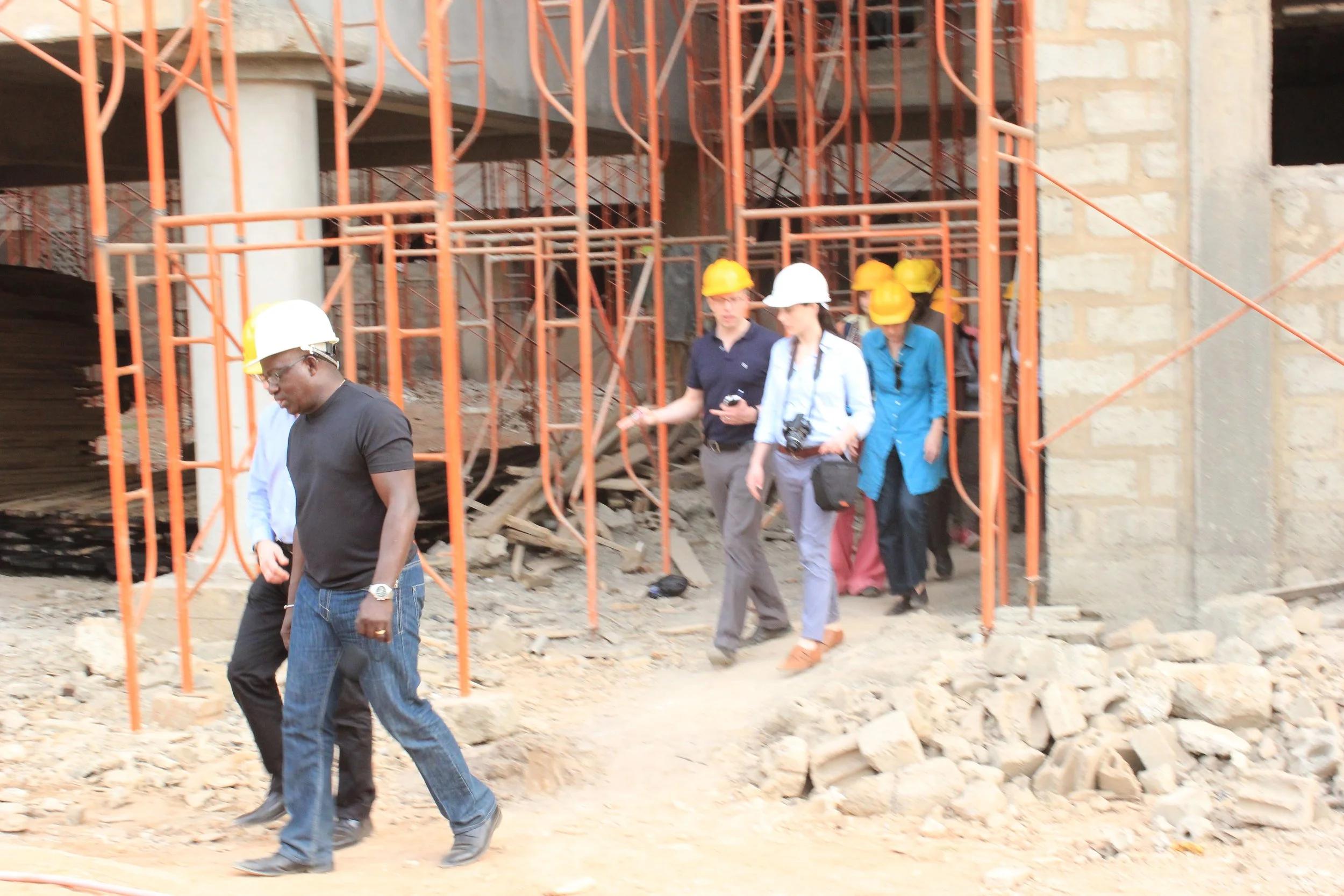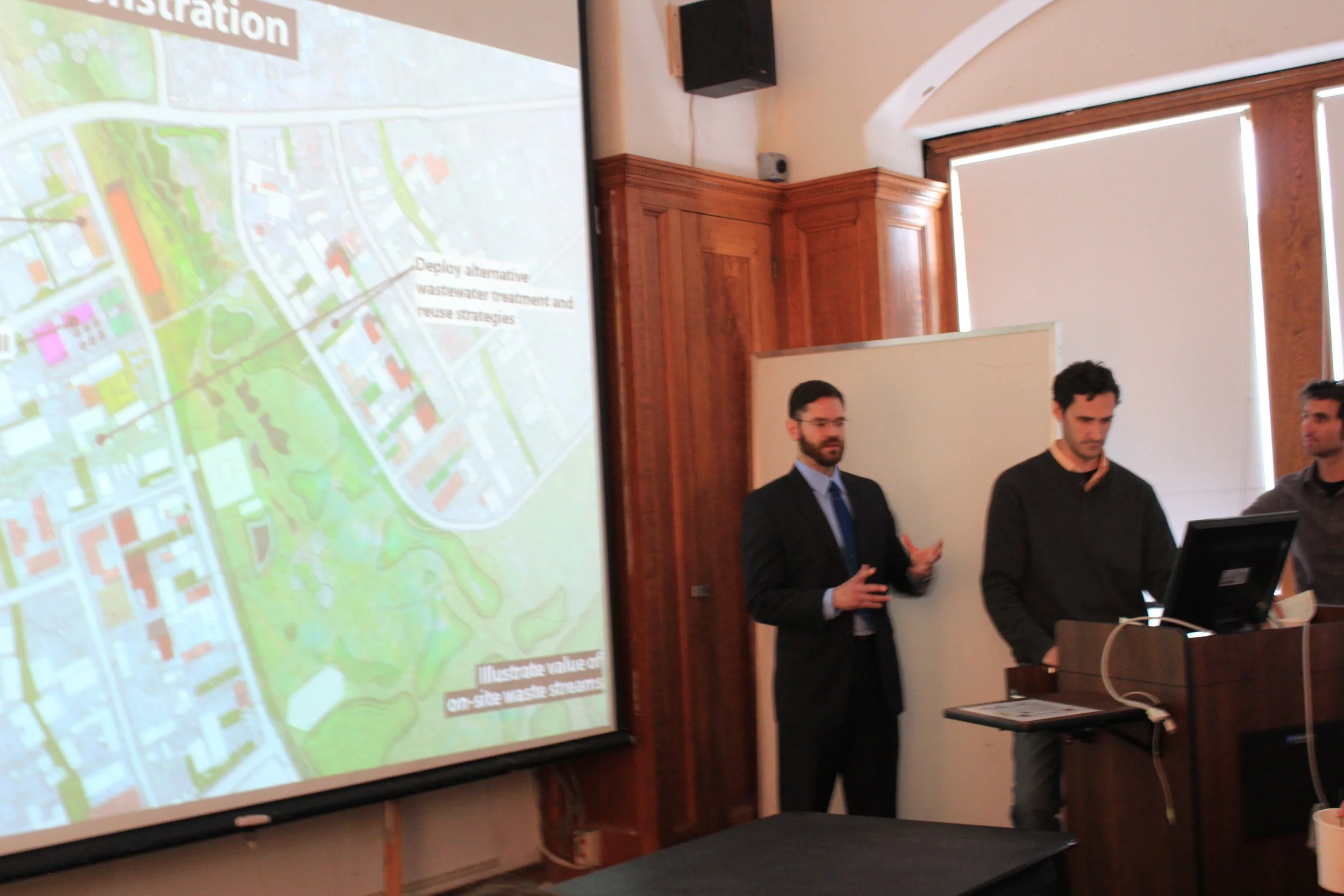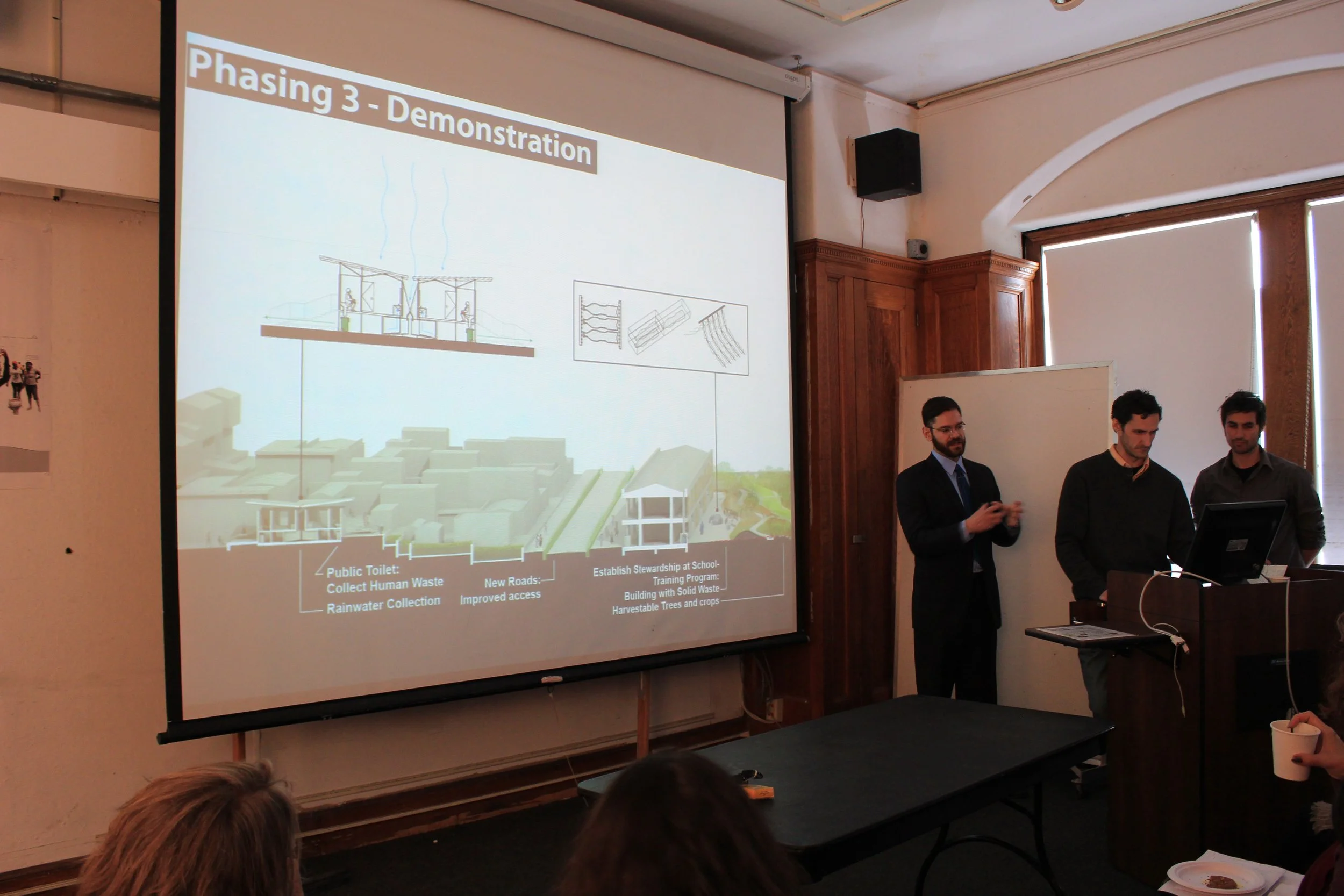Bridging the Past and Future: A Sustainable Urban Odyssey from Kumasi to Accra
/Reflecting on my transformative experience with the Urban Design Program at Columbia University, specifically the project in Kumasi, Ghana, it’s inspiring to revisit the impact through a retrospective lens. This journey was not only a pivotal point in my professional development but also a deeply personal commitment to sustainable urban design. The project, encapsulated in "A Sustainable Strategy to Deal with Urban Poverty" by Renée Cho and featured in the News from the Columbia Climate School on May 3, 2013, serves as a testament to our efforts to address the complexities of urban poverty through resilient and sustainable solutions.
In 2012, our engagement with Kumasi's urban challenges, from inadequate sanitation to unplanned growth, underscored the critical role of urban design in fostering equitable and sustainable urban environments. Our project, "Recycling Human Waste for a Healthier Environment," emerged from a commitment to not only address these challenges but also empower the local community. The initial inspiration was drawn from the stark realities faced by the children of Kumasi, pushing us toward developing solutions that were both sustainable and inclusive.
The blog published by Renée Cho eloquently captures the essence of our project and the broader aspirations of the Urban Design Program. It highlights our innovative approach to waste management and sanitation, which not only sought to alleviate health risks but also to spark economic development within the community. This project exemplifies the potential of urban design to create meaningful change, leveraging technical innovation, community empowerment, and sustainable practices.
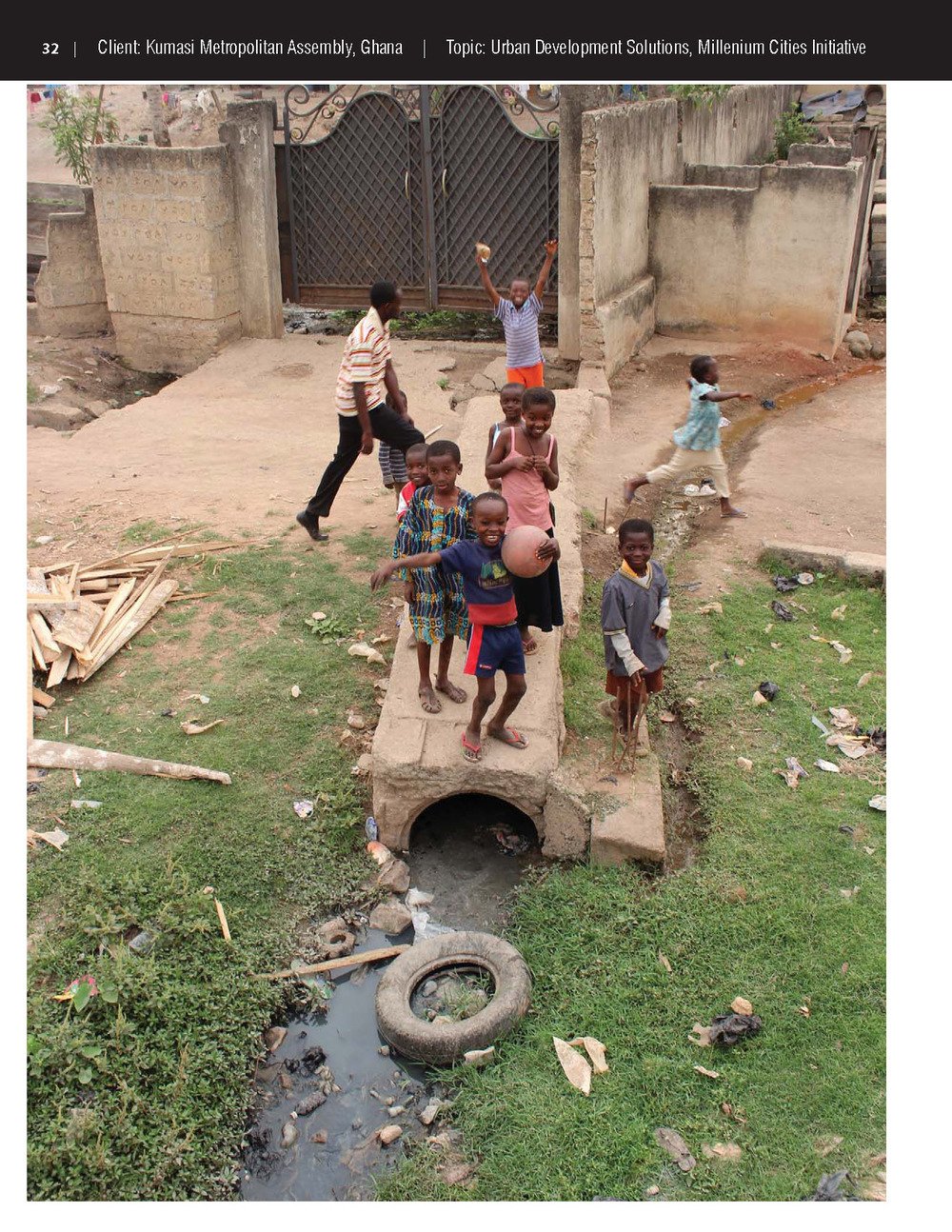

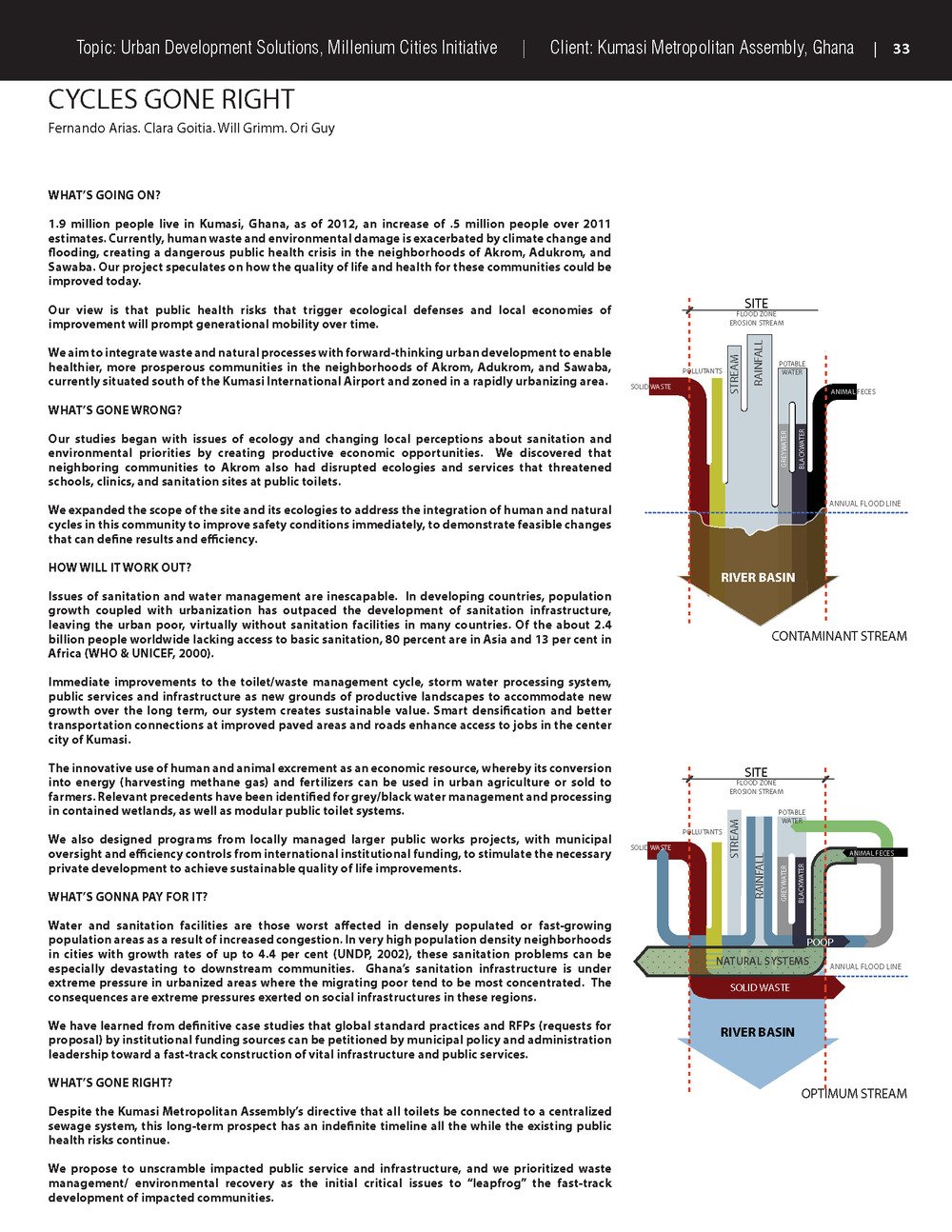
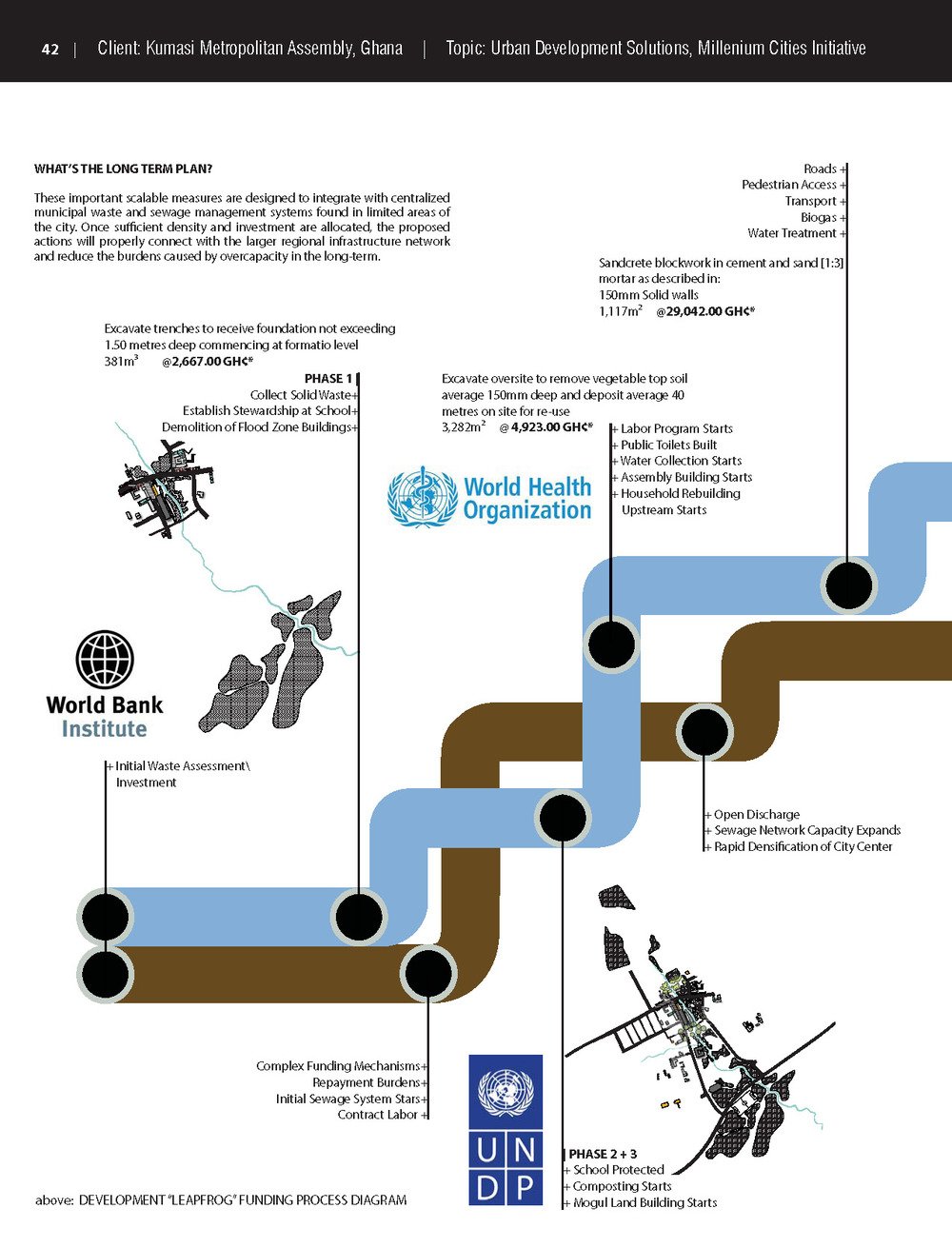
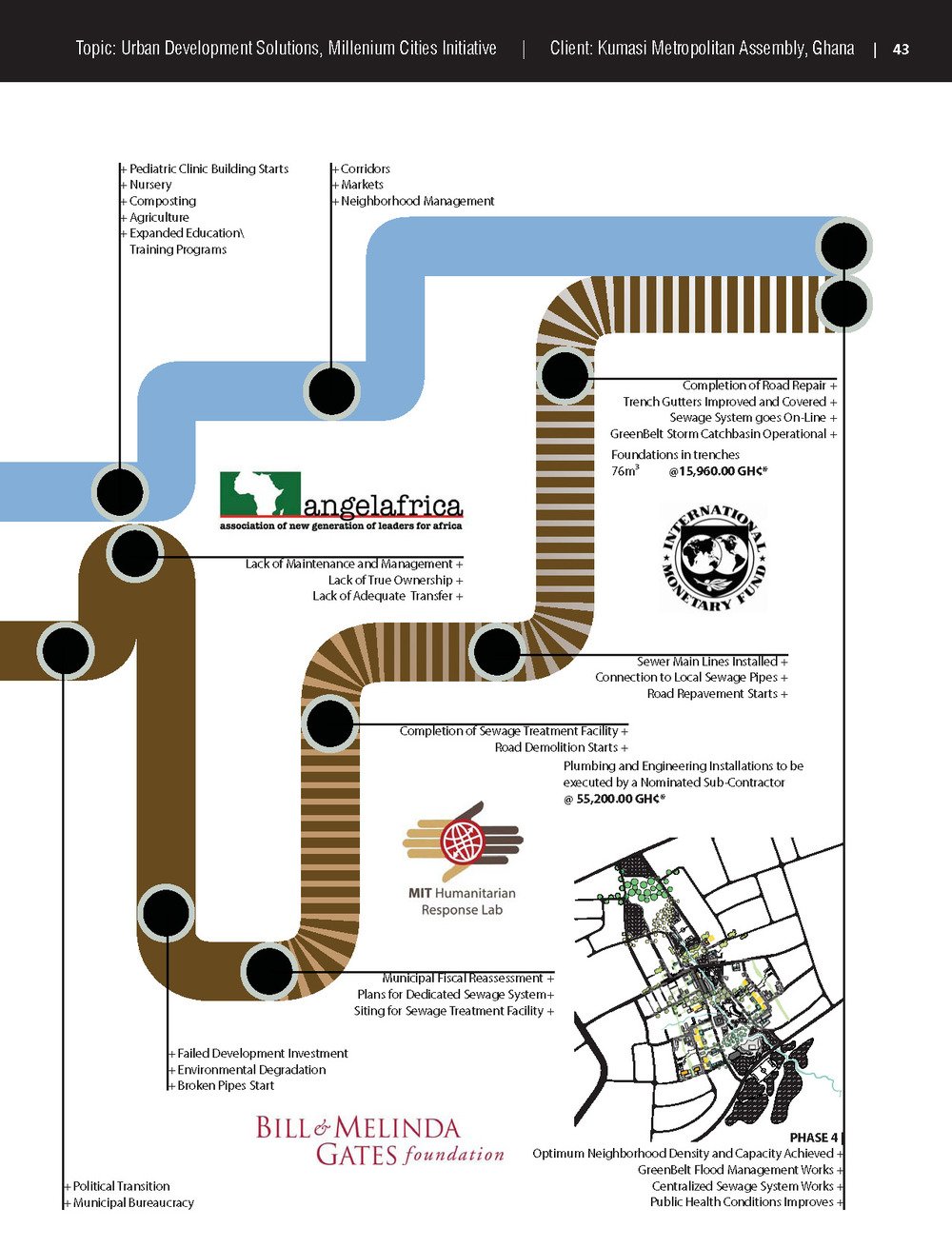
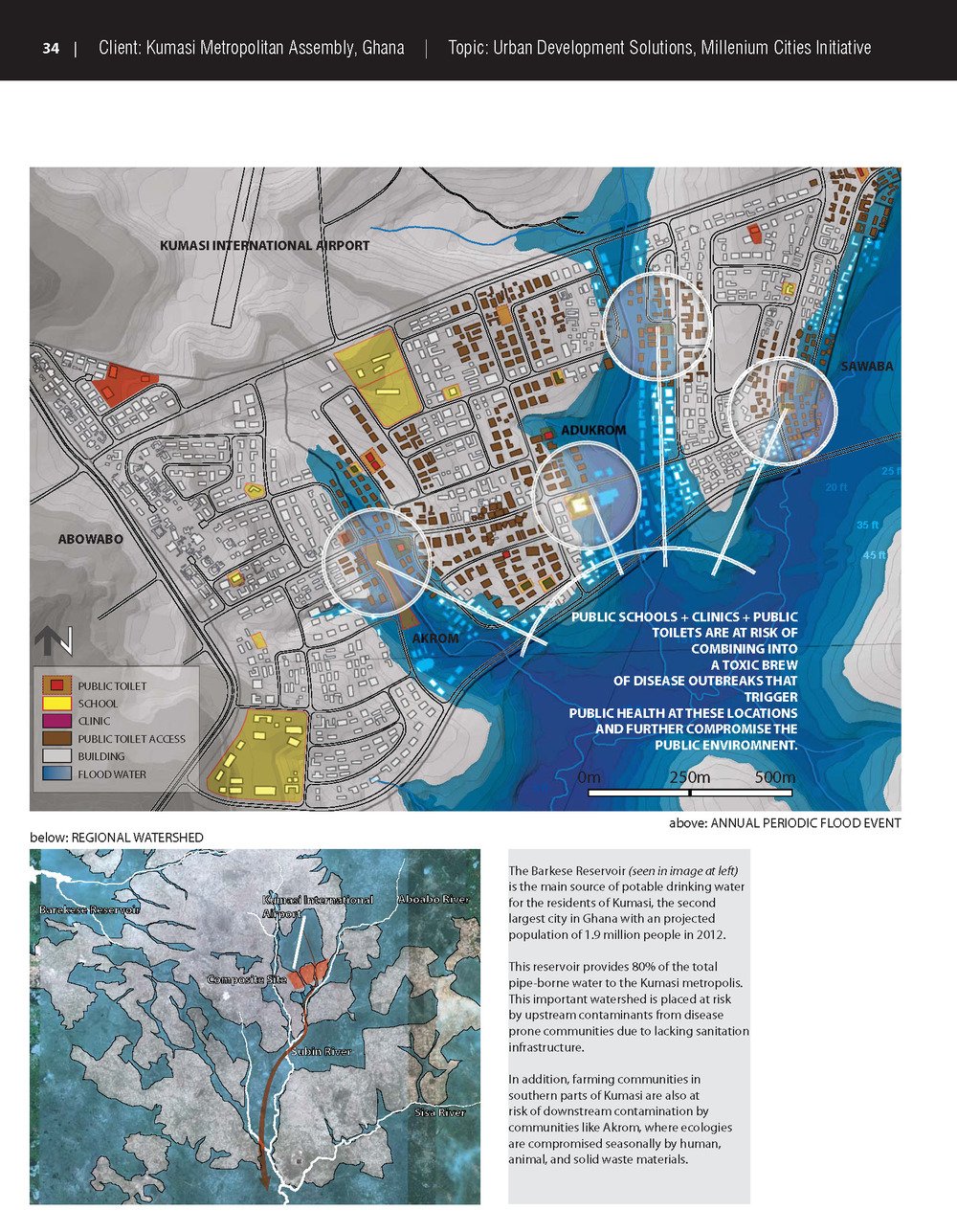
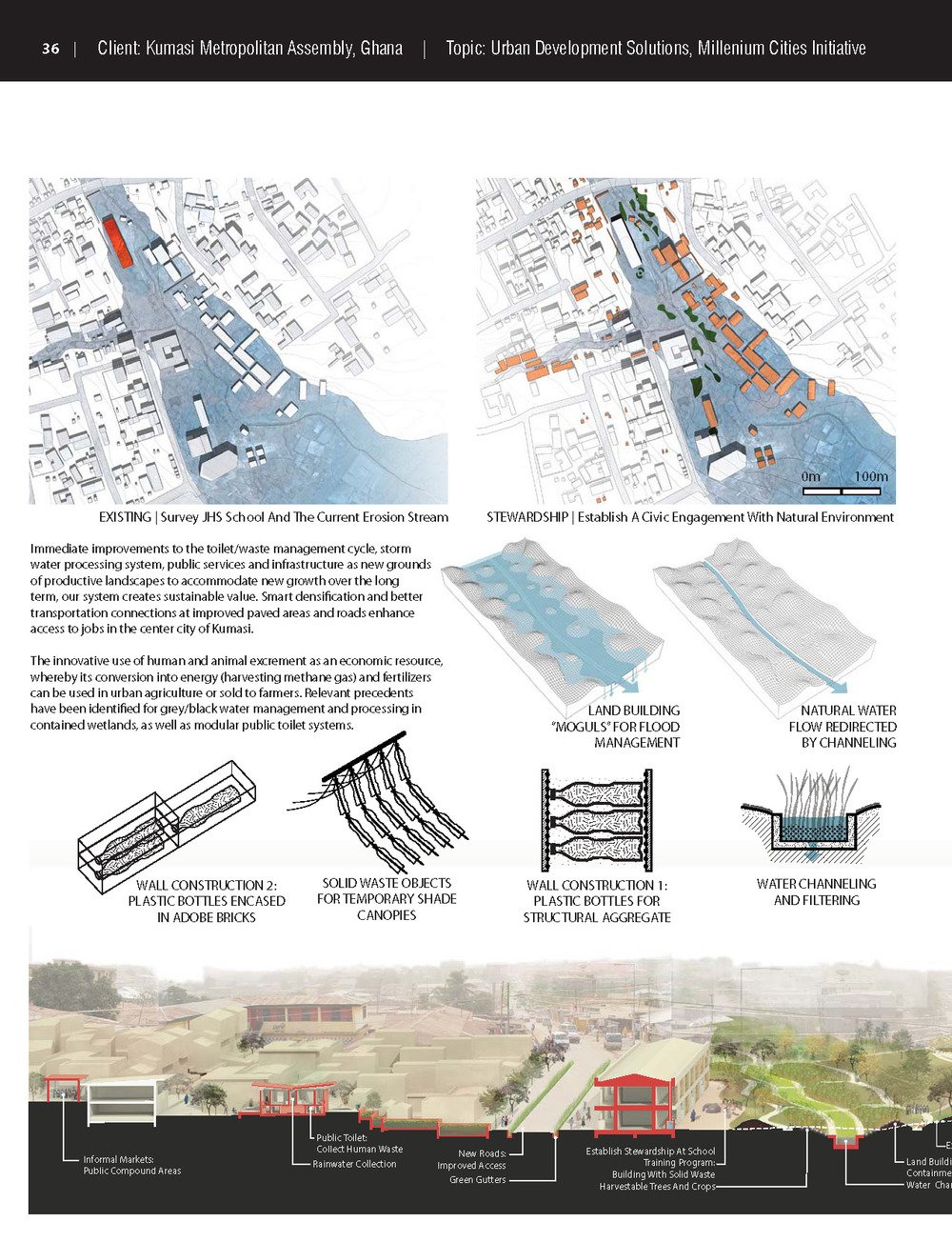
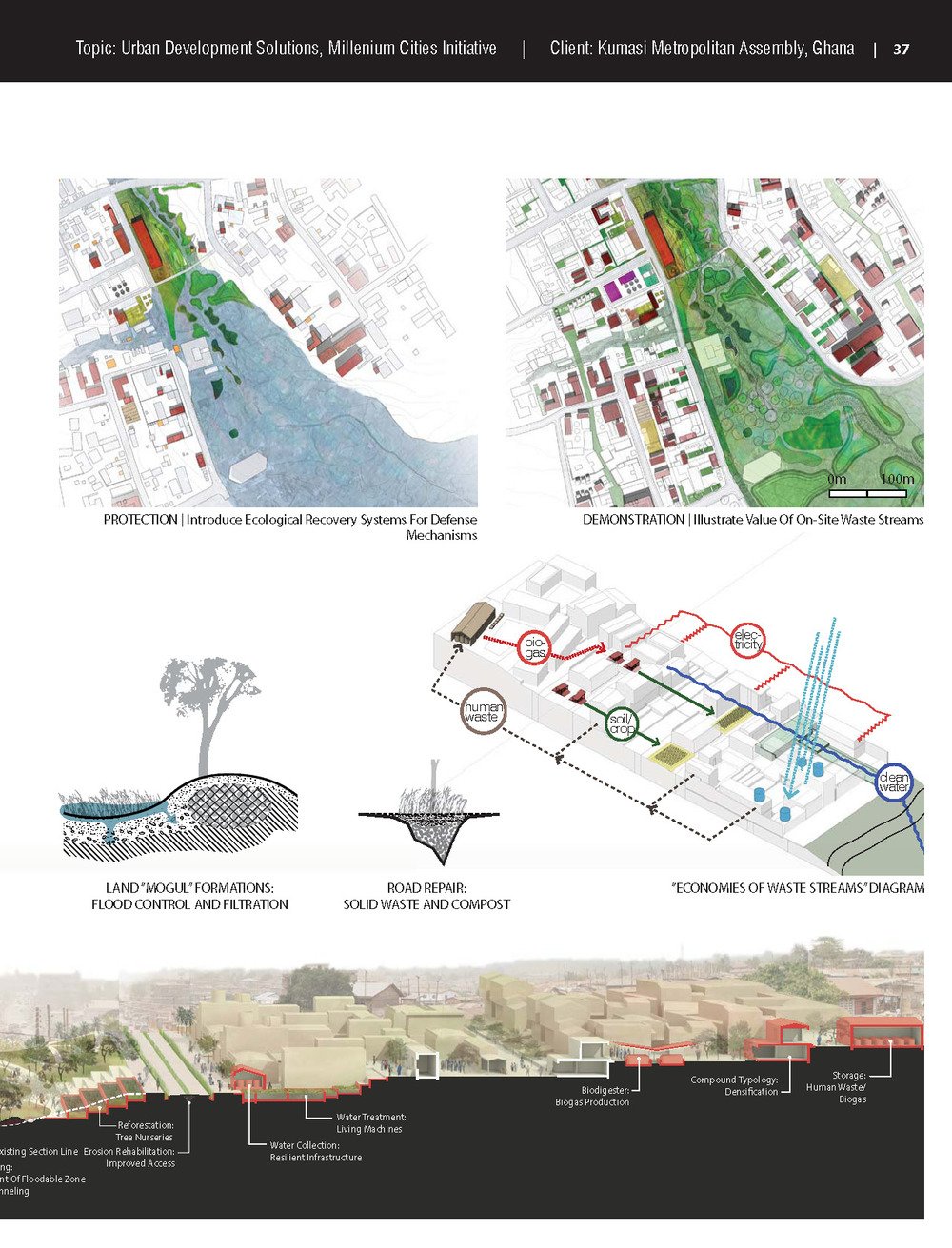
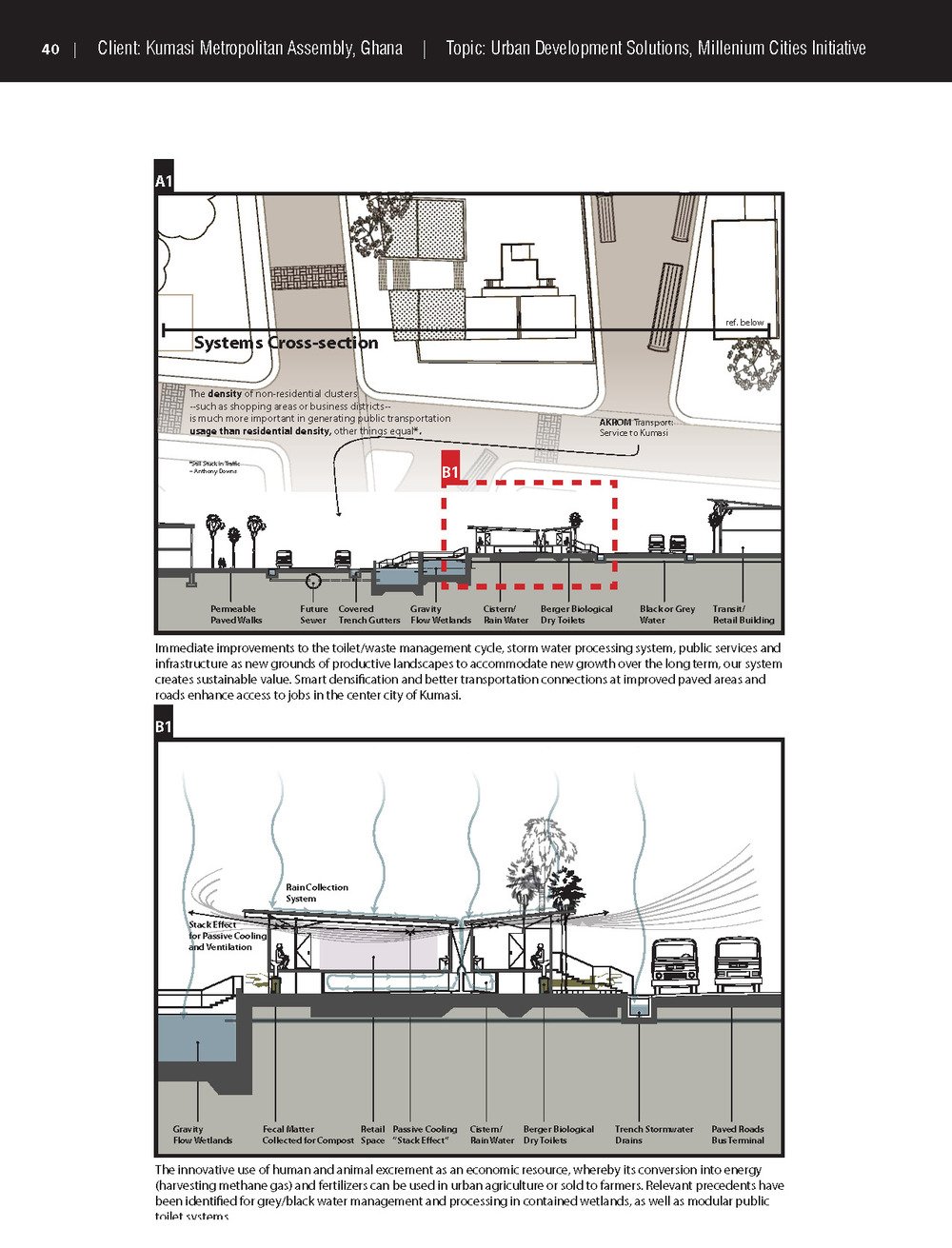
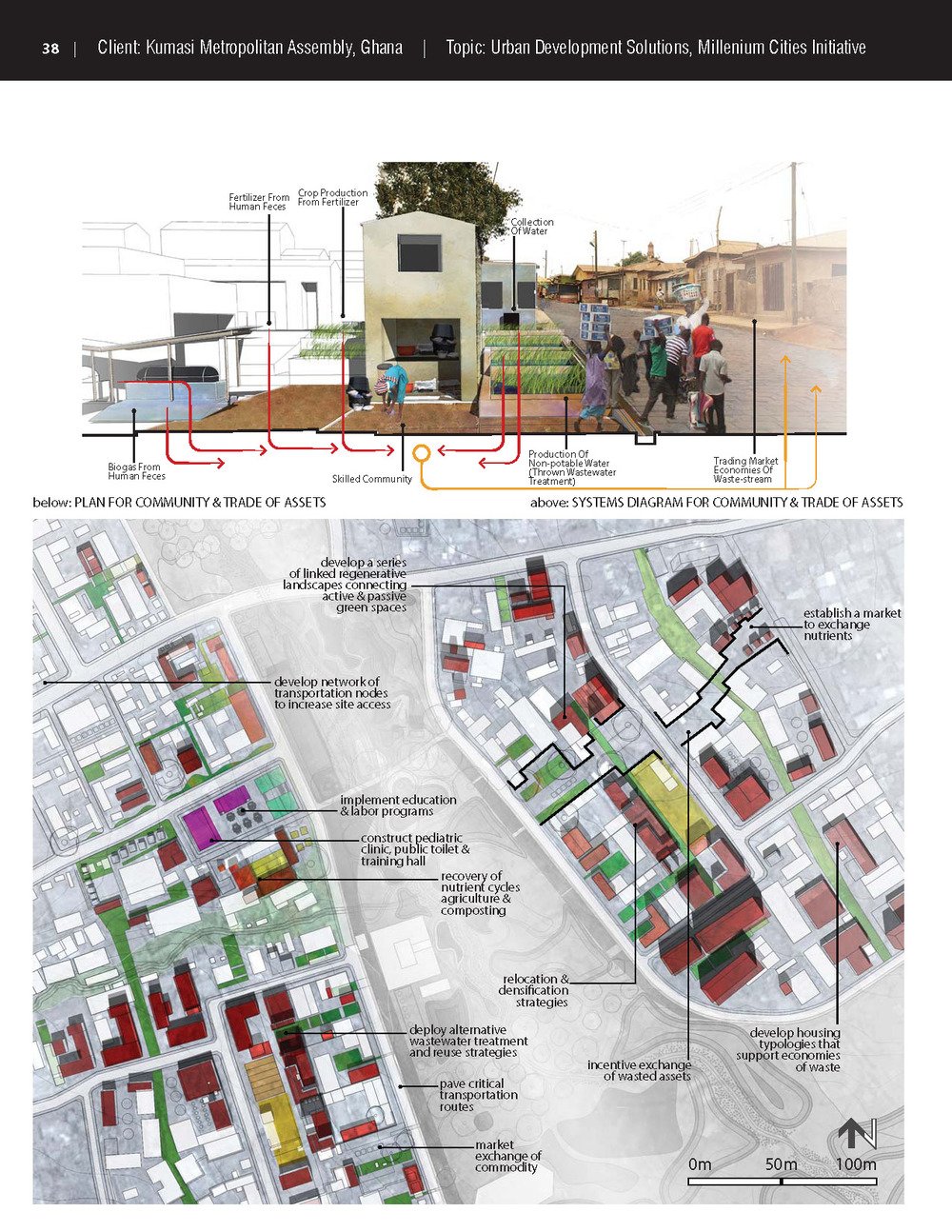
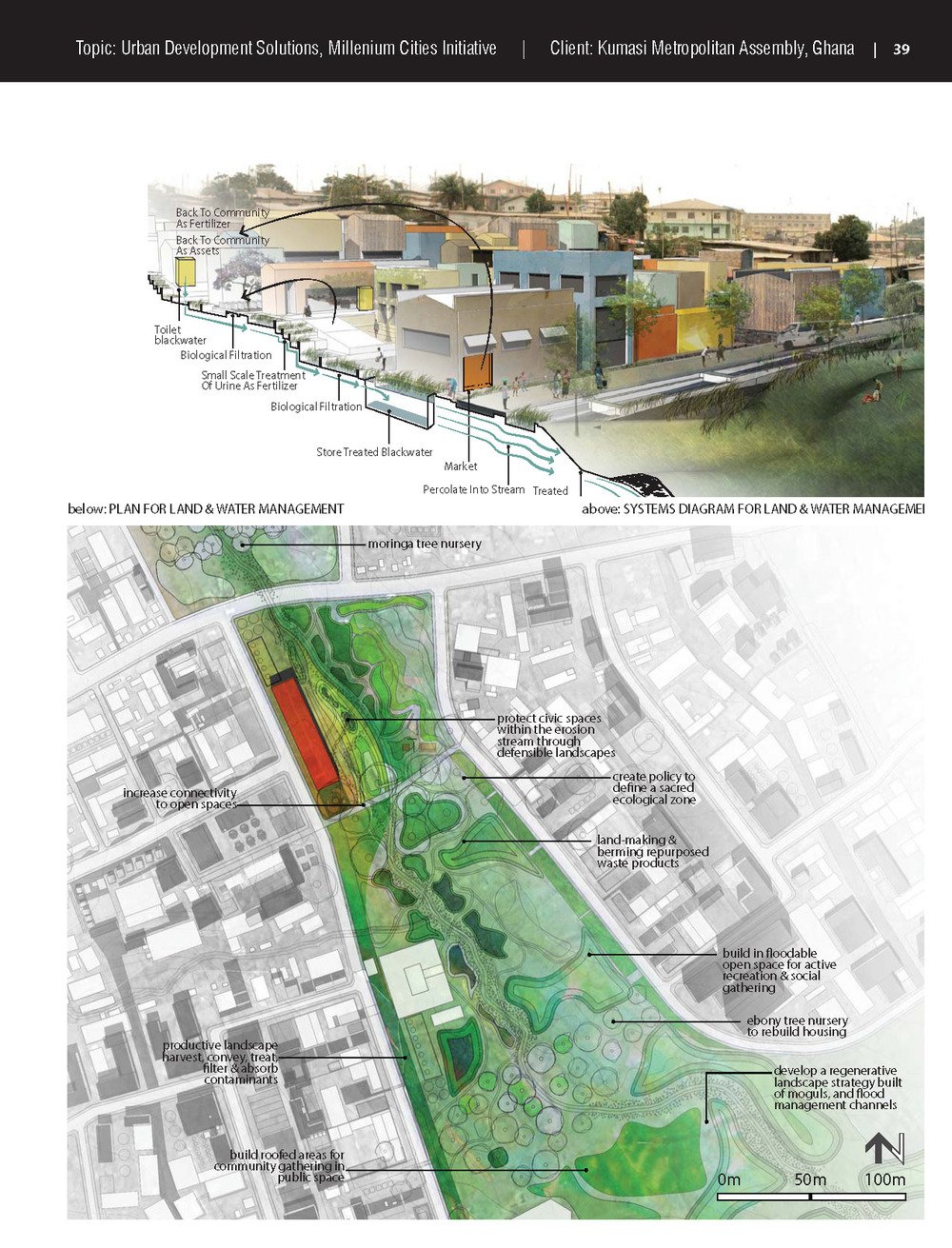
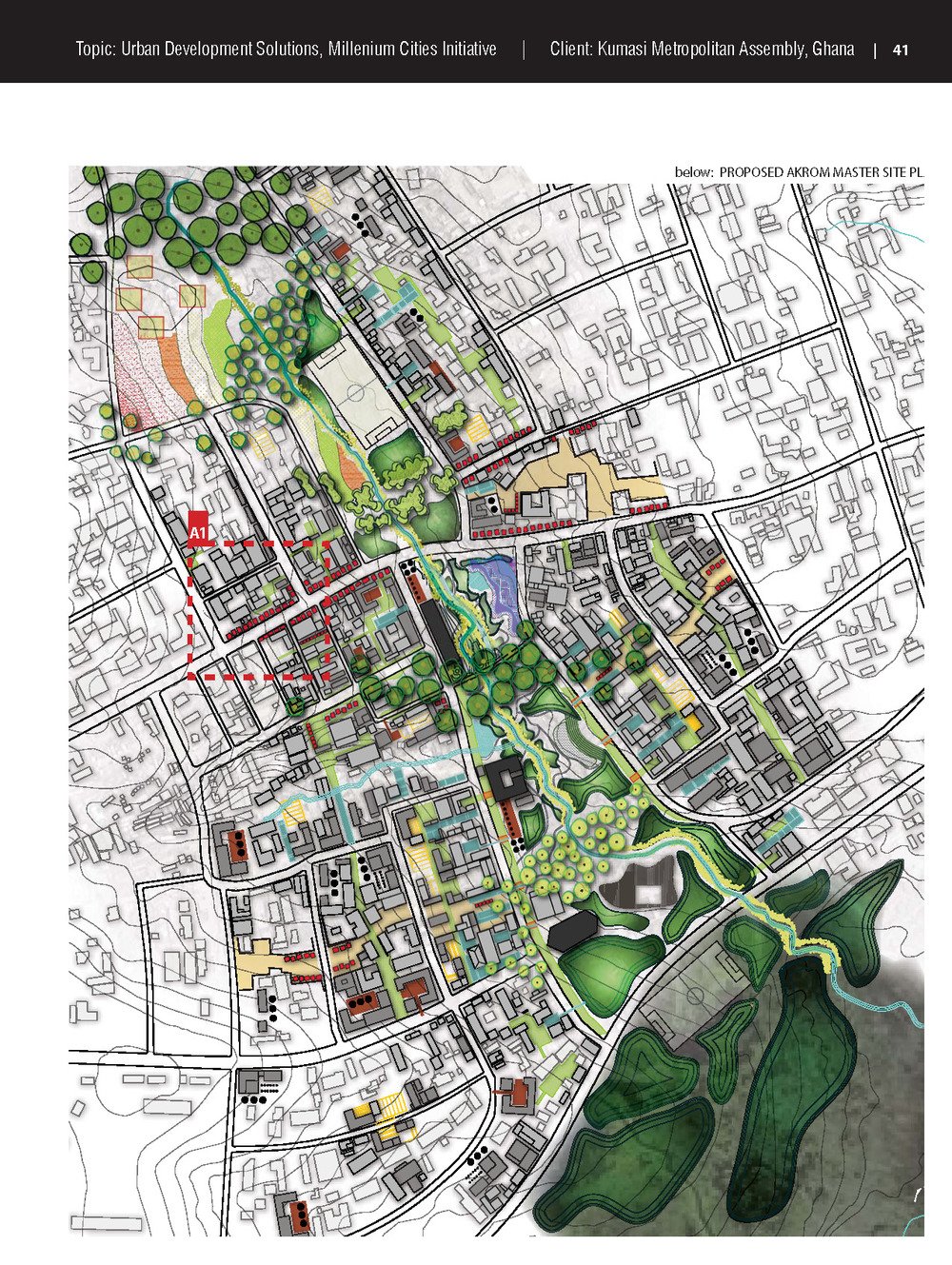
Looking ahead, the insights gained from the Kumasi project and its coverage in the News from the Columbia Climate School have profoundly shaped my approach to sustainable development. I’ve since learned that in Kumasi, significant strides have been made towards sustainable urban mobility. A comprehensive plan has been approved to enhance public transport and integrate non-motorized transport options like cycling lanes and sidewalks. This initiative is part of efforts to address increasing congestion and promote a sustainable transport system as the city anticipates strong population growth by 2030.
Moreover, the scale of impact extends to Accra, where there's an optimistic outlook for renewable energy production and decarbonization efforts despite its challenges. Ghana aims to generate 10% of its electricity from renewable sources by 2030, focusing on wind, solar, and small hydropower projects. Accra's initiatives, including the 225 MW Akplabnya wind farm and a push for electric vehicle adoption, underscore Ghana's commitment to reducing fossil fuel reliance and embracing cleaner energy alternatives. Decarbonization efforts are also underway, with a push for energy efficiency and electric vehicle adoption, signaling a commitment to reducing reliance on fossil fuels and promoting cleaner alternatives for power generation. Sustainable Energy for All (SEforAll) details Ghana's $550 billion plan for achieving net-zero emissions by 2060. It highlights key strategies like electrification, clean cooking technologies, and electric vehicles as crucial for decarbonization. These developments highlight Ghana's proactive approach to addressing climate change and urbanization challenges, fostering hopes for partnerships with sister cities like Kumasi for collective environmental and sustainable development outcomes.
With a renewed focus on the nexus of climate disasters, resilience, human health, and decarbonization, I am more committed than ever to advancing urban design solutions that are practical, scalable, and grounded in community needs. This journey from retrospective reflection to future aspirations underscores the evolving nature of sustainable urban design and my ongoing dedication to contributing to resilient, healthy, and sustainable urban futures.
###


